HONEYMOON OVER MOROCCO PT. 1
PROLOGUE
Alison & I got married at City Hall NYC in May of 2016, but the honeymoon was deferred until almost a year later. Finally, in the Spring of 2017, it all came together. We took the entire month of May off. Nineteen days in Morocco. Five days back in NY to throw a huge loft party / wedding ceremony with all of our friends. And a week in Vancouver for both of our families to finally meet each other. Piece of cake, right?
HOMEWORK
In preparation for this trip I ordered a copy of Gavin Maxwell’s “Lords of the High Atlas“, initially banned in Morocco when it was first published in 1962. It’s a fascinating account of the rise and fall of The Glaoui – the last dynasty of feudal mountain warlords that ruled over the vast tribal hinterlands of southern Morocco. It’s a real life Game of Thrones – full of battles, sieges, assassinations, and all manner of political chicanery. I’ll post some highlights as this insanely long blog post unfolds.
MARRAKECH
We arrived at our Riad in Marrakech late last Saturday afternoon. Moroccan B&Bs are restored old houses of the city’s wealthy, hidden behind very unassuming facades in the labyrinth of alleyways that make up the medina. You step from the insanity of the markets, through a practically unmarked doorway, and suddenly you’re in a beautifully peaceful courtyard of stucco and ornate mosaic. A tray of mint tea appears and all is right with the world.
After getting settled, we headed to Kamal Laftimi‘s remarkable Le Jardin restaurant, a mere two minute walk from our riad. A very unassuming doorway opened up into a narrow hall of tiny mirrors, which led to a gorgeous courtyard garden of green tile overgrown with lush vegetation.
This was the first of many many chicken/pigeon pastillas, beef keftas (pictured), and chicken tanginess – the staple of our diet for the next 3 weeks. Pretty much every menu in Morocco is identical, whether lunch or dinner. Not that I’m complaining. It was all delicious.
A very fabulous fashion designer with a handlebar mustache, Amine Bendriouich, had several very fabulous boutiques attached to the courtyard, with fabulous handmade couture jackets he was selling for outrageous prices. He and his friends, a collection of potential Benneton models, hung out and giggled at inside jokes the way fabulous people do. There was even a makeshift barber shop, with fabulous giggling haircuts underway.
Snark aside, we were both mesmerized by his work. Some of his pieces were hanging on racks or fitted on sewing mannequins. Others could be found in beautiful photographs adorning the walls – a collaboration with the famous artist Hassan Hajjaj (often called “The Andy Warhol of Morocco”, I’m told). I desperately wanted to buy one, but the prints were something like $1000 US, which in that country might as well be $10K. He was very friendly, and gracious enough to introduce himself and tell us about his latest projects. By all means, do check out his site HERE.
We started our morning in Marrakech at a local sidewalk bakery, doing what most Moroccans do in the morning: eat pancakes that are methodically fried up by plump, elderly ladies in hijabs and white aprons.
The Berbers have been the inhabitants of much of Northern Africa, from Morocco across to Yemen, since at least the 10th century BC. There are 3 distinct dialects spoken here, with only a smattering of words shared between them. They have their own alphabet, that looks a little like a cross between Greek and Ethiopian. Text is written left to right.
The Berbers have long endured 2nd class status to the Arab ruling class. Though Berber blood runs in the families of all but the rarefied few, many claim Arab purity. But that is all slowly starting to erode. The first step was the Berber dialects finally being acknowledged as official languages of Morocco and taught in schools, only 10 years ago. So, really only 2nd class citizens for the better half of 2 thousand years, give or take. As I keep learning, change is very slow to come to Morocco.
All Moroccans seem to speak, at the very least, Arabic, French, and their local Berber dialect. Many can also converse freely in English, Spanish, and Italian. We’ve been getting by with English, our elementary school French, and some simple phrases in Tashikit Berber and Arabic.
Talk about sacred geometry. This is a ceiling detail at the Bahia Palace in Marrakech. Moroccan mosaics are the real deal, and they are absolutely mind blowing. Since Islam forbids depicting any likeness of God or the Prophet, Muslim artisans tasked with adorning mosques and palaces poured their very souls into masterful calligraphy and symmetrical ceramic wizardry. Let the words of the Prophet do the talking, and let the dizzying complexity of the mosaics evoke the abstract wonder of God’s glorious universe. Provoking abstract contemplation through geometric art in 700AD seems pretty enlightened. Not to mention the designs employ prime numbers as well as a form of quasicrystalline mathematics that wouldn’t be discovered in the West for another 1200 years.
Islam came to Morocco in 680 with the Arab invasion from Damascus. It was Muslim Berbers, the Almoravids, who first united the country in the 11th century along with parts of West Africa and southern Spain. To this day, Moroccans practice the same strain of Islam as the Almoravids – the Maliki school, one of the four major Sunni sects.
An exceptionally intricate archway over a gate that leads you out into the gardens at the Bahia Palace. The central inscription seems to be a less than subtle rebuke of basic Christian cosmology.
God is eternal
God was not born
God does not have a son
Speaking of the one true God…
Alison, blending in. She came prepared to go fully covered or let it all hang out. Though many tourists ignore local customs altogether, she felt it was respectful to keep a low profile, not to mention, just throwing on a scarf immediately meant getting less attention from people trying to sell her stuff. Win/Win.
School field trip amongst the ruins of the Marrakech palace of the Saadian Prince Ahmed Al Mansour. He was entitled “The victorious” after defeating the Portuguese crusade at “The Battle of the Three Kings” in 1578. Not only was the Portuguese king slain on the battlefield, but the ransoms paid for their captured nobility bankrupted Portugal and funded the construction of this palace, which was said to be unequaled in its day.
A peak inside the Saadian tombs in Marrakech. There are three types of Arabic calligraphy inscribed in the walls. Moroccan Kufi – thick and elongated. Iraqi Kufi – beautiful and tall, and Ottoman Ruq’ah – the most illustrious and swooshy of all, which seems to take center stage at eye level – at the base of the plaster engravings.
Locals and tourists alike gather every night in Jemaa el-Fnaa square, located inside the medina. A dizzying sprawl of food vendors, snake charmers, magicians, musicians, dancers, games of chance, guys with monkeys, pick pockets, fortune tellers, henna artists, down-low gay hustlers, and storytellers spinning tried and true yarns in Arabic and Berber for an enraptured local crowd.
Many of the merchants build a slanted nest of different figs, nuts and dates, then emerge from a little hole in the middle to do business with the bustling night crowd in the square. I choose to believe it’s the spirit of the quasicrystalline mosaics at work creating such symmetry and harmony in the layout.
Screen detail outside the pop up shop of Belgian textile designer to the stars, Nora Nemiche aka Ayron. Her shop was also attached to Le Jardin, perched up a staircase overlooking the courtyard. Alison got the most beautiful one piece ensemble here. The print on the screen is most certainly an original creation. Check out more of her incredible work HERE
We made it over to Yves Saint Laurent‘s absolutely gorgeous Majorelle Gardens, built over 40 years by the French painter Jacques Majorelle (1886-1962). YSL bought it after his death, and there’s now a very fancy store and an incredible Berber museum attached to the property, as well as a very tasteful memorial to the man himself.
My silver ring game got an upgrade. It’s an imperial coin from 1352 – the Muslim calendar year for 1934. “Empire Cherifien” was the old name for the French Protectorate – a very nice phrase for colonial exploitation. France and other European countries had trade interests in Morocco back to the 15th century, but they finalized their protectorate status in 1912 in a brilliant collusion with the Glaoui chieftain, Madani. In his role as Grand Vizier, he purposely overtaxed all of the villages around Fes to their breaking point. They revolted and laid siege to the Sultan’s palace. Fearing he was about to lose his head, he called in the French military. They rode in to save the day, and didn’t leave Morocco for another 40 years. P.S. you would need a manicure too if you’d been in some of the grimey ass places I’d been the previous 2 weeks.
Below left is the very handsome and throwback-film-noir-ish headshot of King Mohamed VI you see in homes and businesses all over Morocco. The final straw that broke the French Protectorate was their very dumb idea to conspire with the Glaoui to depose his predecessor, the rightful Sultan Mohammed V. He had been growing increasingly sympathetic to the Moroccan resistance, who wanted complete independence. France eventually kidnapped the Sultan and exiled him to Madagascar, naming their own puppet Arafa in his place, and instituting a brutal and murderous police state – the last gasp of any crumbling oppressor. The Moroccan people freaked out and open revolt exploded all over. Numerous assassination attempts were made on Arafa. France eventually had no choice but to return Mohammed V to power and negotiate Morocco’s independence, ratified in 1956. This was also the downfall of the Glaoui clan, who had made their bed with the French. Their palaces were ransacked and they were left completely homeless and penniless. An epic fall from grace that was pretty much how so many Moroccan aristocratic families ended up eventually. If you were born rich, you just hoped it all wouldn’t fall apart in your lifetime.
To the right, some traditional Berber adornment from the museum at The Majorelle Gardens. Probably late 19th century.
The Moroccan carpet experience. Dris began the sell by rattling off his credentials, which included a storied family history going back hundreds of years and more recently, top billing as the first carpet shop listed in just about any Moroccan travel guide in any language. I know this to be true because he pulled tattered and taped copies out for us, pointing to the blurb in question in each guide. Then he leafed through a massive ledger that looked like it was from the 1940s, showing the thousands of places far and wide that they ship to on the daily. Then with a single clap of his hands, the show had begun. Three tiny men older than your grandfather started darting up ladders and throwing down carpet after carpet.
They laid each one out in full, explaining which tribe made it, how unique the materials were, and what each of the embroidered symbols represent. I gotta say, as much as I didn’t want to admit it, they were gorgeous. Still fighting his charms, I tried to drag Alison back outside to escape this web of mind control, but she knew better than to let me talk her out of it. The haggling had begun. And once you start haggling in Morocco, you are essentially committing to buying. It’s just a matter of negotiation. For my part, I think my temper tantrum and numerous efforts to drag us out of there did get him to drop the price several times, so there’s that. But she was right. The carpets were, in fact, incredibly beautiful, and exceptionally cheap.
Catching our breath during a breezy rooftop sunset dinner overlooking the souks. A beautiful exceptional soul sitting across from me, and a moment to be truly thankful.
ESSAOURIA
It’s about a 3 hour drive from Marrakech to Essaouira. The terrain is relatively flat and largely uneventful. Low rolling farmlands. Olive groves and watermelon patches and wheat wheat wheat as far as the eye can see.
We visited a women’s collective/argan oil farm along the way. A line of ladies sat on a tile floor against the wall in their respective piles of loosely fit clothing. Some broke open the nuts with a loud crack, while others turned a large stone milling wheel shaped like a grade school science class volcano.
The argan seeds were sucked down through the center of the volcano and ground into a thick paste that seeped out slowly from underneath and was funneled into a bucket below. The women seemed deep in concentration – but they were probably just tired from a long day of grinding up all those nuts.
We spent two days in the laid back seaside town of Essaouira, known for its “alizee” breeze, its kite surfing, its argan oil, its Gnawa trance music, and as the site of Iago’s fate – suspended in a cage over the roaring sea – in Orson Welles’ 1952 “Othello”.
It’s long been a port city controlled by foreigners, all the way back to the Phoenicians. Carthaginians called it Arambys. Europeans called it Mogador, and many seem to still use that name interchangeably. Built by French military architect Theodore Cornut (seriously), it resembles lots of fortified towns you would find on the Brittany and Normandy coast.
Like any beach town worth its weight in white girl dreadlocks, Essaouira was reeeaally chill. Nobody was in a hurry to do absolutely anything. The sun was out, the sea breeze was blowing, and the best course of action was as little action as possible.
I really wanted to talk to this guy, because obviously he is a real fucking wizard, but I was terrified he would pose some ancient cryptic riddle to me that would be completely unsolvable and drive me to utter madness.
The streets of Essaouira are actually laid out on some semblance of a grid, parallel to the sea. They are also dramatically less crowded than Marrakech and a very nice place to find yourself strolling with your beloved of an evening. We really just wanted to relax by the ocean for a few days and hear some dope ass Gnawa music.
This man’s cat spirit was revealed to us as the sun went down. There are street cats absolutely everywhere in Morocco, but relatively few dogs. The cats are all a bit scrawny, but they seem to be well treated. I’m guessing this is because The Prophet was a cat lover. It’s said Mohammed one day woke up for the call to prayer and found his favorite cat Muezza asleep on the sleeve of his robe. Rather than disturb her, he cut off his sleeve and went on his way. When he returned from the mosque, Muezza bowed in gratitude. Mohammed stroked the cat 3 times, granting her 9 lives.
Sunset over the Atlantic. You go your way. I’ll go mine.
THE HIGH ATLAS MOUNTAINS
After digging into the “Lords of the High Atlas” book, the first impression I was left with was a feeling of slightly uncomfortable surprise at just how accurate Bugs Bunny cartoons were in stereotyping sultans, caids, and khalifas. Many Moroccan rulers mirror the image of an eccentric and often sadistic weirdo, residing In lavish palaces overflowing with obedient harems, garrisons filled with conscripts, treasuries piled with incalculable riches, dungeons lined with political foes hanging in chains, and castle walls adorned with the severed heads of the vanquished. Moulay Ismael, for example, who reigned at the turn of the 18th Century, was known to gallop along the ranks of his own army and chop off heads at random with glee, simply for sport. Such behavior was certainly not unique to this part of the world, mind you. It’s just that some of these cats were still living the life of a feudal warlord in the 1930s, which I do find remarkable.
We drove out of Marrakech in the morning heading southeast into the misty, High Atlas Mountains. The rich farmlands around the city started to fade away as the elevation slowly rose.
In 1893, Sultan Moulay Hassan set out from Fez on a great tax collecting excursion into the wild southern regions, bringing with him a caravan of 10,000 soldiers, concubines, viziers, officials, musicians, cooks, slaves, relatives, and merchants. With no centralized tax collection in place, this was the only way to cash in on being top dog.
This particular sojourn went bad. The southern Sahara brought disease, starvation and death to the Sultan’s money collecting adventures. For expediency, the sick were buried alive enroute, so nearby enemies couldn’t take their heads as trophies. With vultures circling above, they had one chance: abandon the desert route and make it to Marrakech over the Tizi-n-Tichka pass in heavy autumn snows. This brought them to the doorstep of Kasbah Telouet – the mountain stronghold of The Glaoui, one of the 3 Berber clans who held sway over the High Atlas.
The Glaoui chieftain, Madani, rode out to greet the Sultan’s armada. He prostrated himself before the throne, his shoulders pressed down by the royal guard until he could taste the snow. He welcomed the caravan and graciously pleaded. “Lord of all, please tell me how I may serve you”. Madani gathered supplies from every corner of his domain to host the weary caravan for more than 3 weeks. The Sultan was so impressed with his hospitality that Madani was made official Caid of the entire Atlas region. Most importantly, he left a cache of arms and a single 77m Krupp cannon made of bronze. This made Kasbah Telouet the most fortified palace for a thousand miles, and catapulted the Glaoui Clan to official overlords of the High Atlas.
Kasbah Telouet as it stands today. I was half expecting those lizard skin Game of Thrones dudes to leap down on me from the ramparts.
Most of it is in ruins, but there are lots of giant wooden doors still intact, and the center chambers have been immaculately maintained. We entered alone with our Berber guide, Hafid, who broke down some of the history I had just been absorbing. To my delight, he seemed genuinely excited to learn that I had just finished the book.
Floors and lower walls of the central chambers were tiled in white, black, indigo, yellow and orange.
Our driver told us the first rule they teach you in Moroccan tour guide school is never talk about religion or politics. Our guide Hafid was thankfully eager to discuss both. When we entered the Harem chamber, where this radiating mosaic appeared, he was quick to point out that the ruling class had always broken Koranic law by taking more than one wife. Such things were and are forbidden. I was in no position to counter his claim. As we toured the outer walls, he brought up the Arab Spring – insisting that, while Morocco was probably not quite in need of a full blown revolution, he was happy to see some of the recent reforms. This included a new mandate that the King must fill his parliament positions based on the popular vote, rather than his own personal whims. When your rulers are still chosen based on their bloodline tracing directly back to The Prophet, I guess you can call a little democracy creeping in under the doorway just that: progress.
Upper walls, doorway arches, and the tops of pillars were hand carved in white plaster with a level of mastery and detail that is quite frankly hard to wrap your head around. Details within details. Symmetry and ornament you can get lost in for hours.
THE DRAA RIVER VALLEY
As you clear the Tichka pass, you begin to drop down out of the mountains to the desert valley below. Pines and oaks give way to small shrubs in dusty, subtle tones of pale beige, olive drab and yellow ochre. Soon the hills are just barren piles of rocks that look more like a distant volcanic planet.
Something about the light in the desert here renders the shadows of far off mountains in a beautiful indigo gloom.
The Draa River Valley was important enough to make it into Ptolemy’s first world map circa 150AD. The oasis that serves as the lifeline of the Western Sahara was the staging ground for campaigns of war against the Toureg in the Sudan. Before the Glaoui Clan got in bed with the French occupiers in 1912, no European army had been in the valley since Roman times. These Foreign Legion garrisons still dot many of the highest peaks overlooking the riverbed. Say what you want about French colonial exploitation, but they did have very cool forts and very cool hats.
Aït Benhaddou (left), a fortified village made of earthen clay, like most ancient cities out here. Truth be told, except for a few families, most of the locals live in more modern housing on adjacent hill, while the old city is primarily a tourist attraction and often used movie set (Gladiator, Game of Thrones, etc).
We reached Agdz at the end of our first day out of Marrakech, snaking slowly through the narrow streets as the sun hung low over the old abandoned part of the city.
We soon emerged into the courtyard of the Kasbah. We were thrilled to learn our hotel, Chez Yacob, was actually located inside the original castle ruins.
The porter suggested we drop our bags and step out on to the terrace to catch the sun setting over the royal palm gardens. I will freely admit that I’d been waiting my entire life to stand at the edge of a real oasis like this. The feeling was nothing short of magical. I’m confident the smile on Alison’s face contained a similar state of awe.
The next morning we continued our drive through the Draa Valley, heading for the Sahara. The primary stoop was Tamegroute, a small desert town that contains a famous Koranic library and very successful pottery collective. There was also a cool place to get Spock haircuts.
We hired Abdul, a local guide, to show us around Tanegroute. Like many people this far southeast, his Berber ancestors came from Mali via caravan in the early 20th century. He led us through the medieval part of the city – a warren of near pitch black corridors dug into the earth beneath the buildings. Some people here still live in spaces virtually unchanged for centuries. He dropped us off at the Koranic Library, filled with climate-controlled cases containing ancient North African parchments, tomes, and manuals of Islamic law and practices, mathematics, astronomy, and so forth. Their oldest copy of the Koran was from 1063.
Kids played in patches of sunlight within the dark, dusty passageways of the ancient city.
Abdul took us on a tour of the pottery collective, settling down in to one of the potter’s stations, which was a hole dug out of the ground. These boys did odd jobs around the facility. The adults were busy working in the hot sun, firing up plates and bowls in mud ovens built like wasps’ nest up against the side of the gravel parking lot. It was messy work, but the end result was gorgeous. The boys were instantly transfixed to see a master at work.
As we reached the end of the Draa Valley and the edge of the Sahara, a dust storm began to blow in. We stopped for lunch at the home of our driver Hassan, who lived in a sandswept neighborhood on the edge of M’hamid. His job keeps him living in Marrakech most of the year. He has 3 other brothers: one a cook in our desert camp, one a driver for a rival tour company, and one in the military. When he was 17 he and his cousin tried 3 times to cross illegally into Spain, hidden inside different shipping containers on trucks. Each time the dogs sniffed him out. The third time his cousin made it through. That was 10 years ago now. He dreams of making enough money to one day get outside of Morocco and see the world. His enduring dream reminds me just how fortunate I am.
I must admit I was taken aback by the hospitality we encountered all over Morocco. I had long heard this was a custom in the Arab world, but it is something altogether different experiencing it firsthand. You can meet someone brand new, and within minutes they invite you to their home for lunch or dinner. I’ve never felt more welcome in a foreign land in my life.
52 days camel ride to Timbuktu. This bottom of the Draa Valley was the first beacon of hope for caravans crossing the Sahara. The trade route is closed these days, because passage across the Algerian border is prohibited.
NEXT UP: INTO THE SAHARA
CLICK HERE FOR PART 2

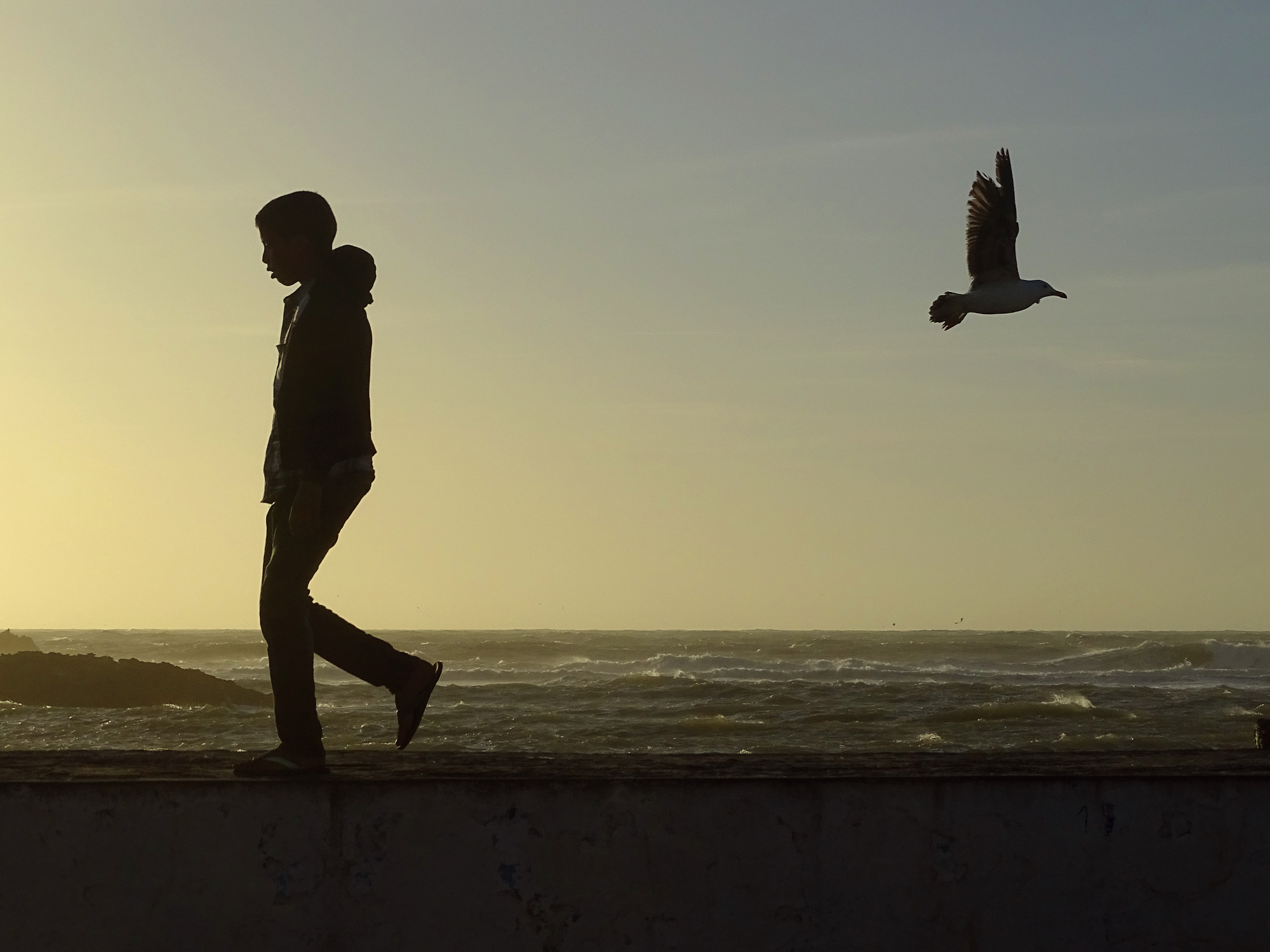
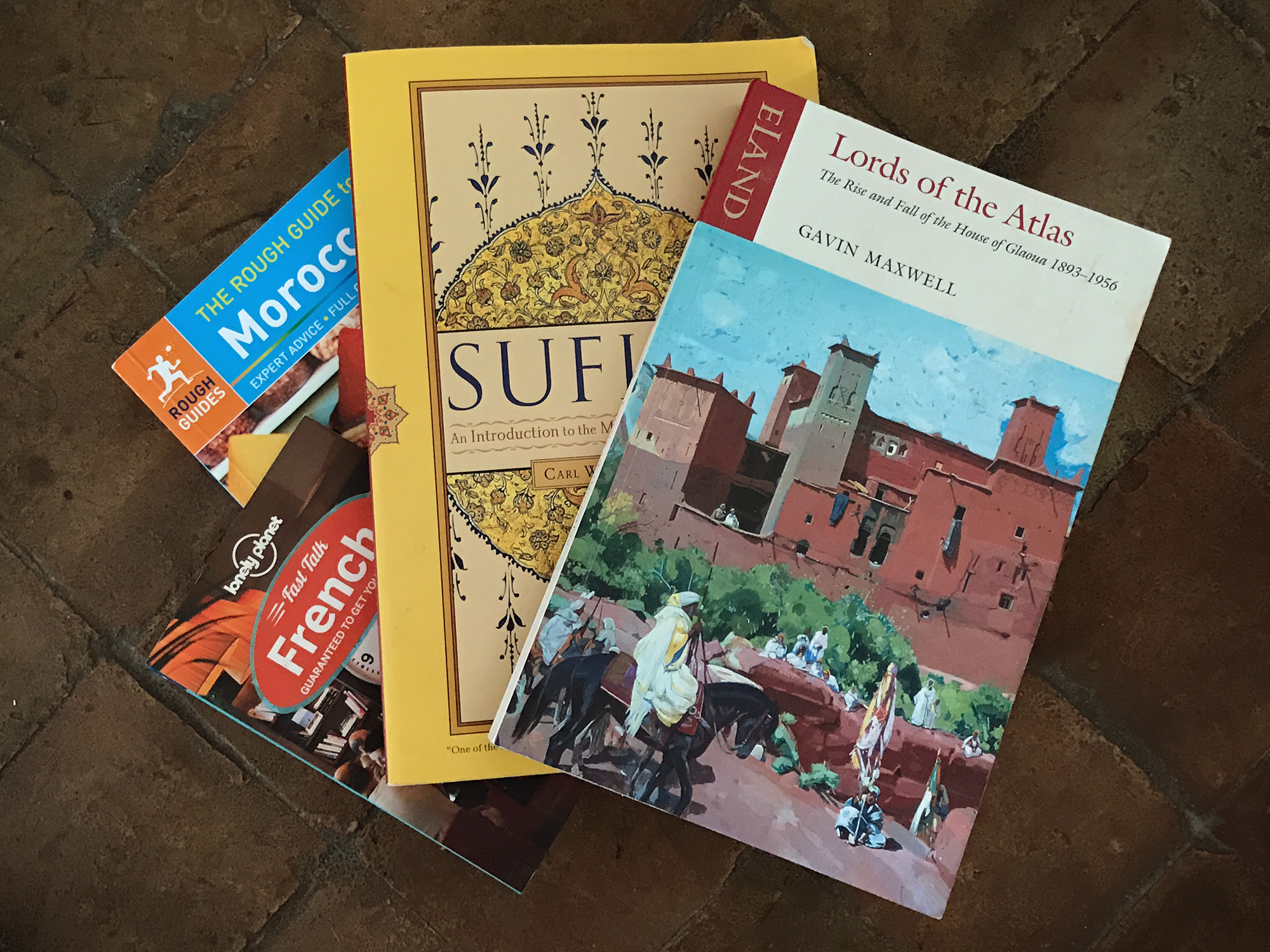
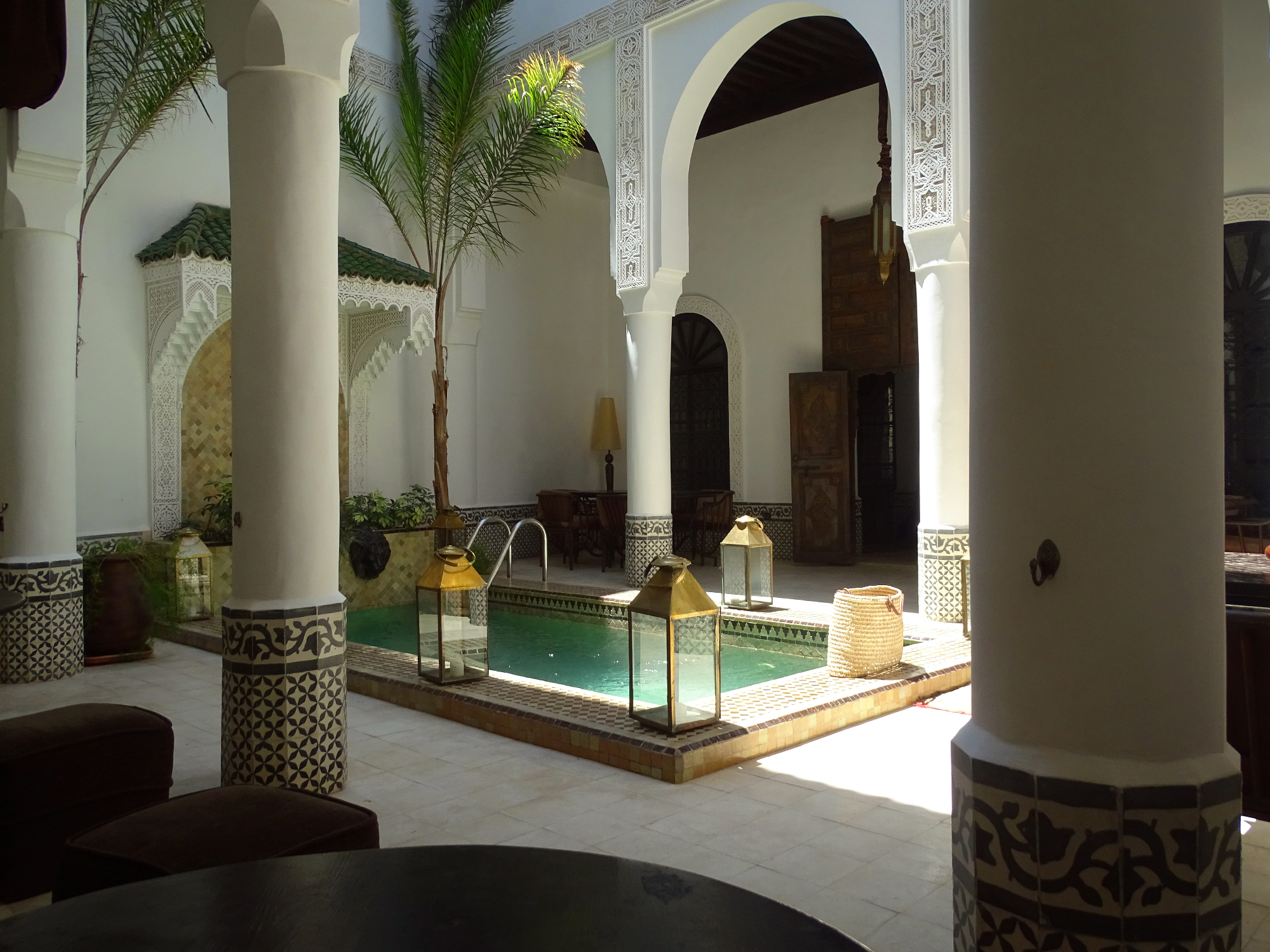
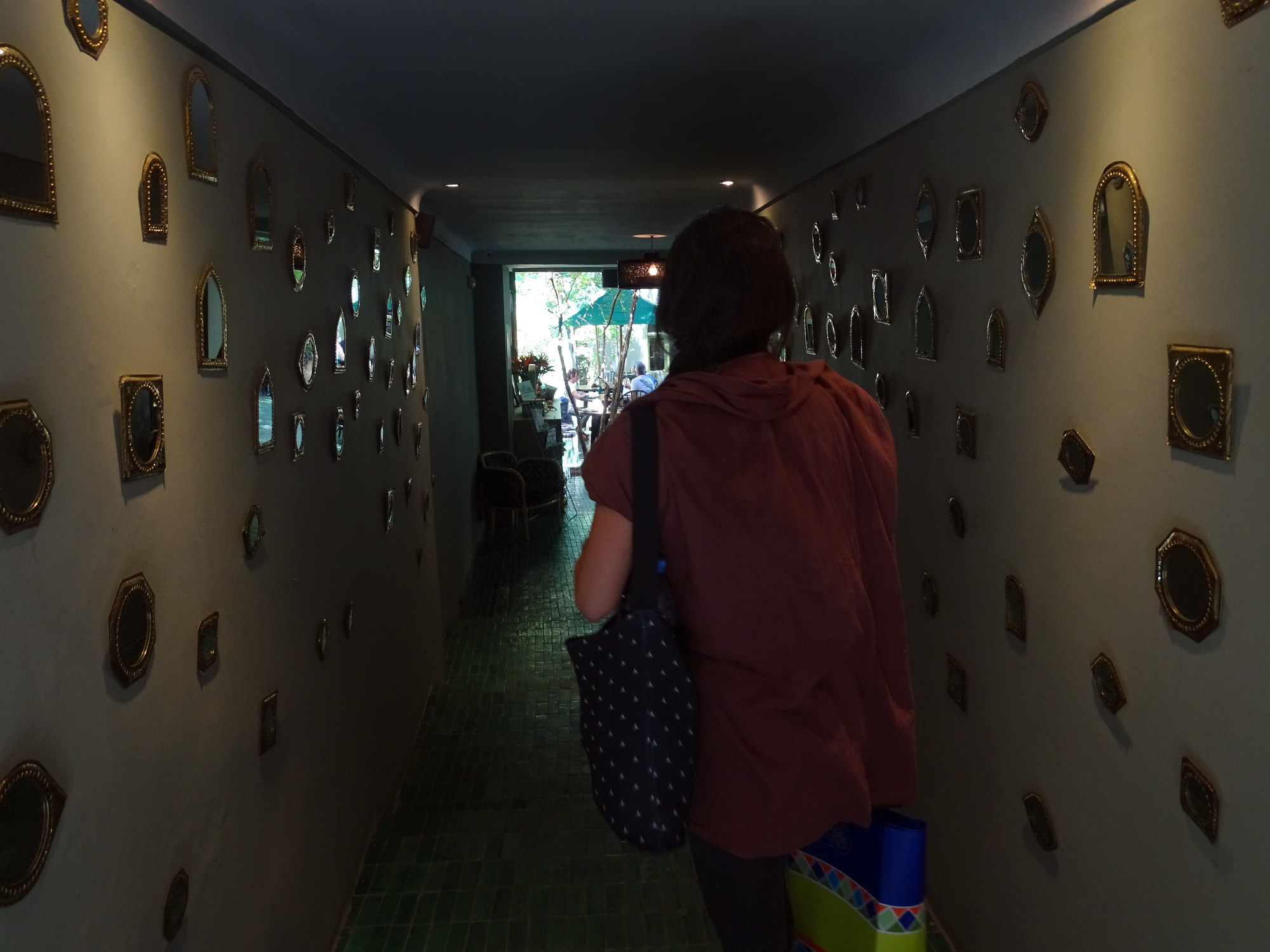
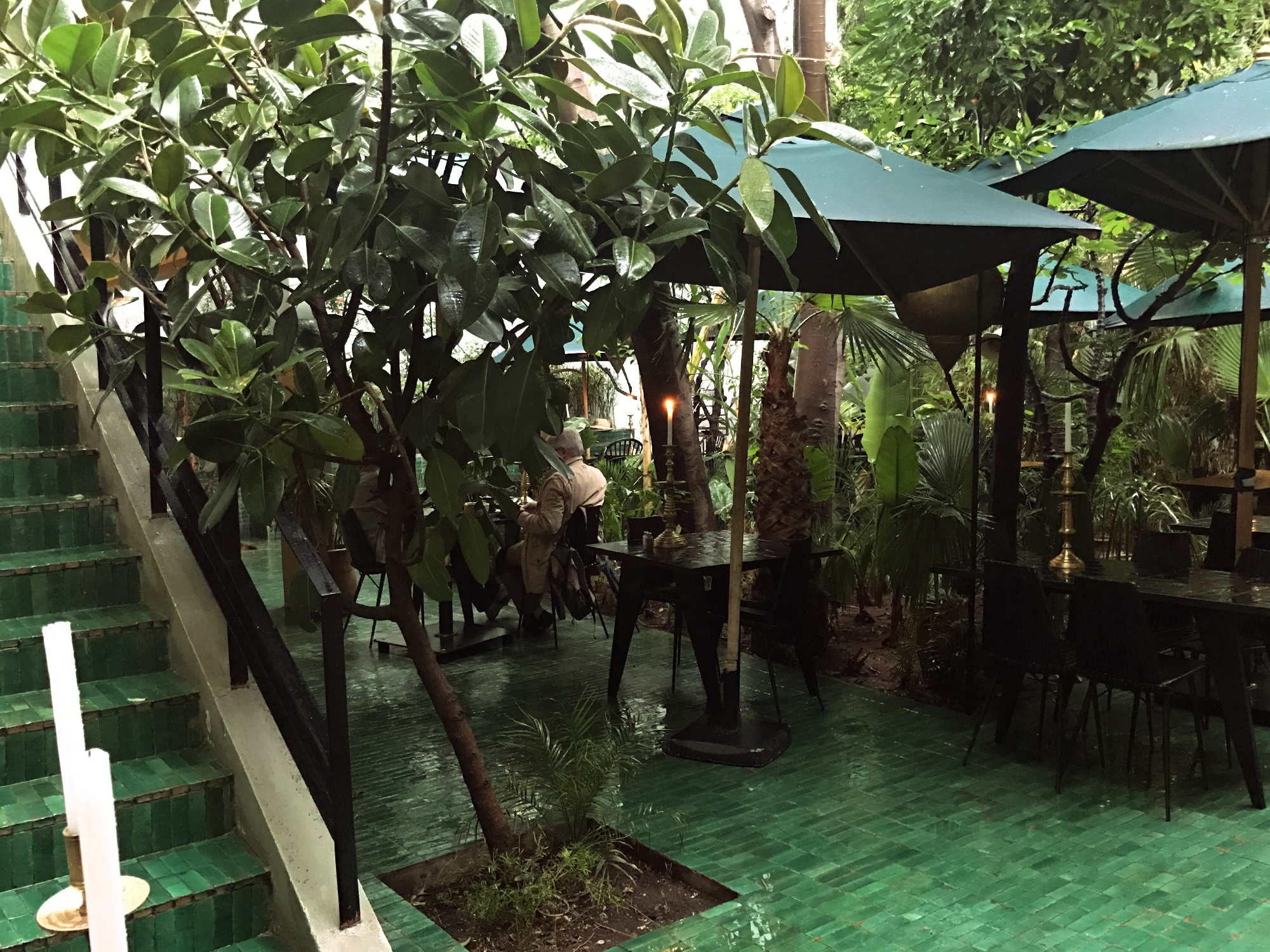
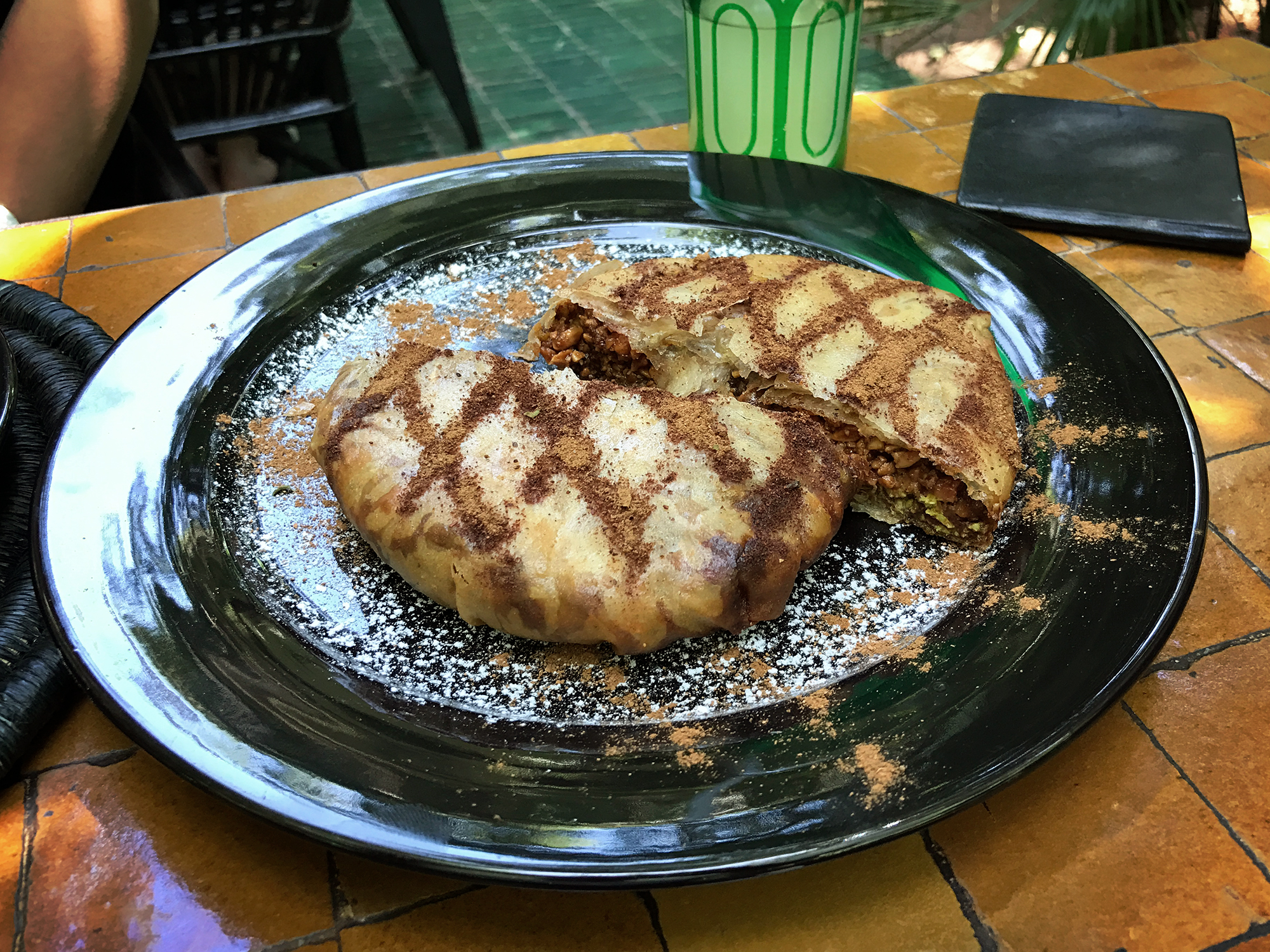

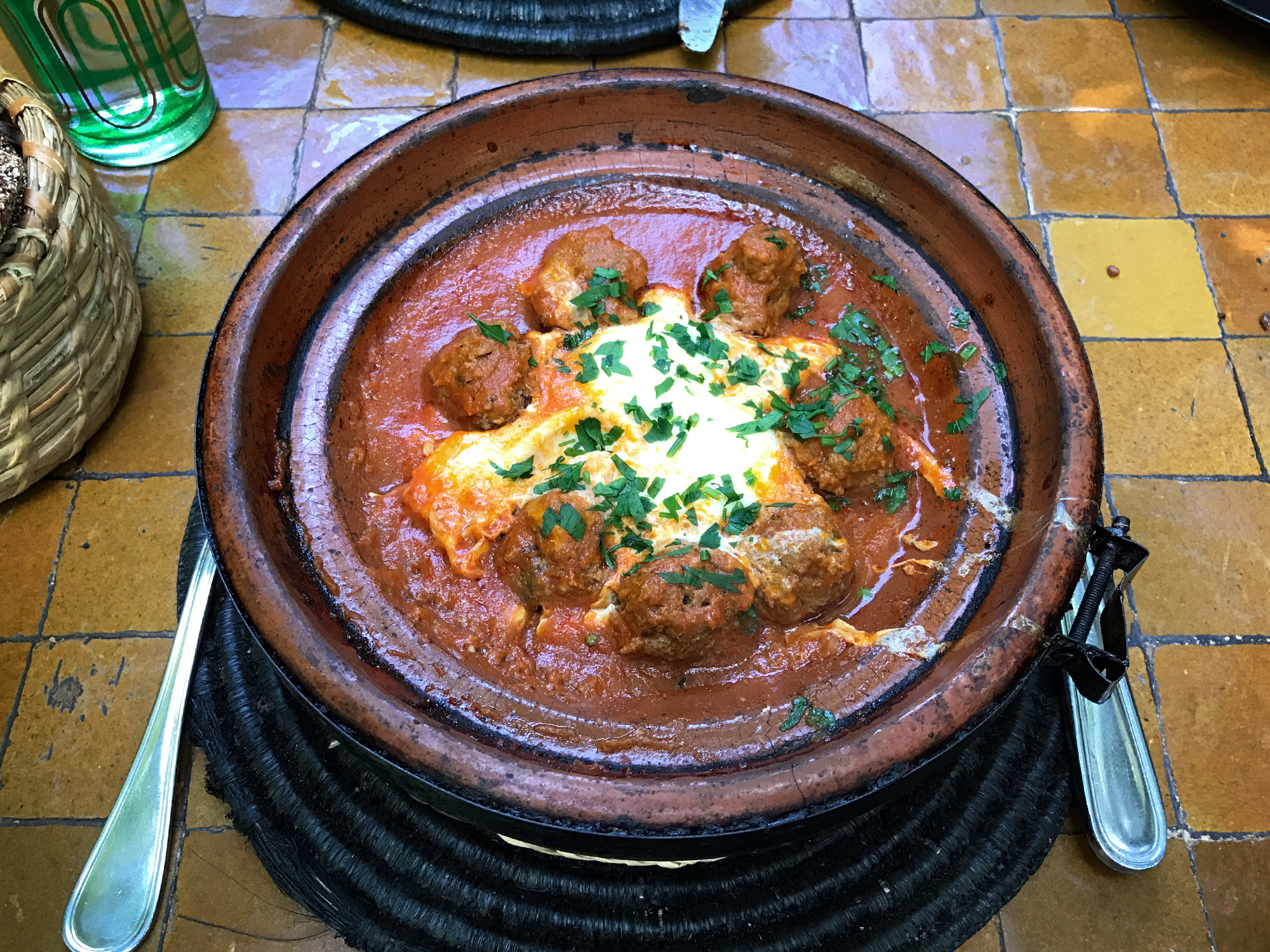
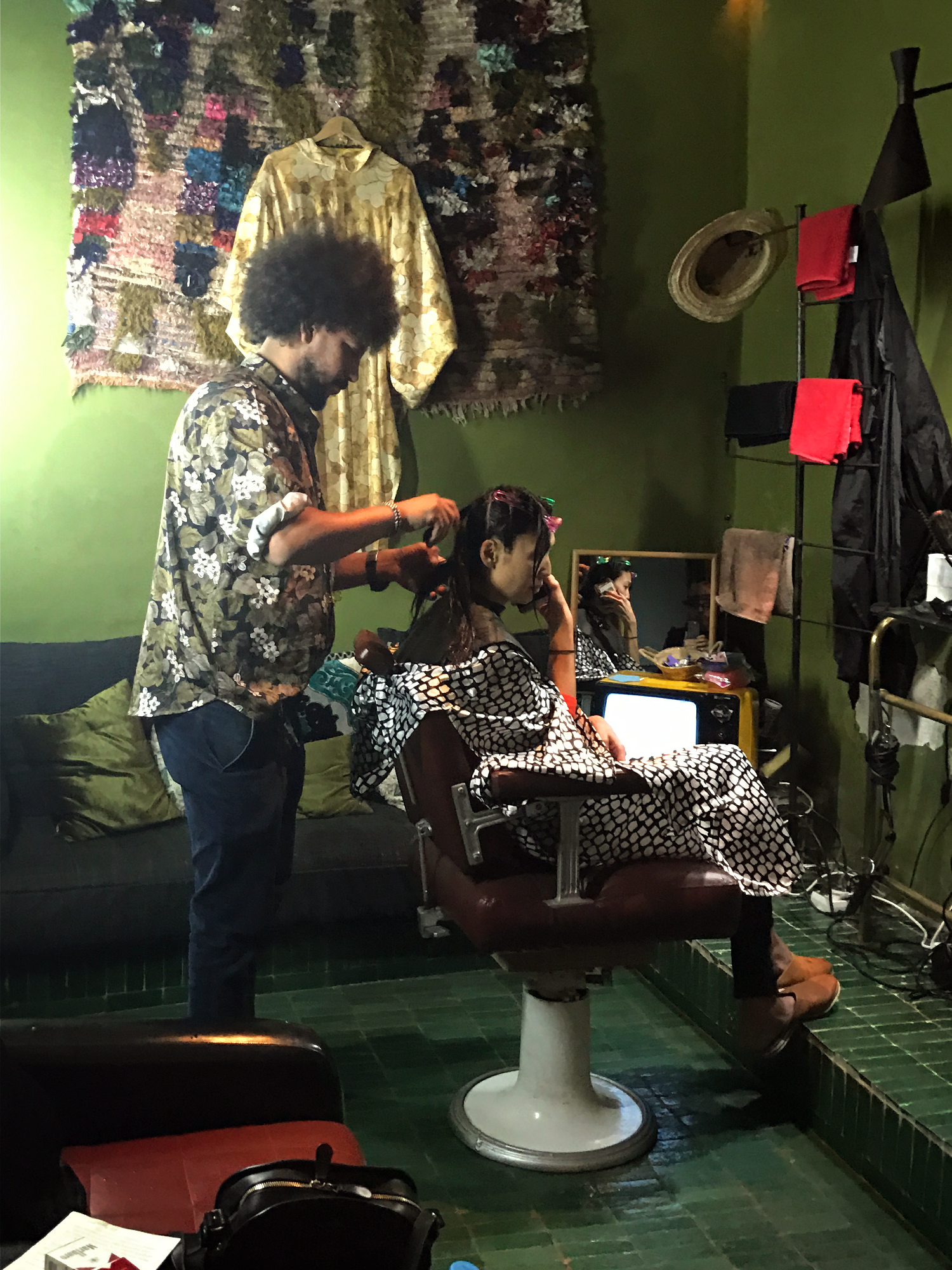
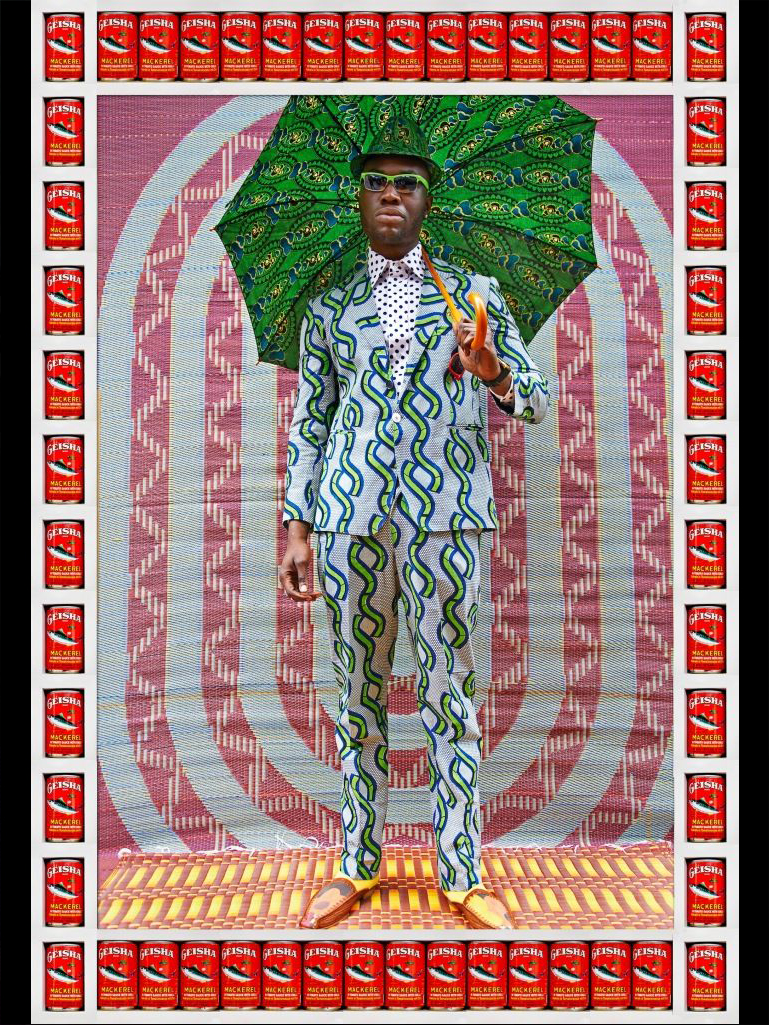
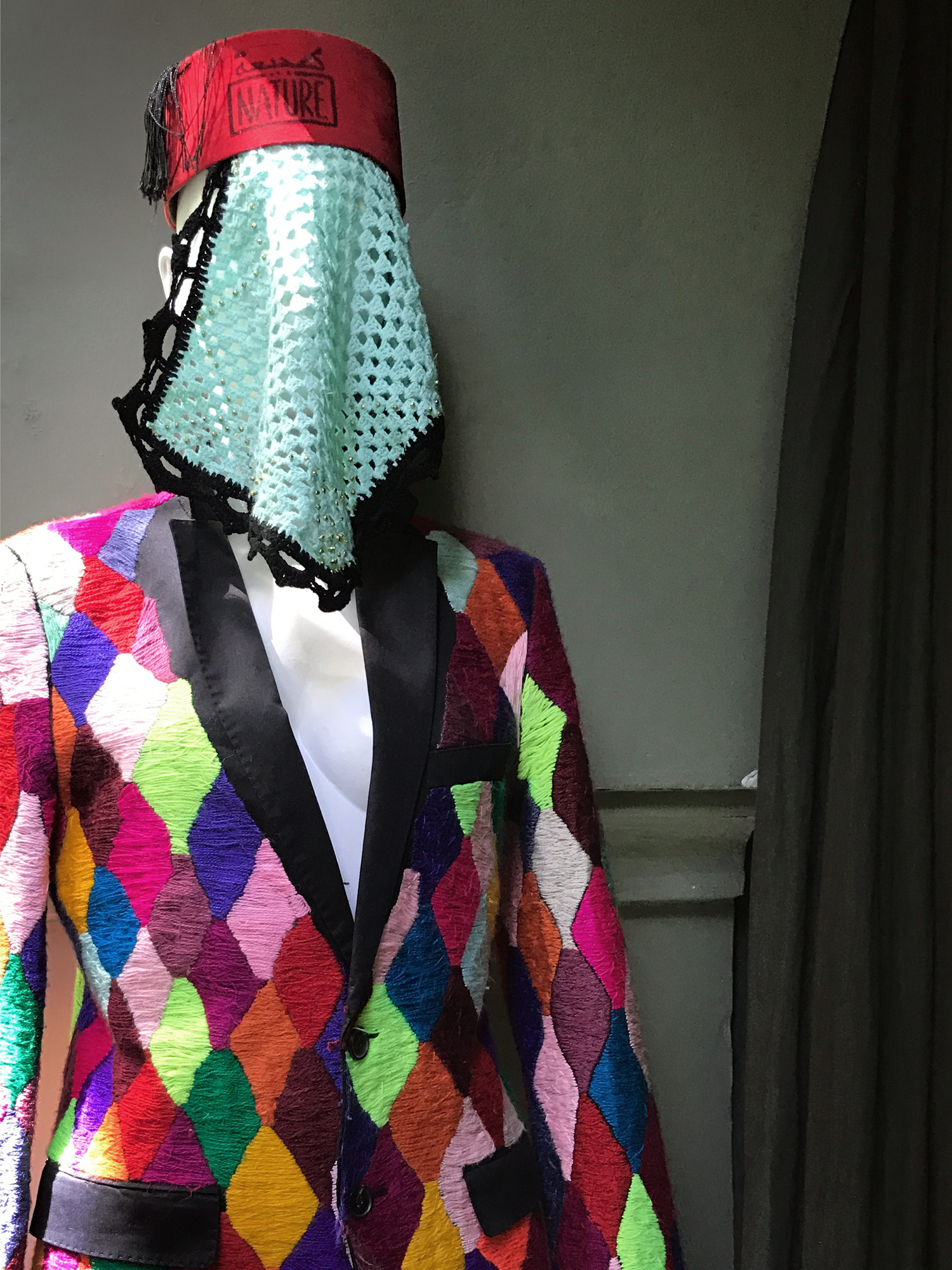
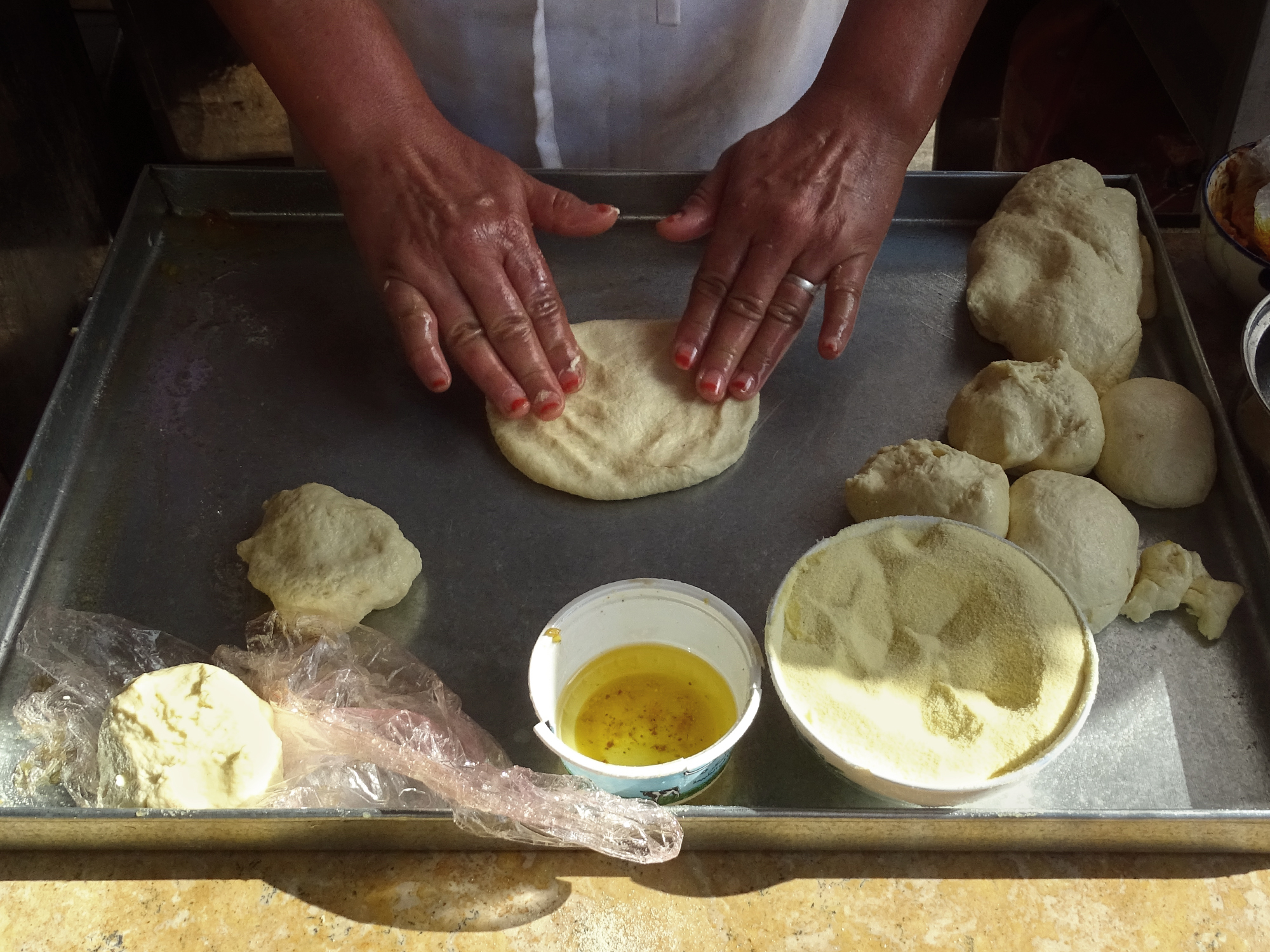
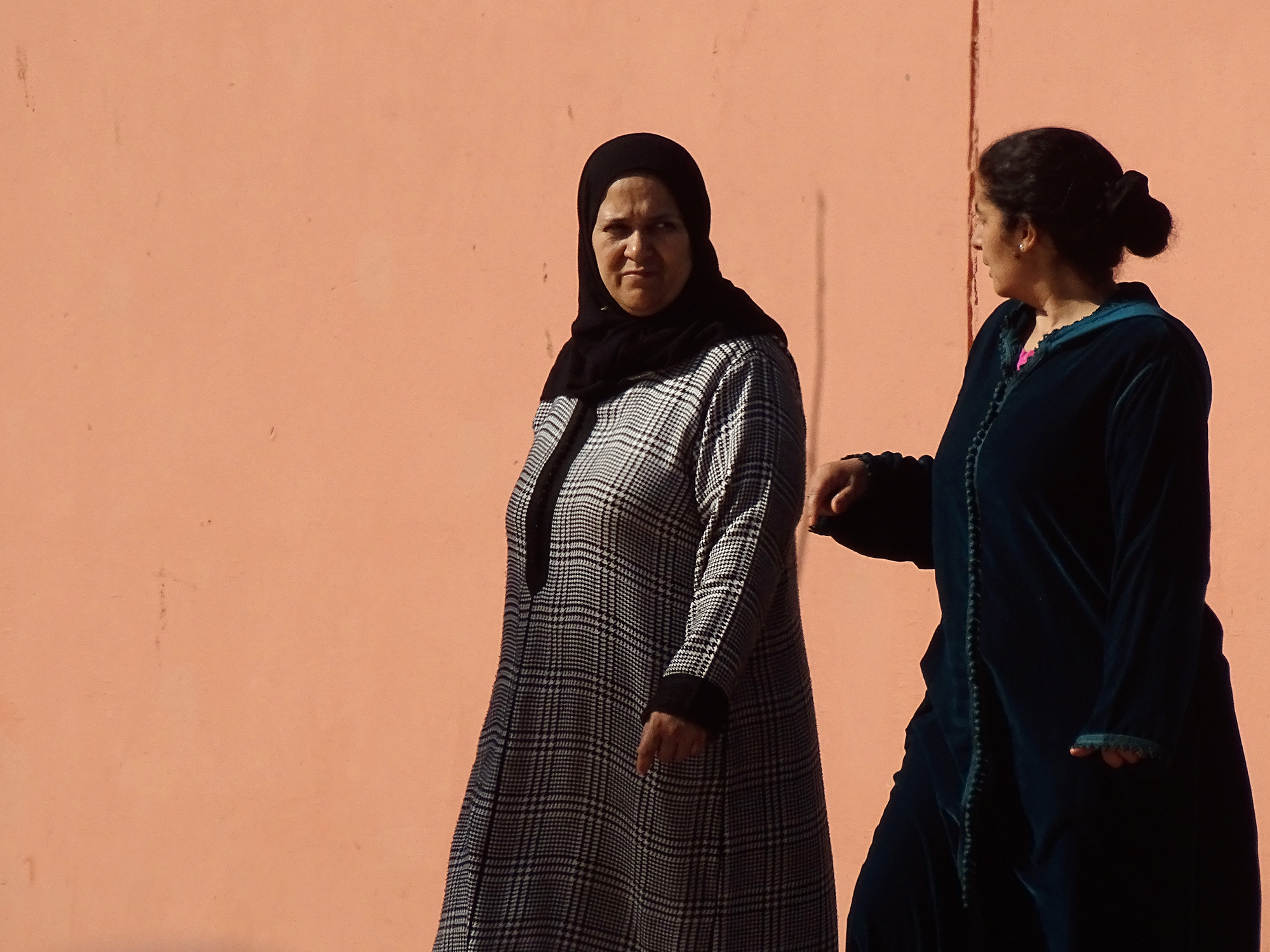
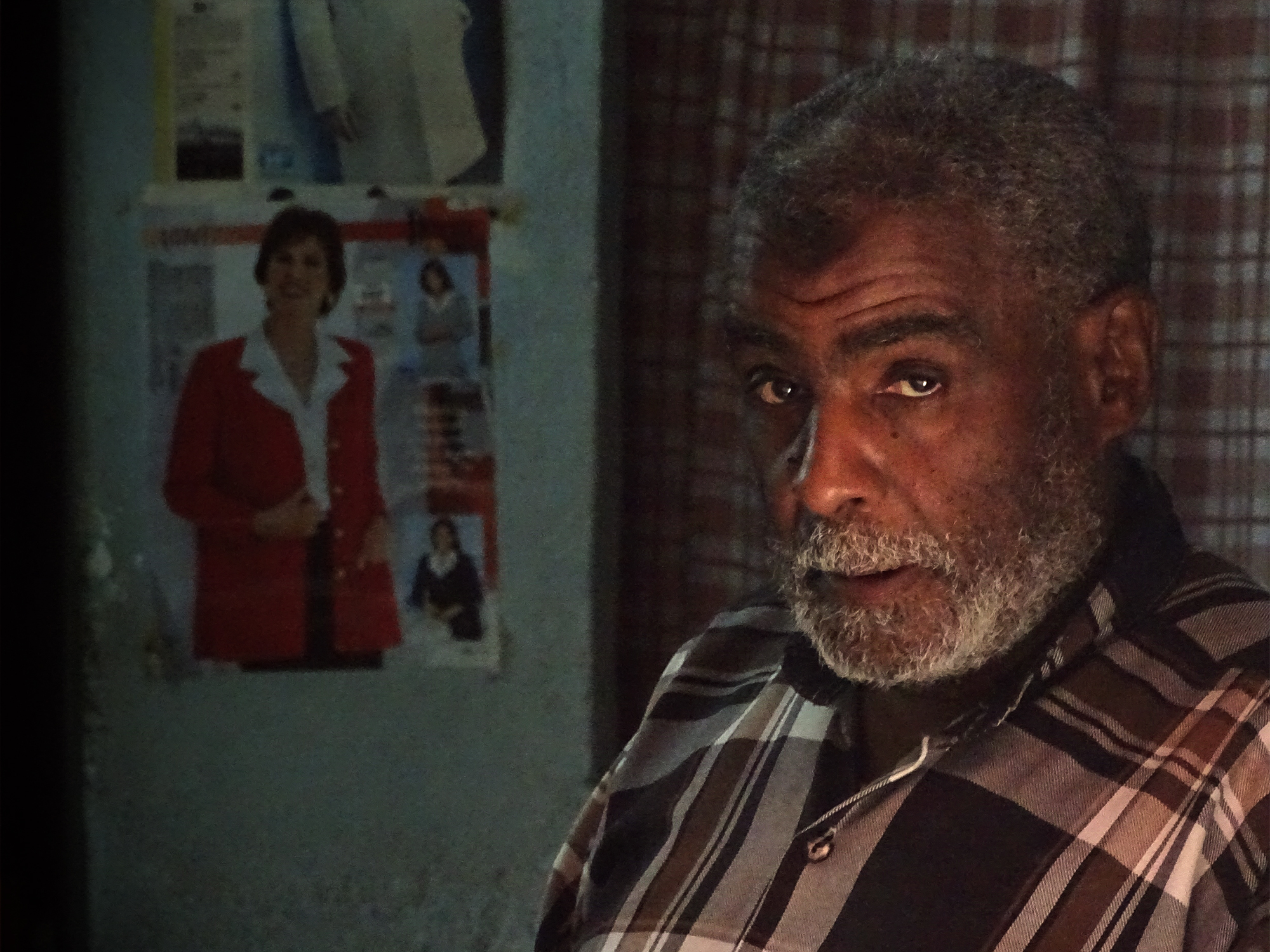
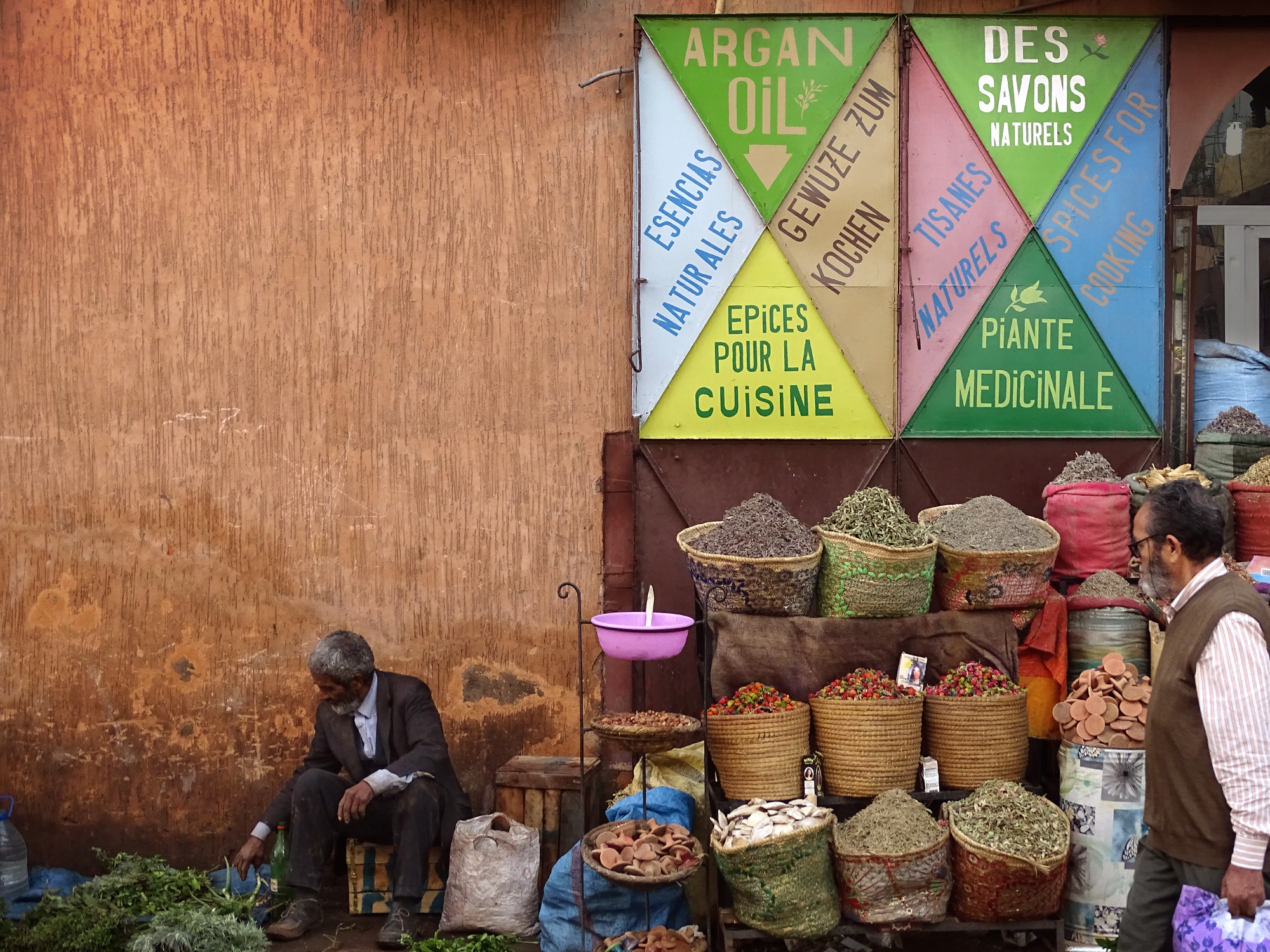

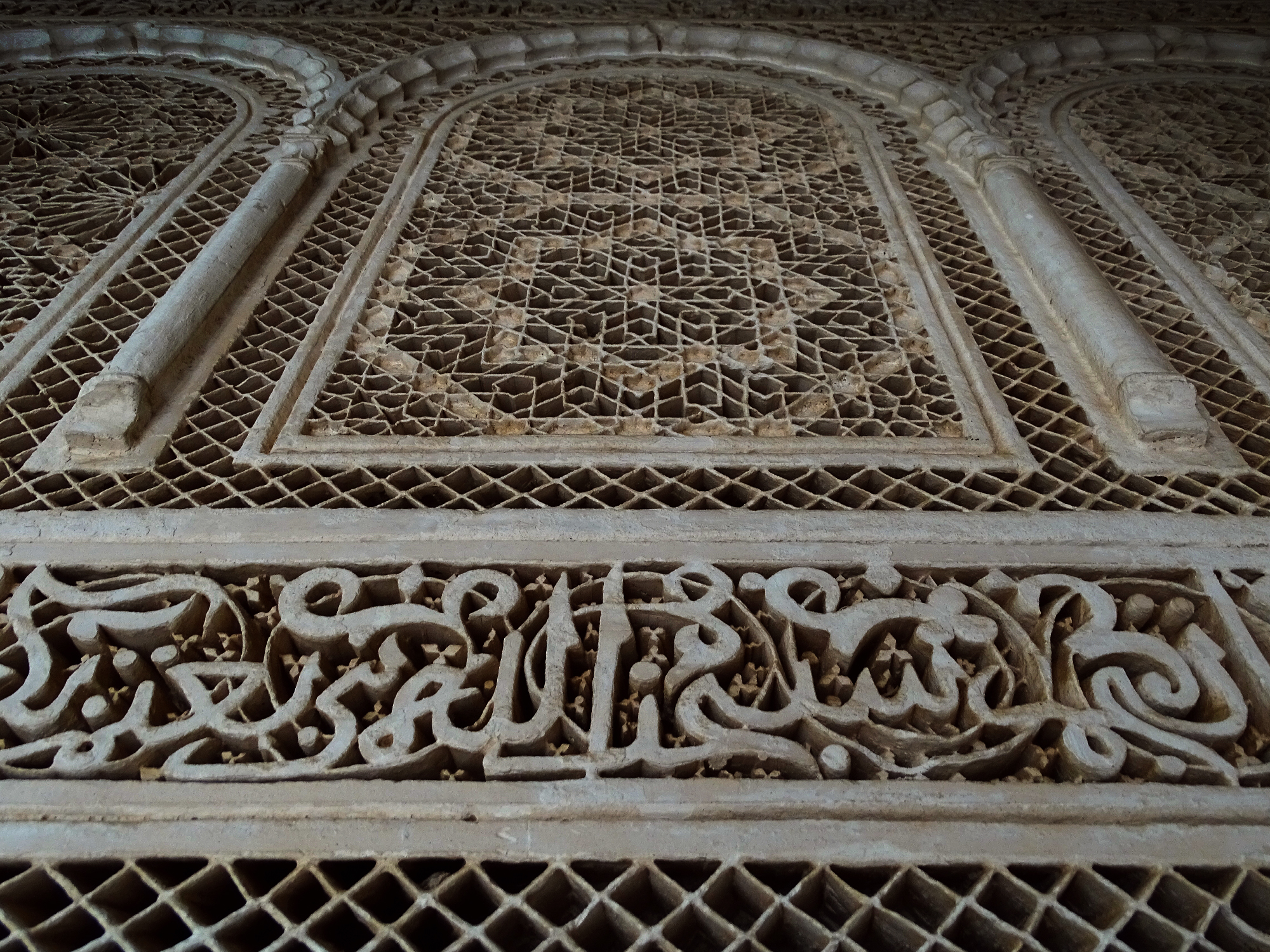

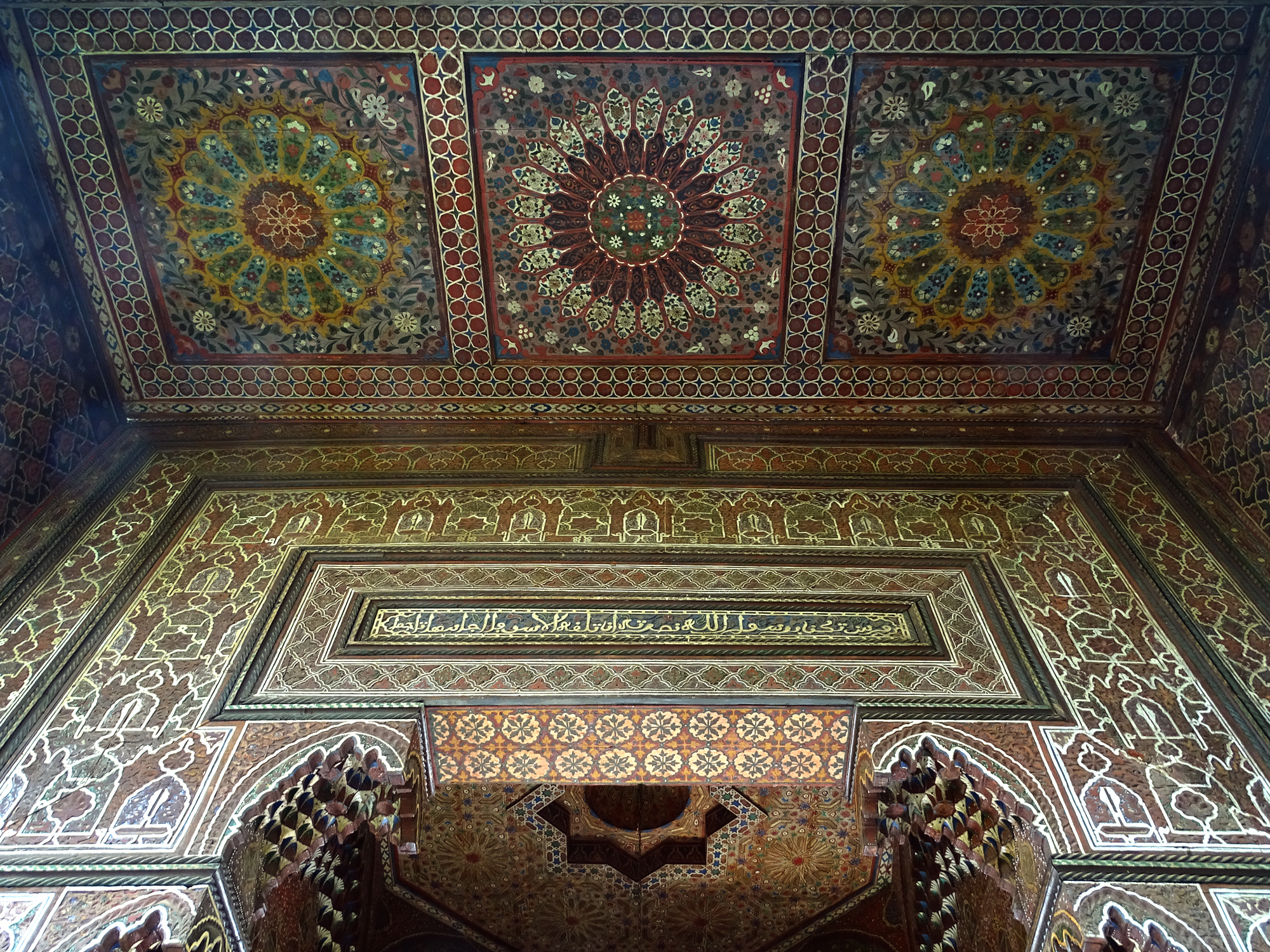
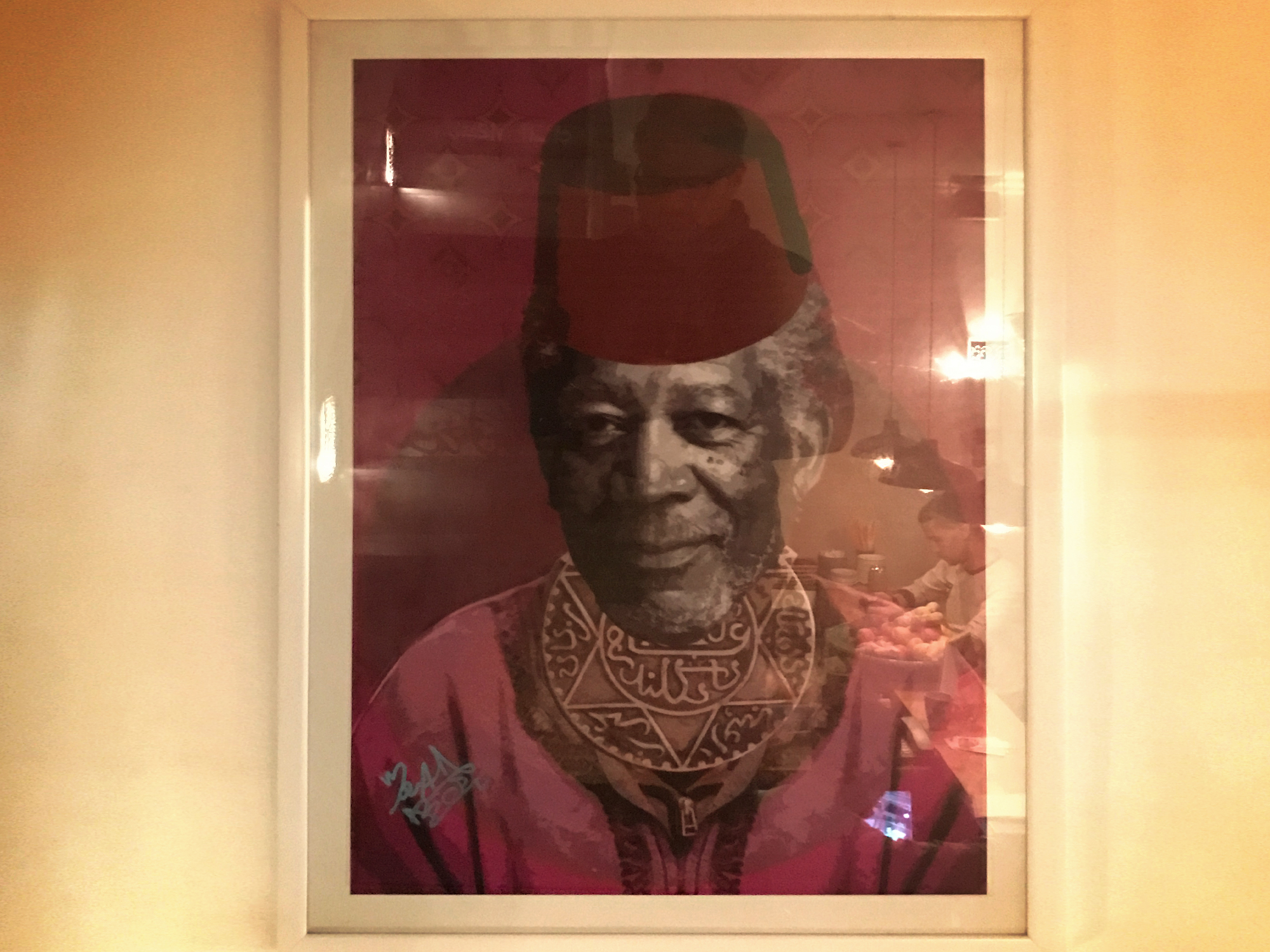
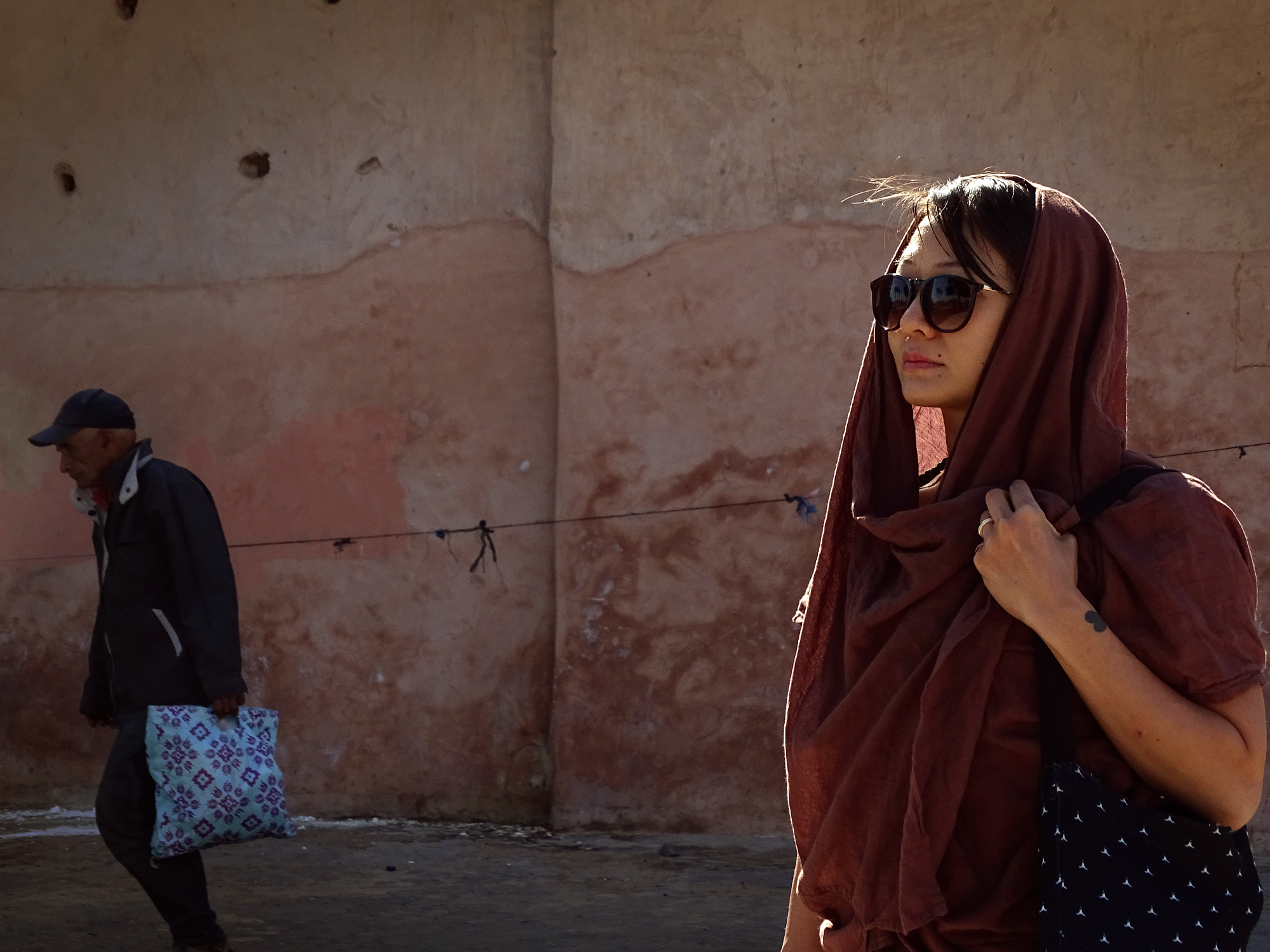


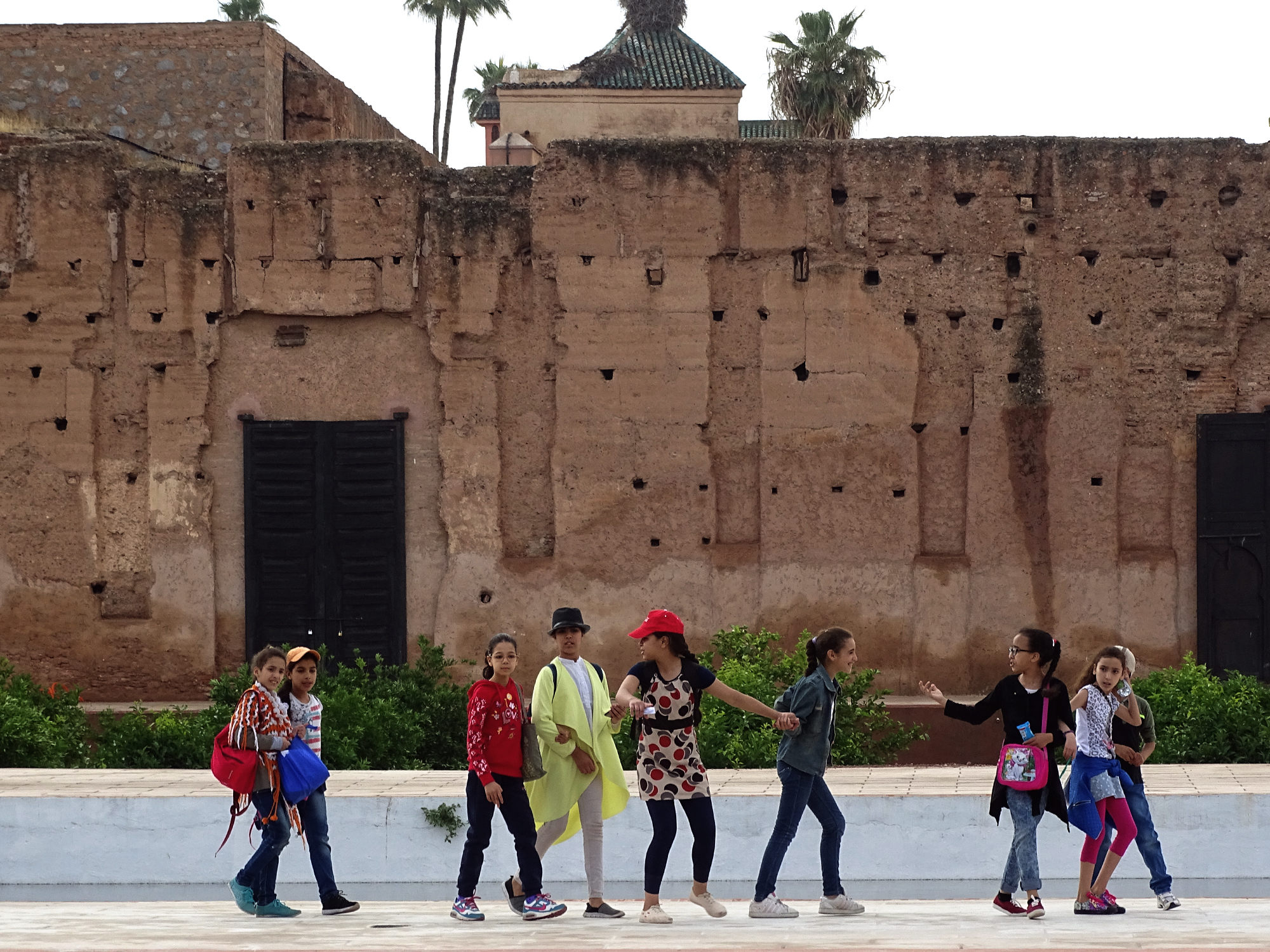
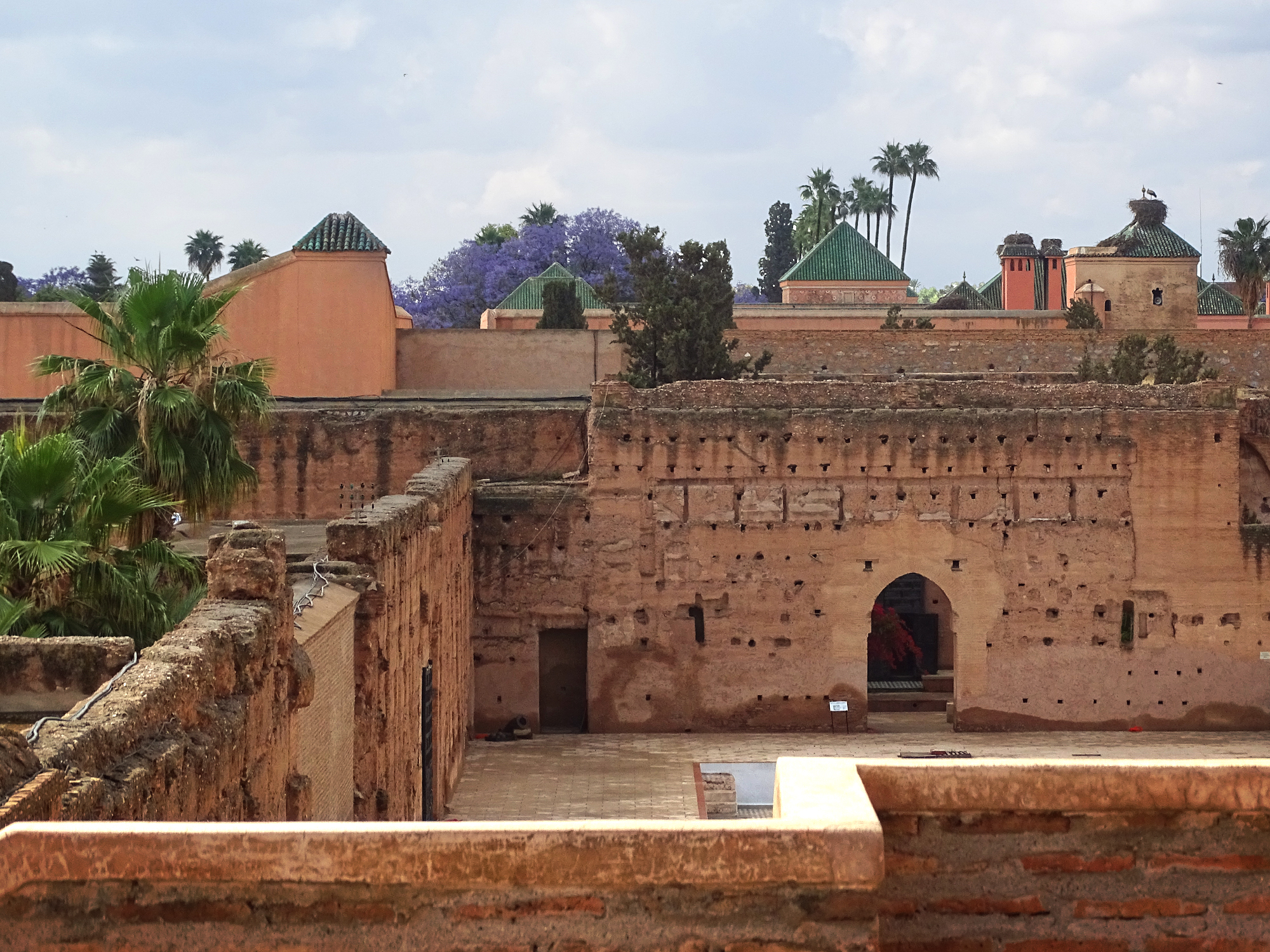
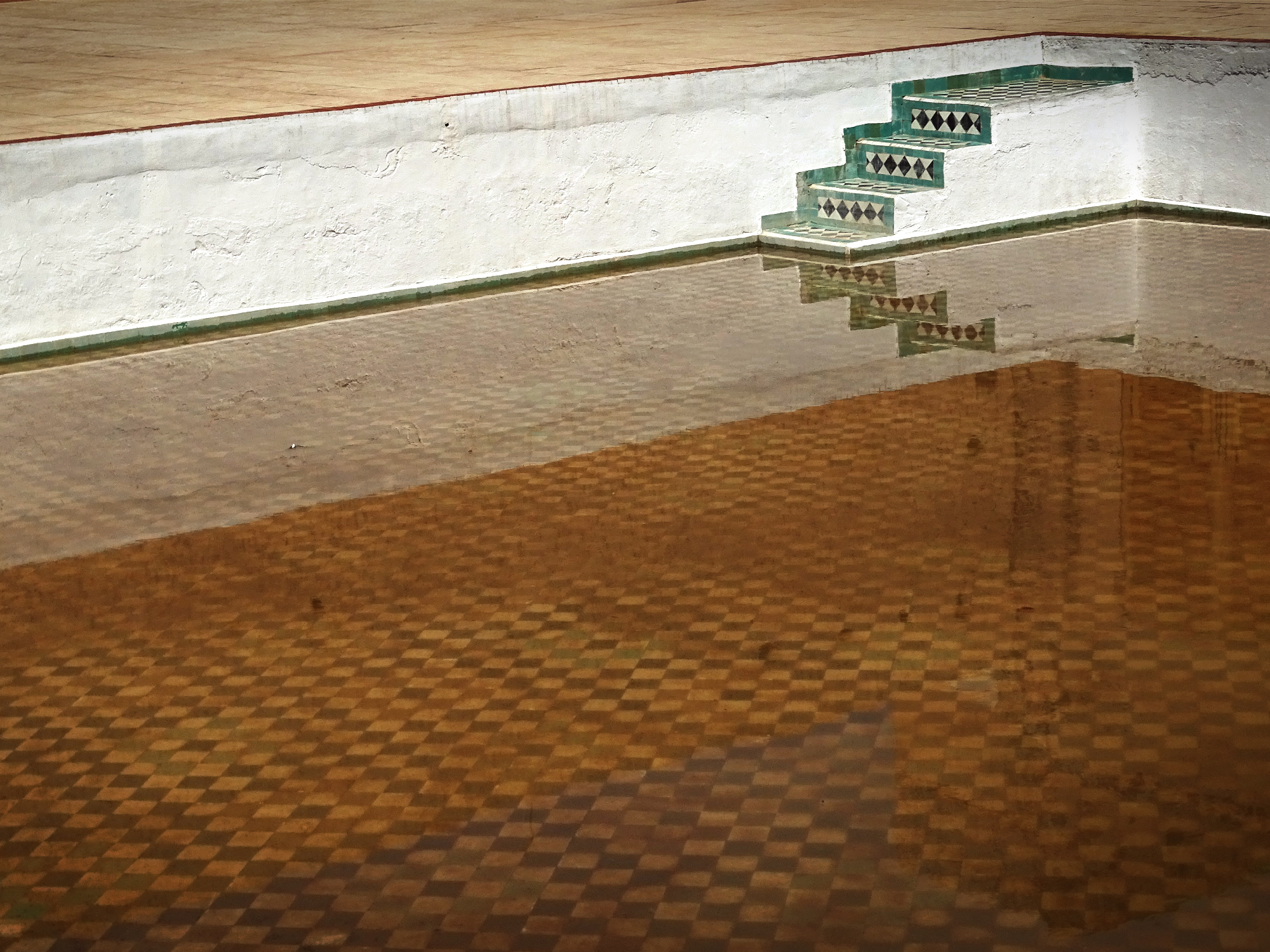
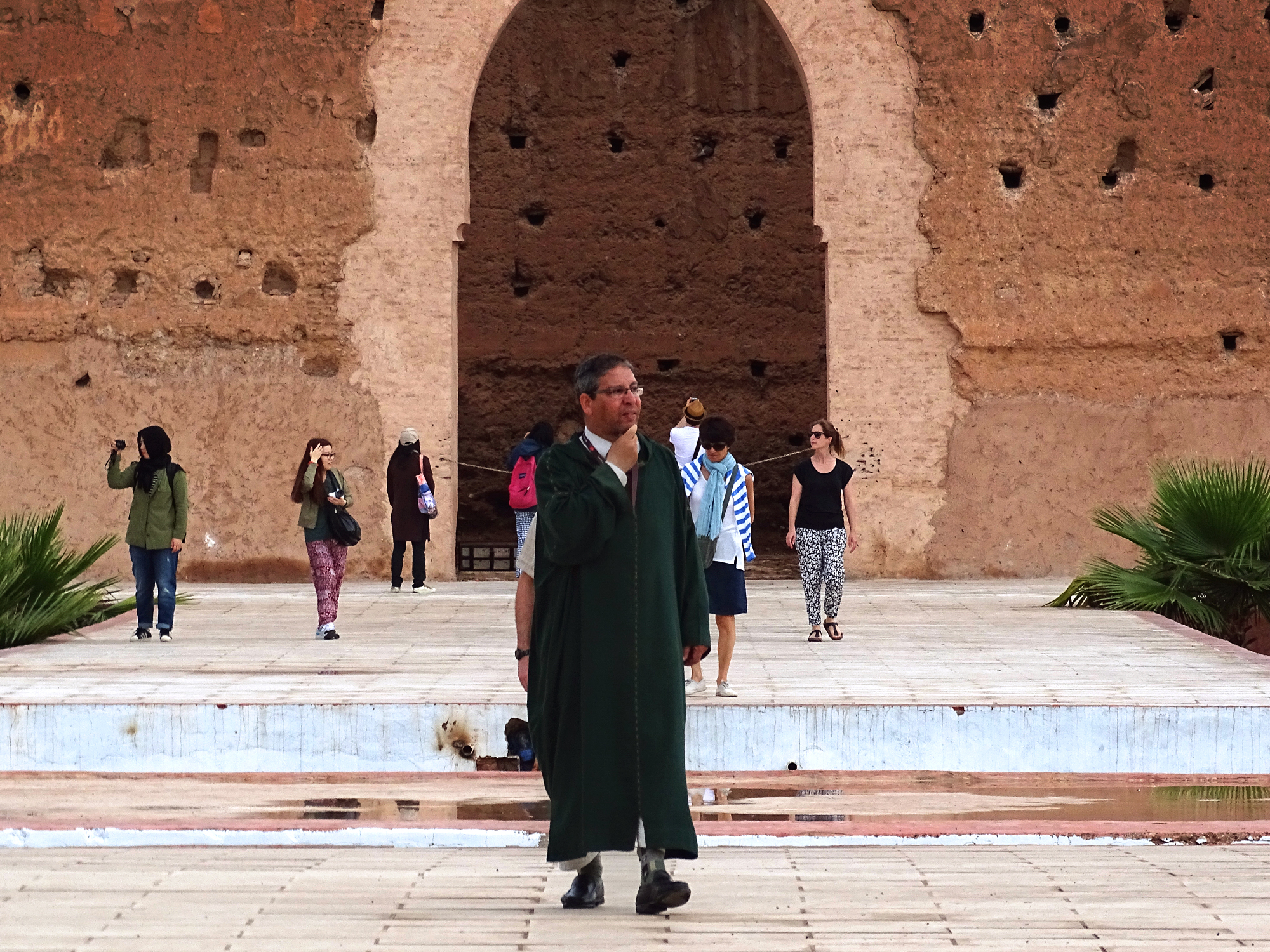
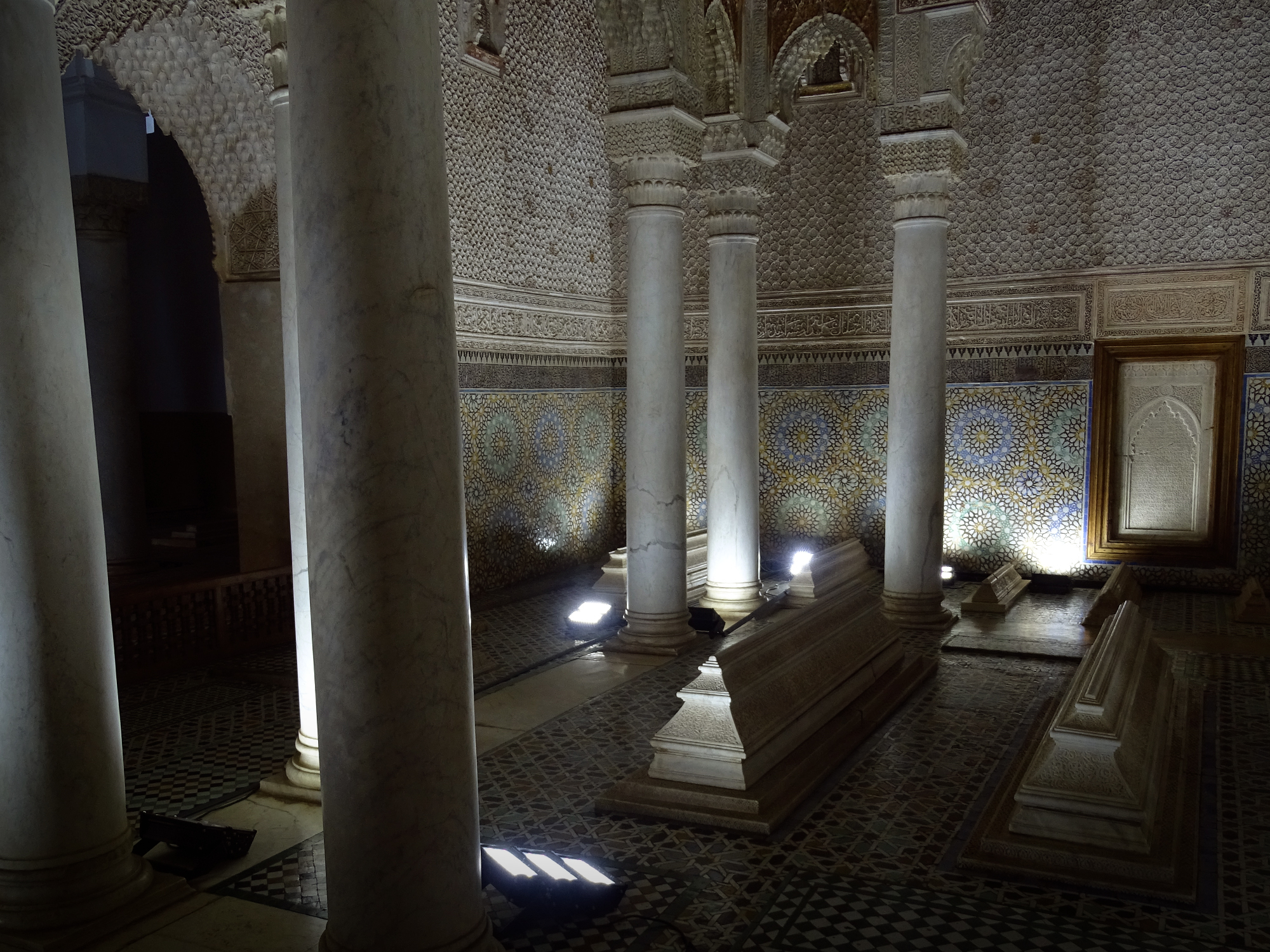
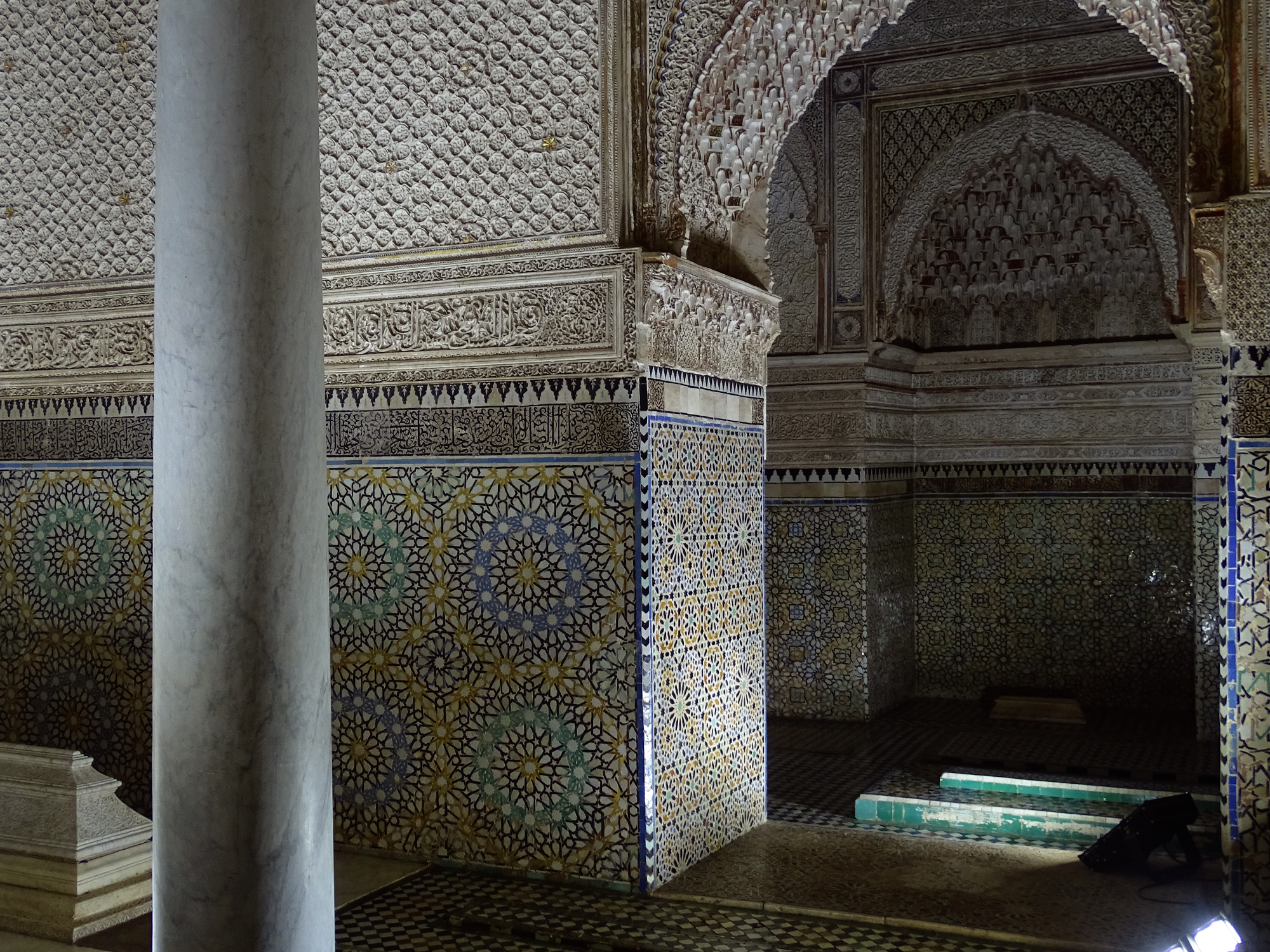
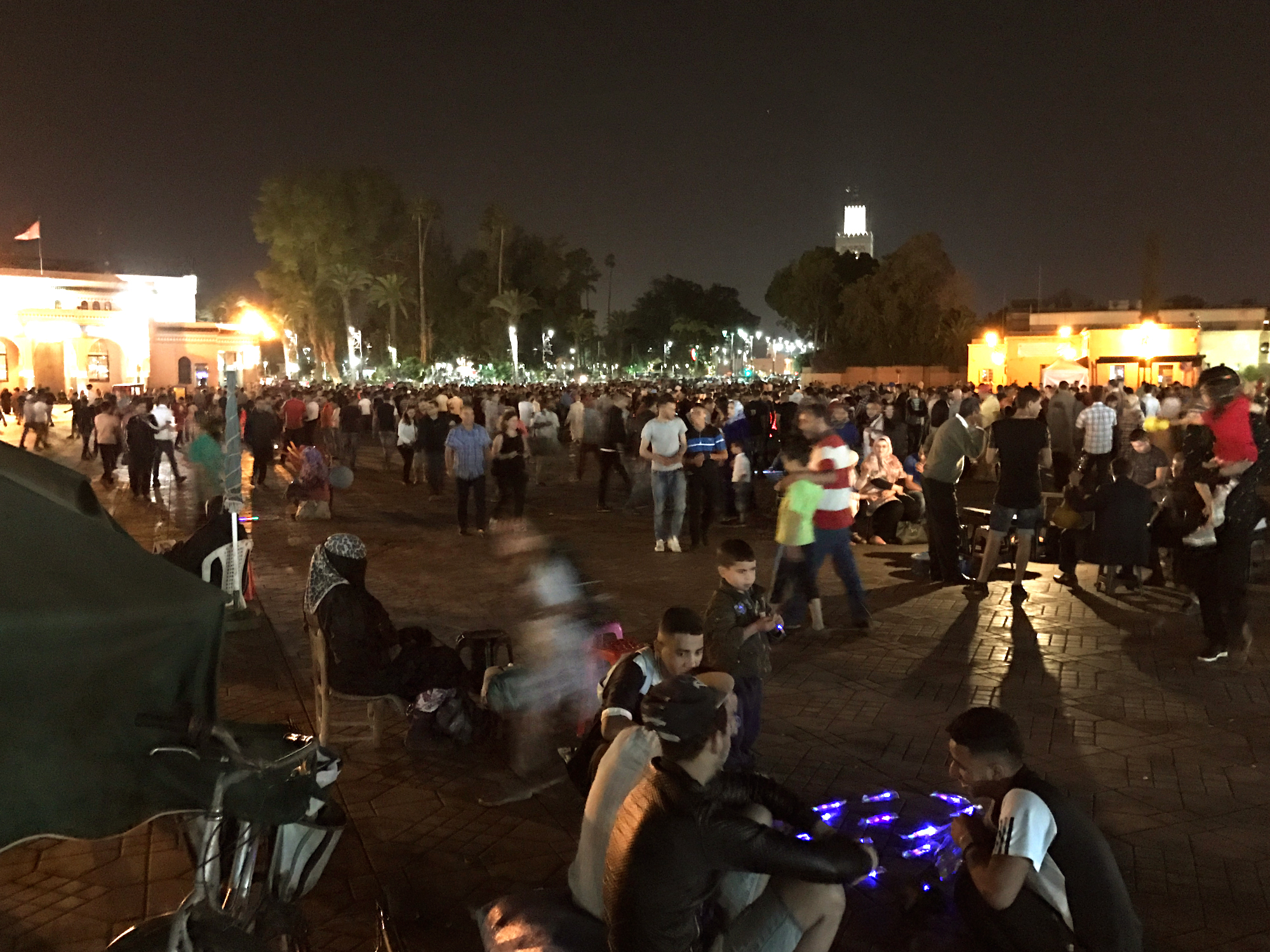
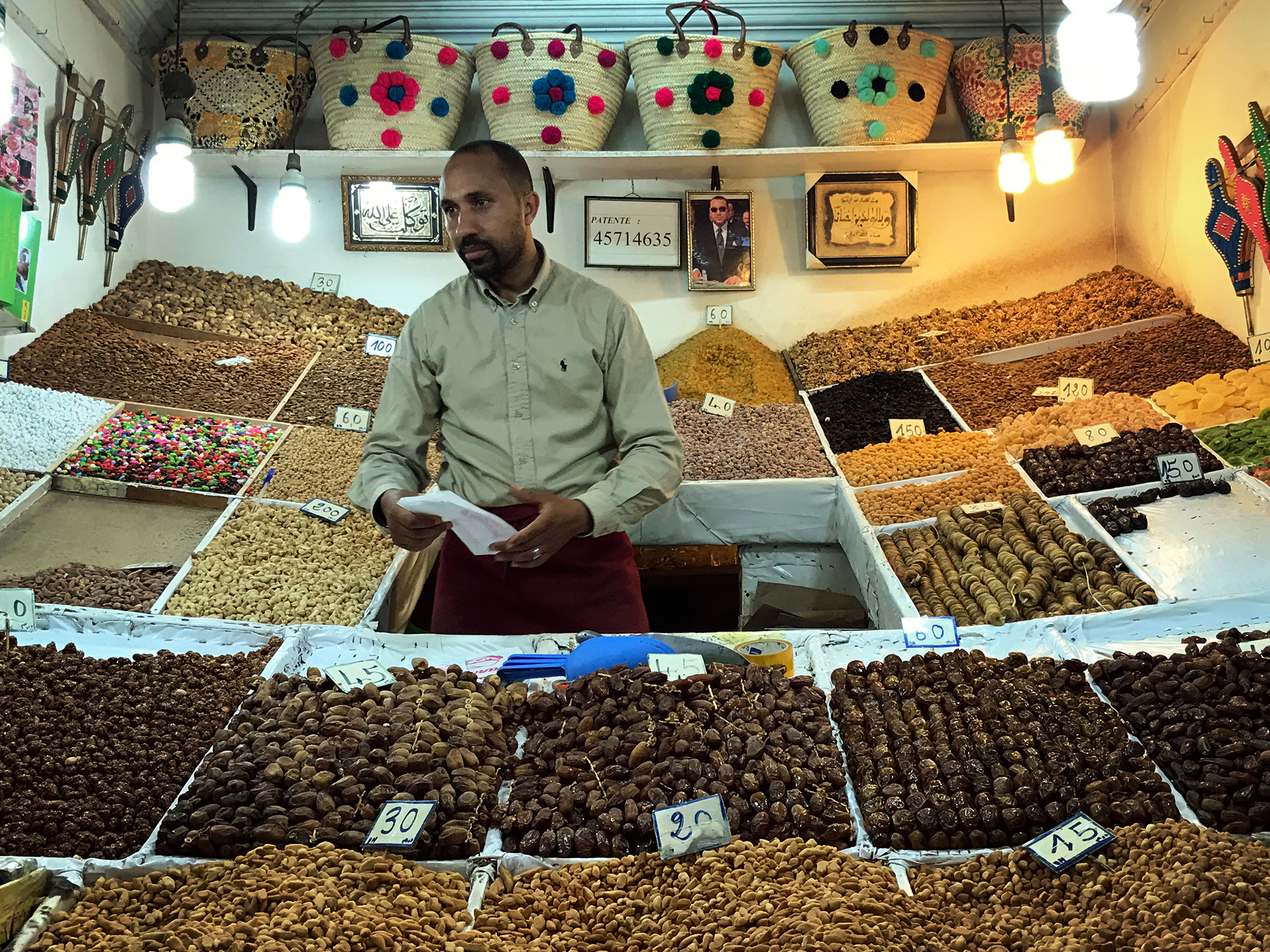
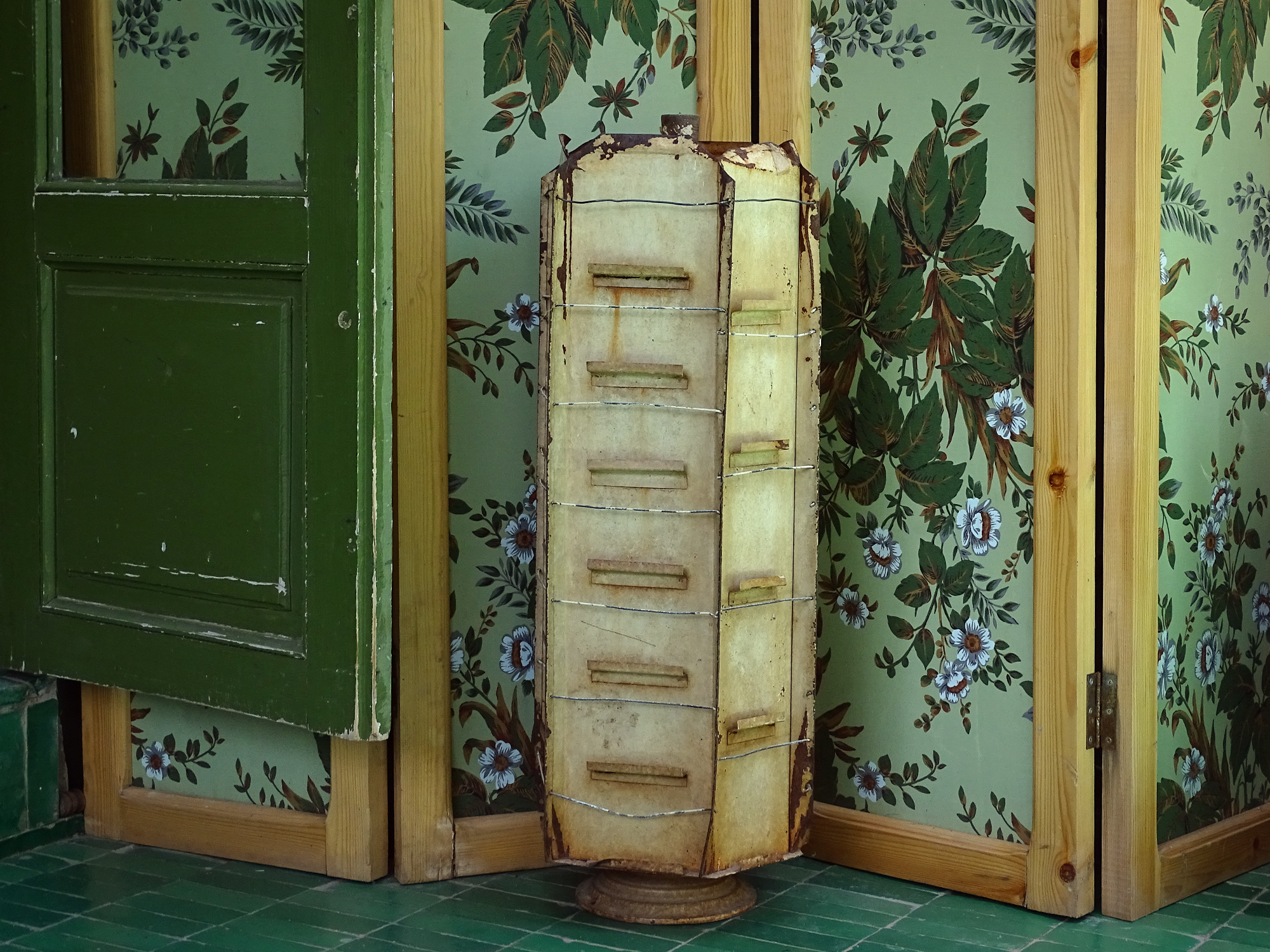
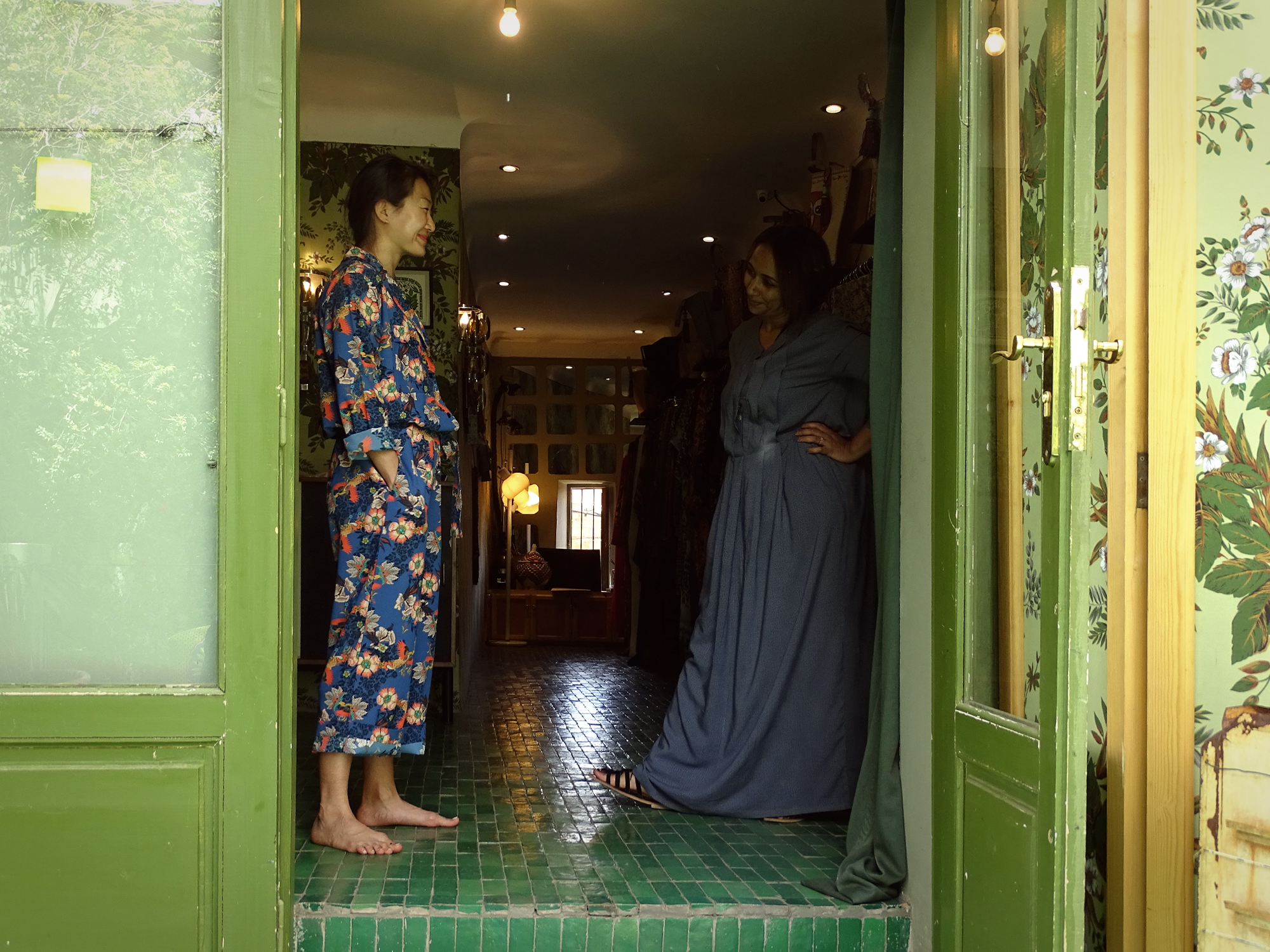
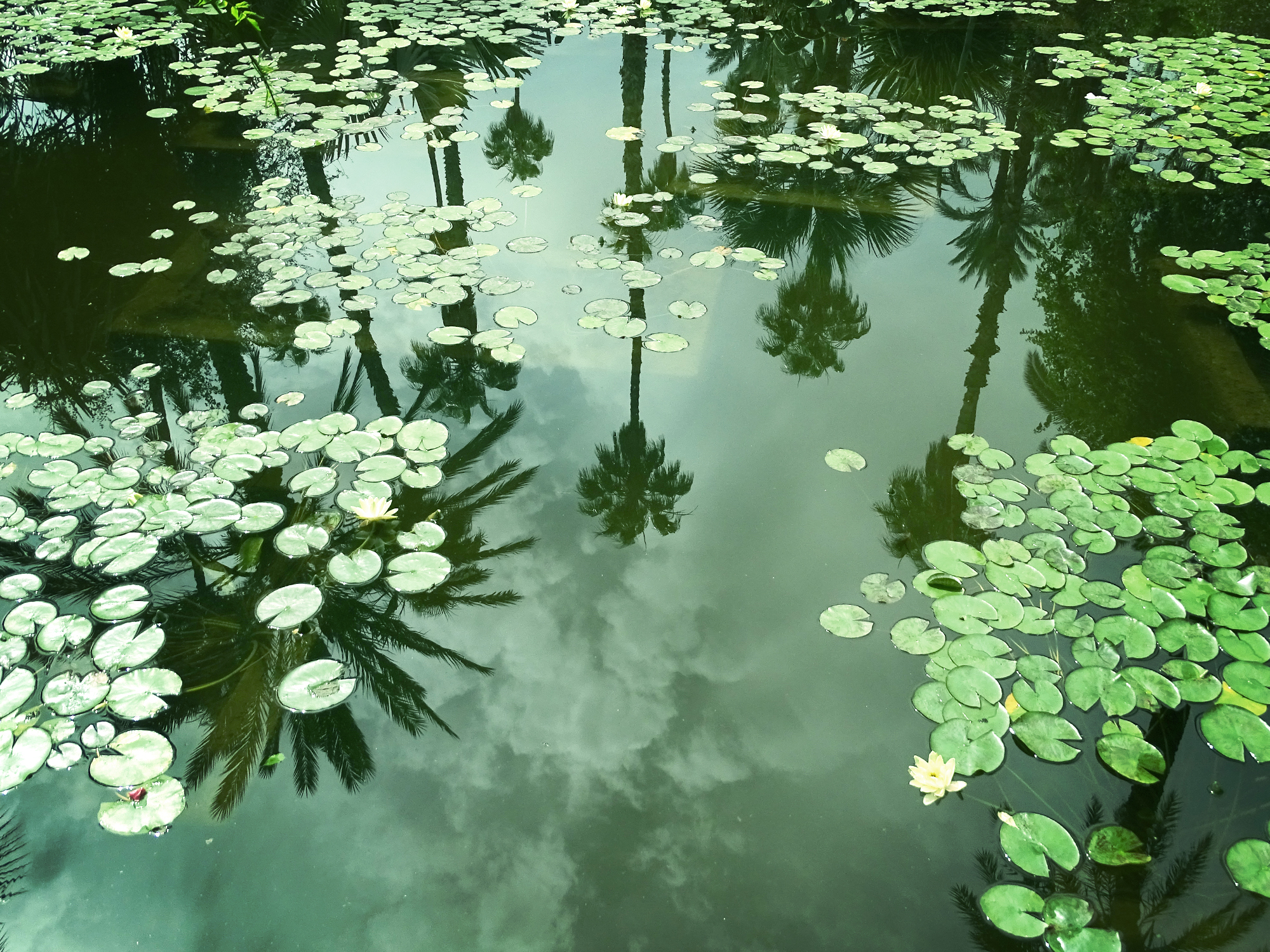
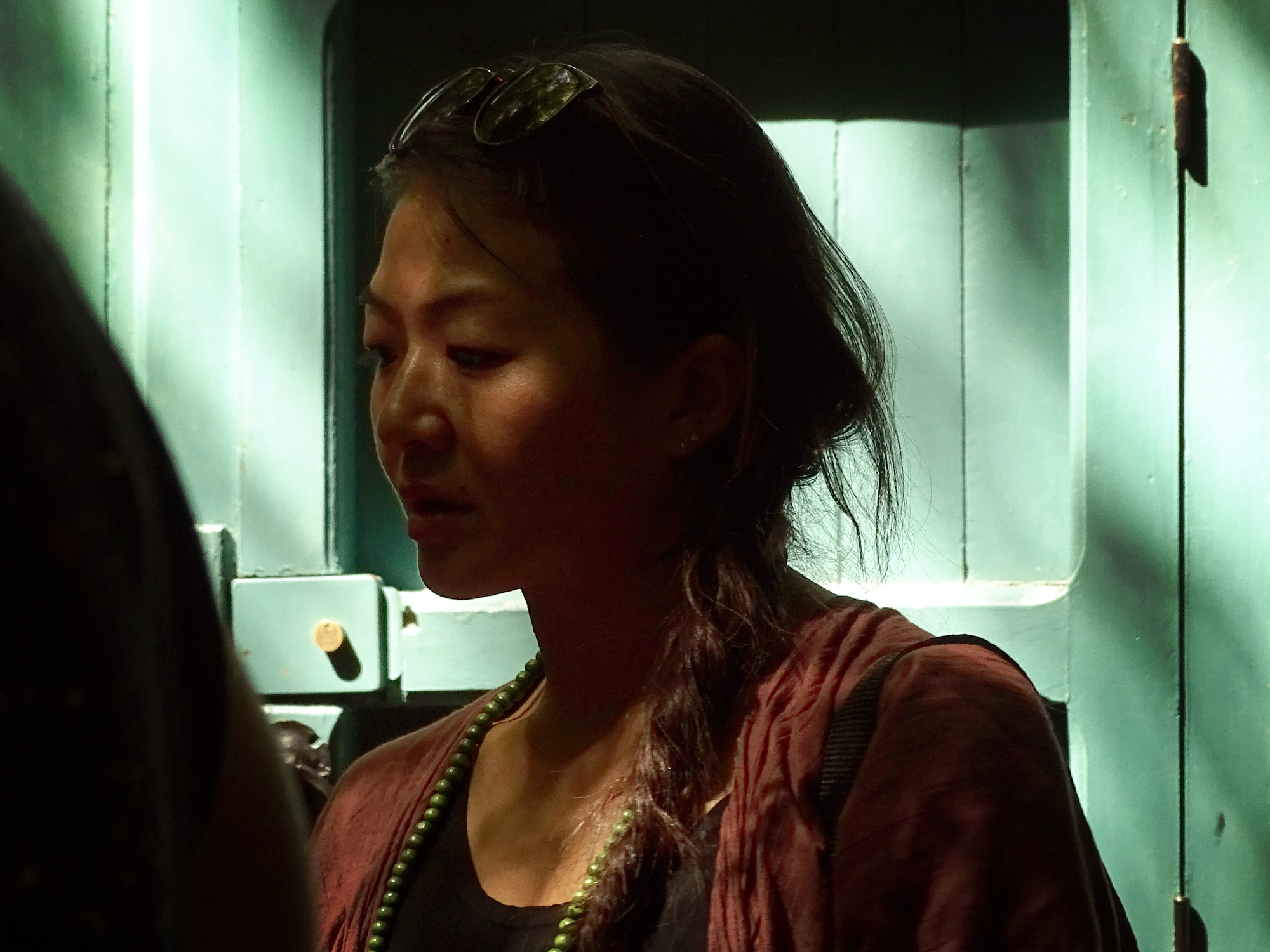

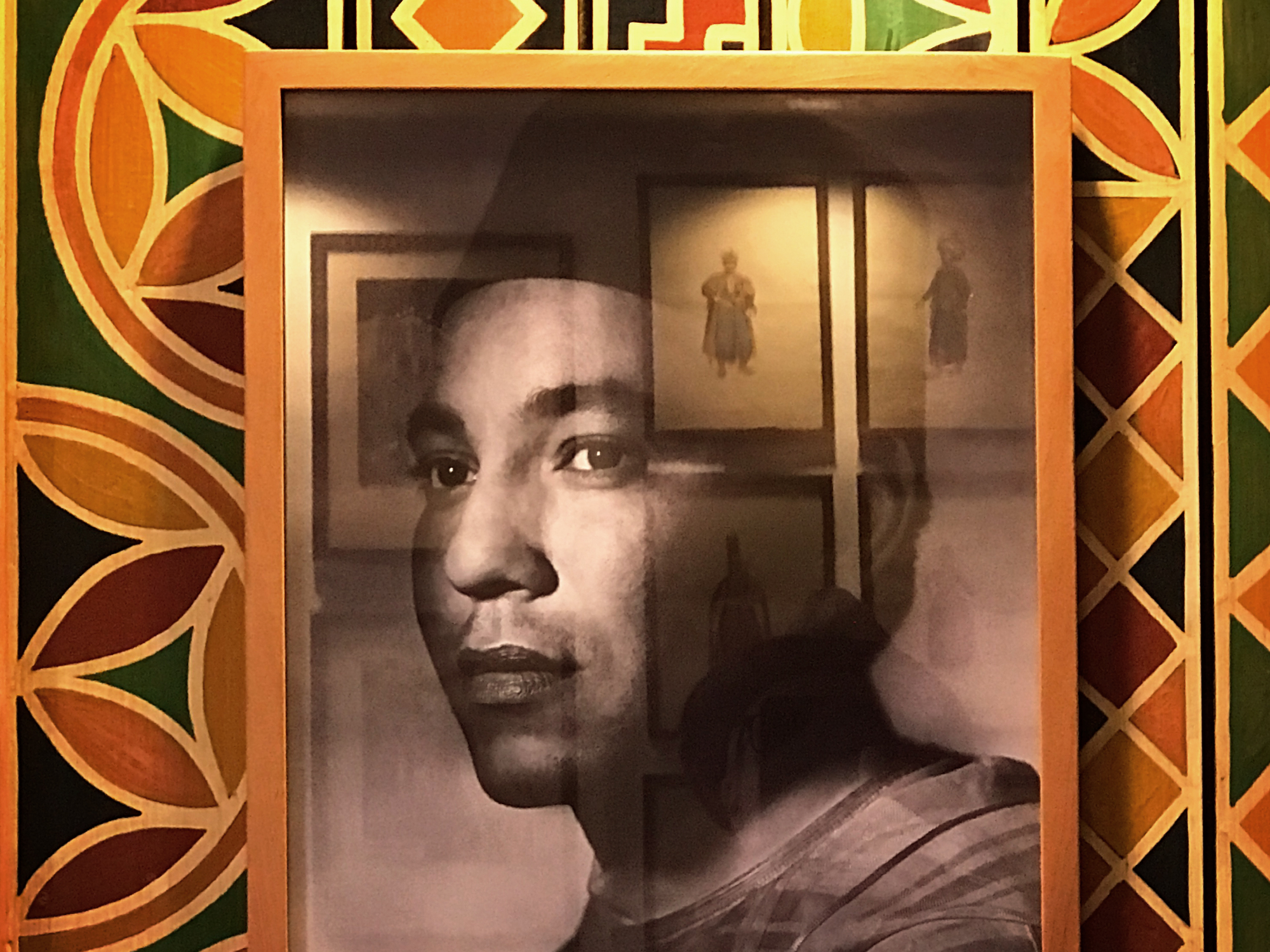
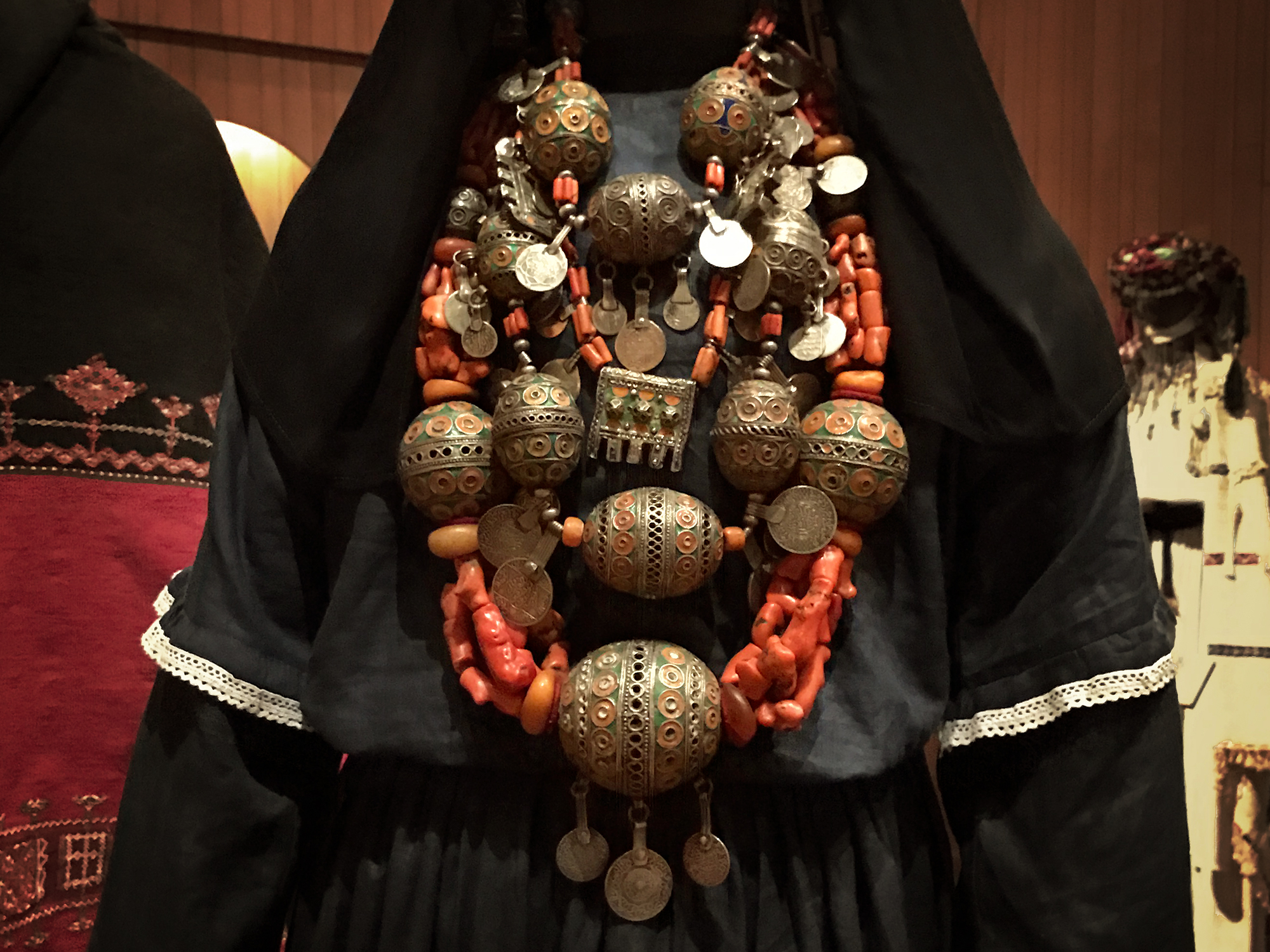
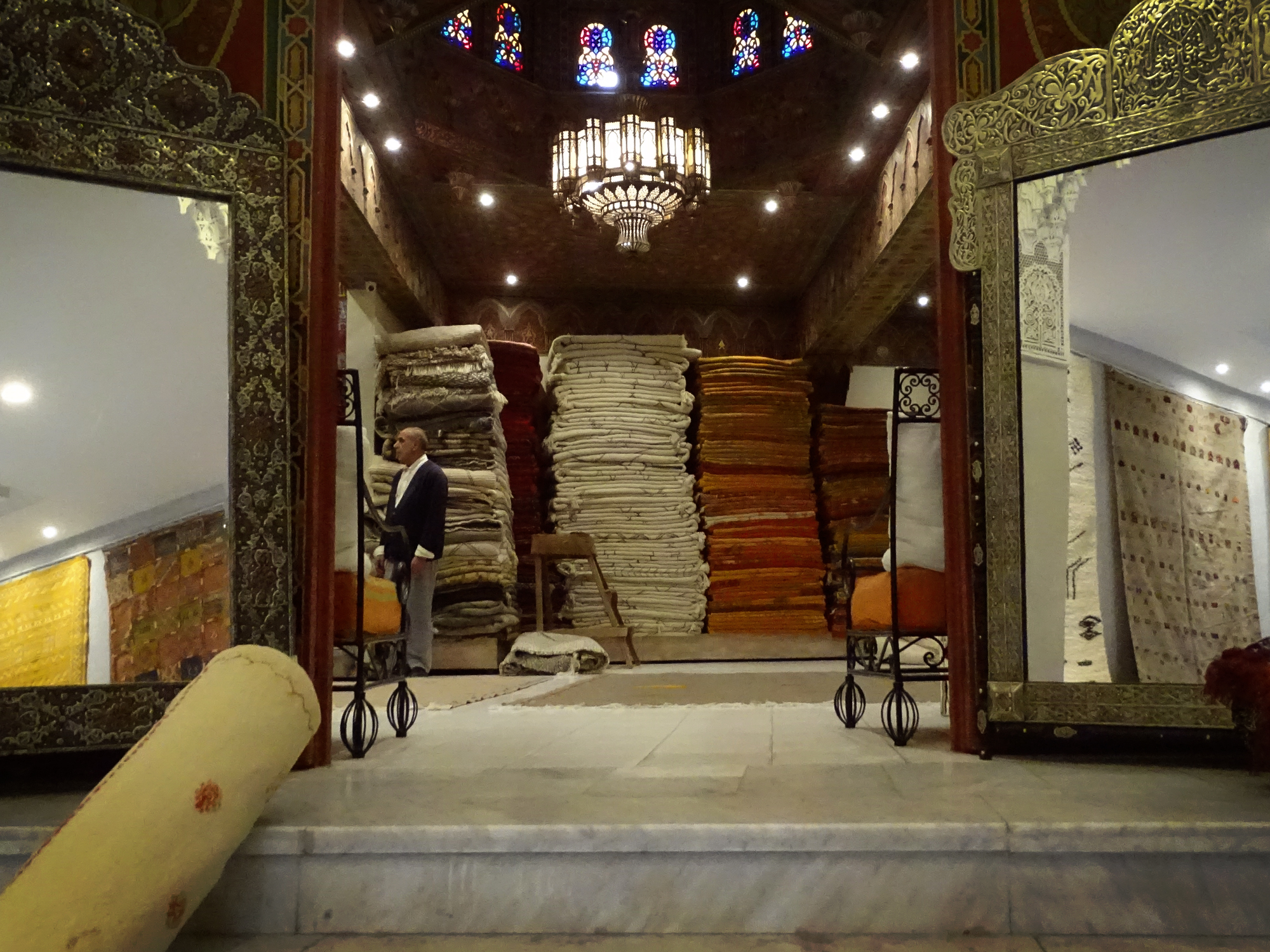
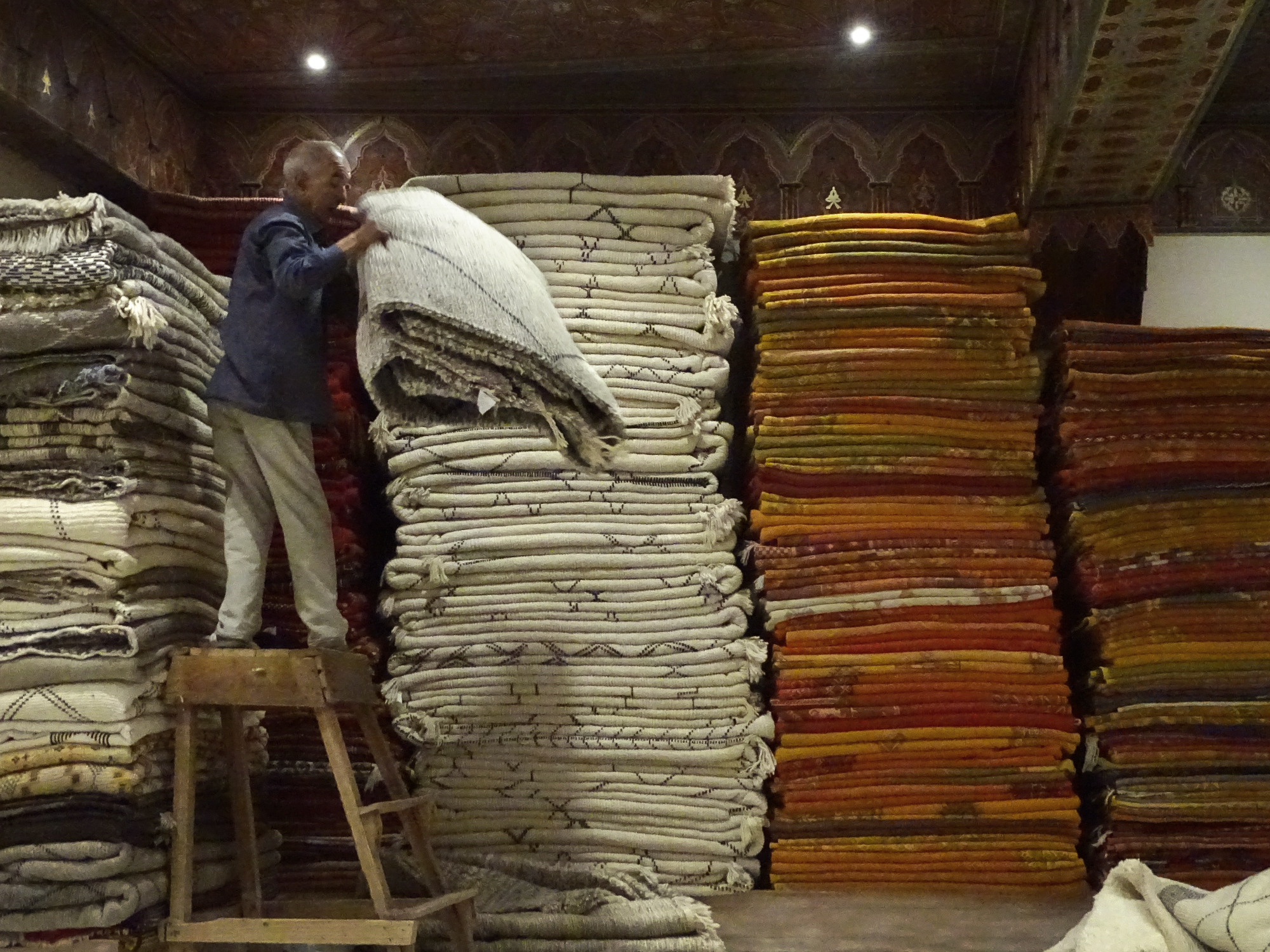
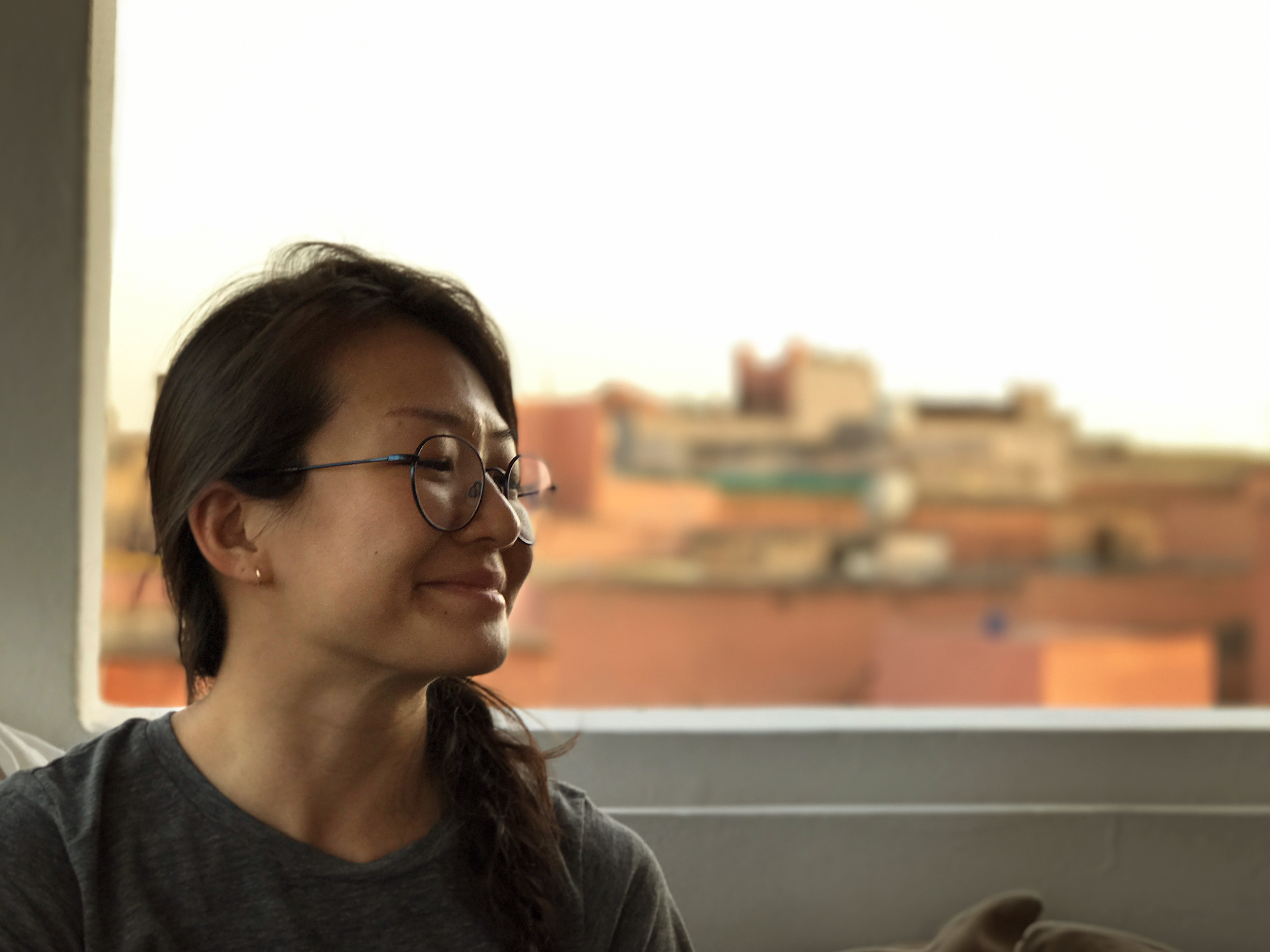
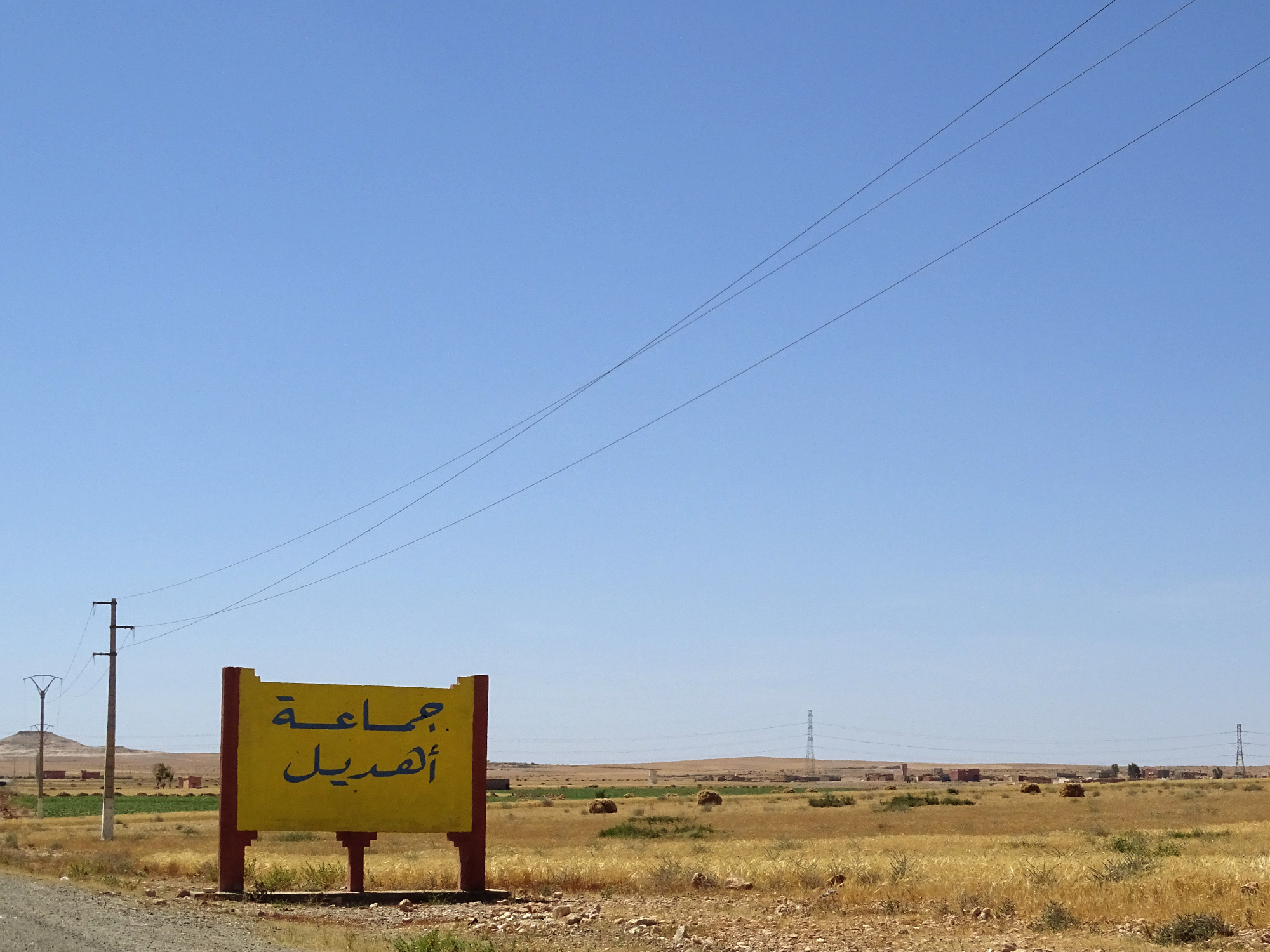
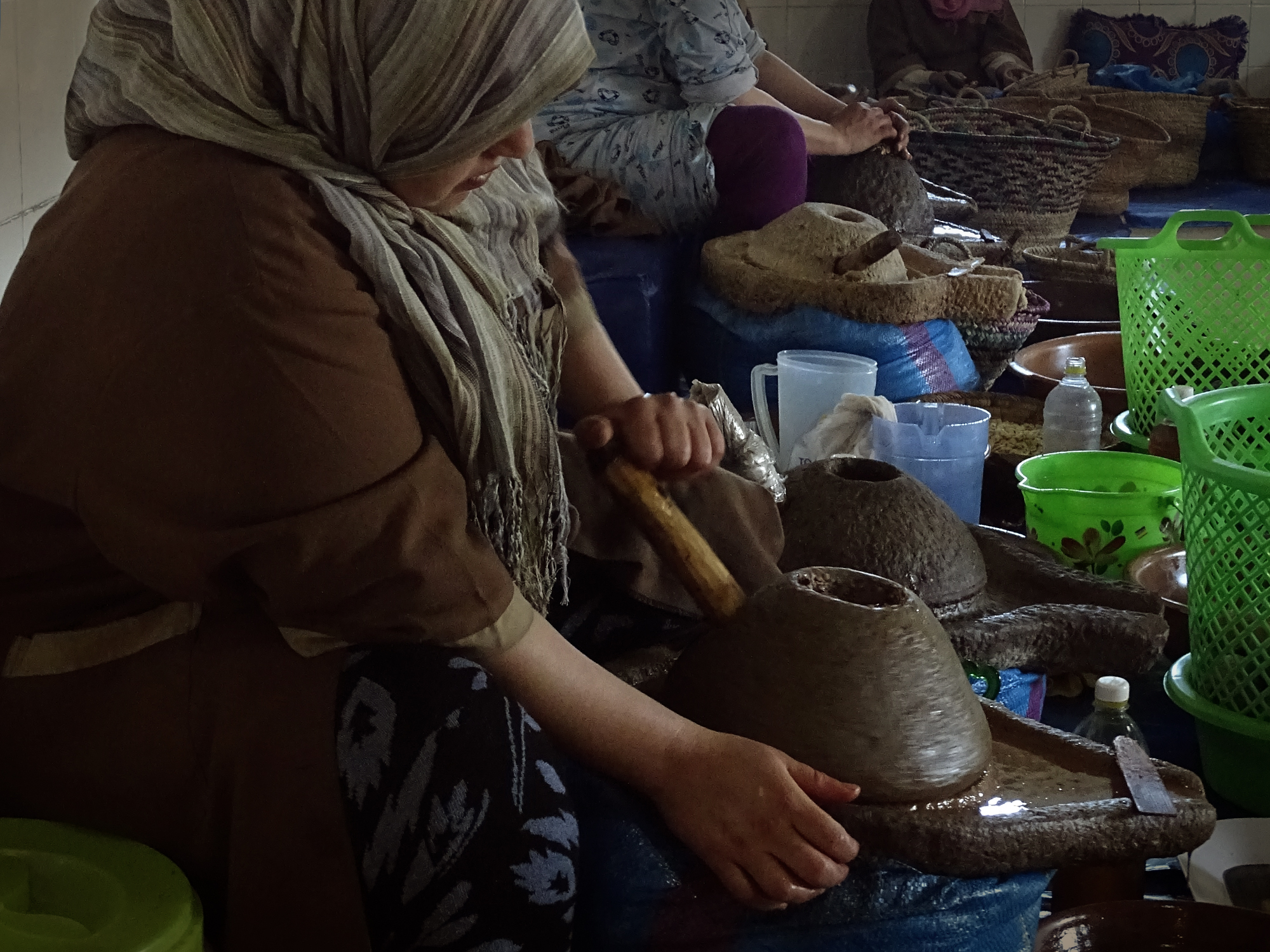
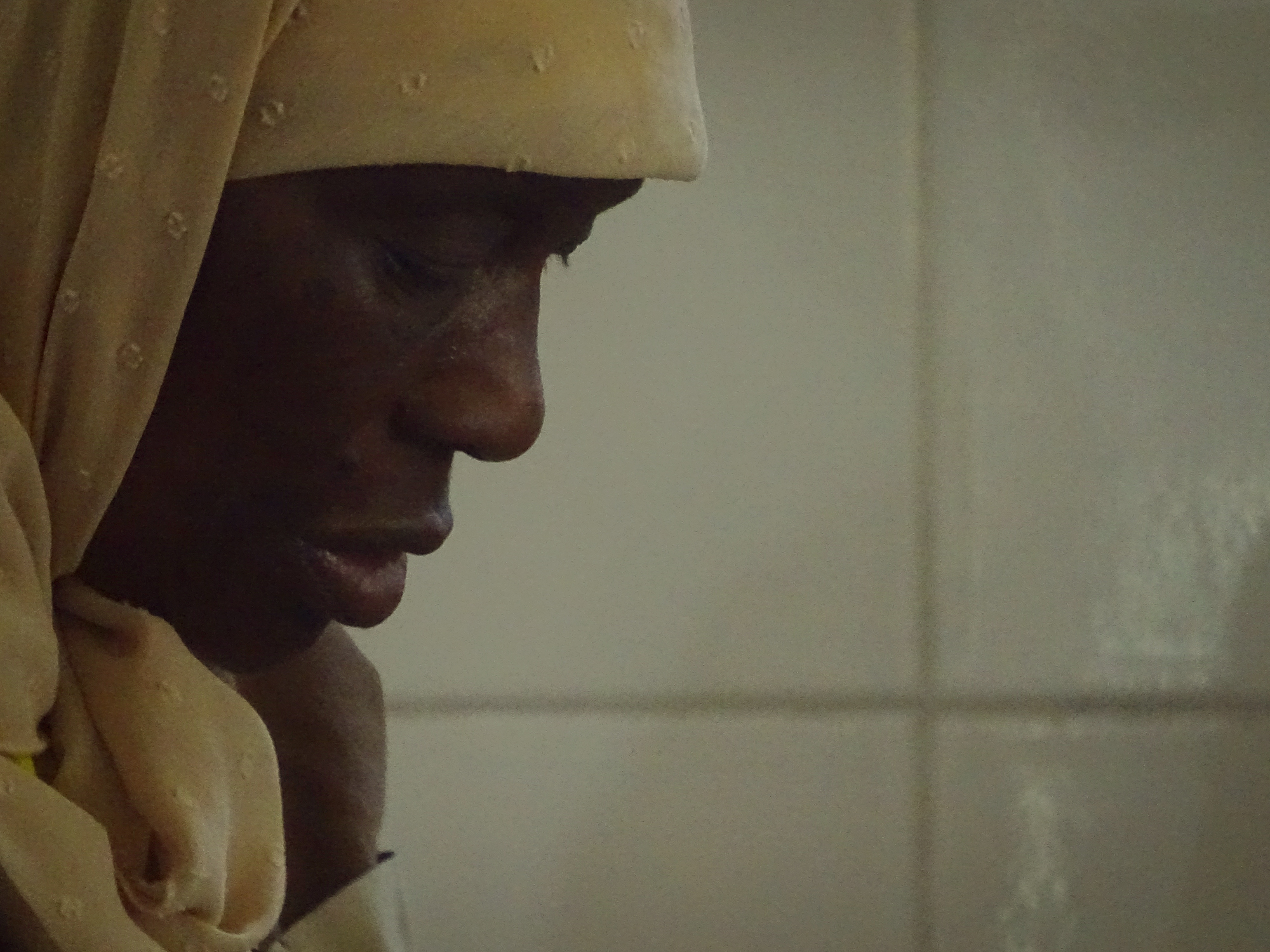
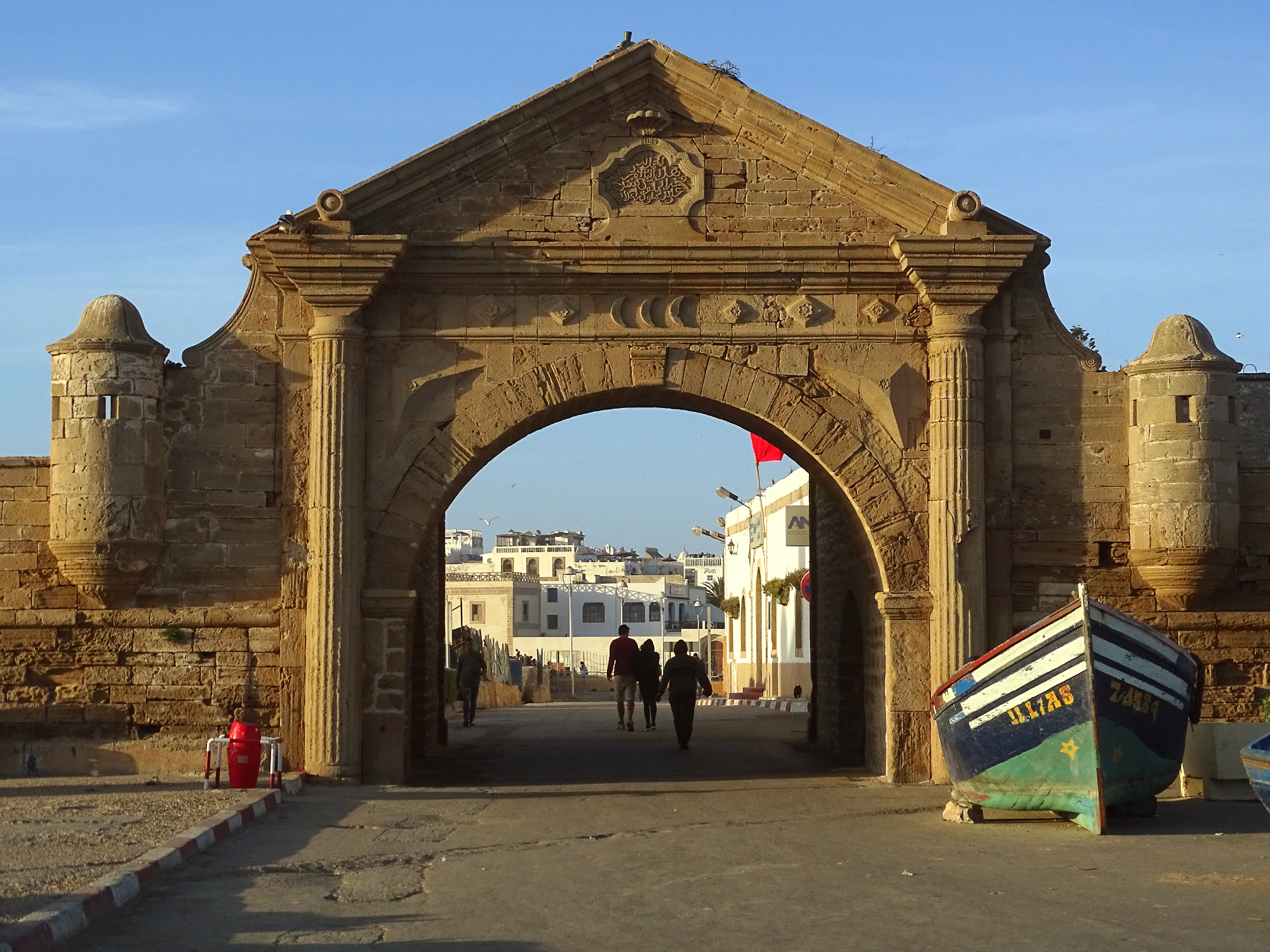
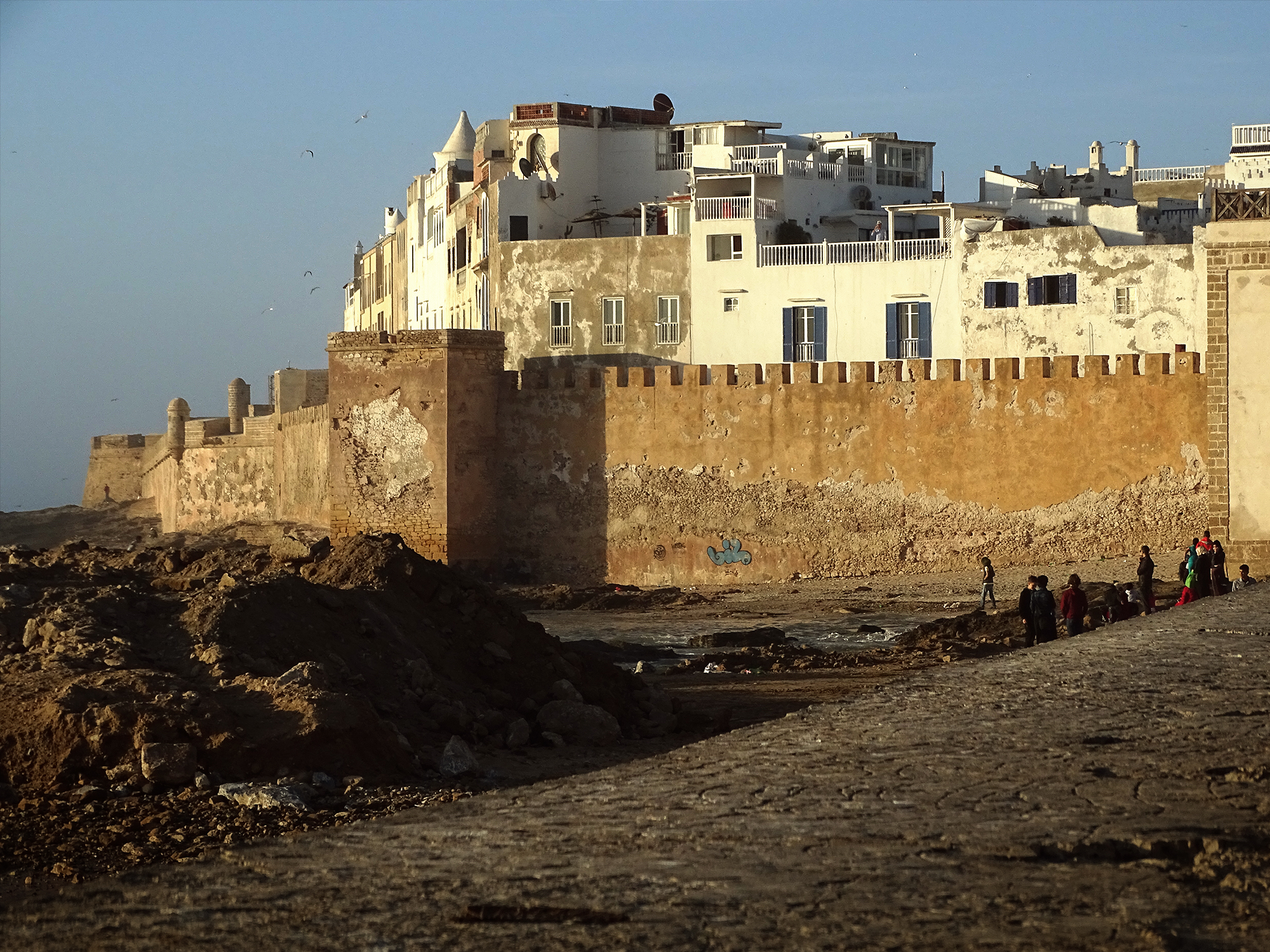
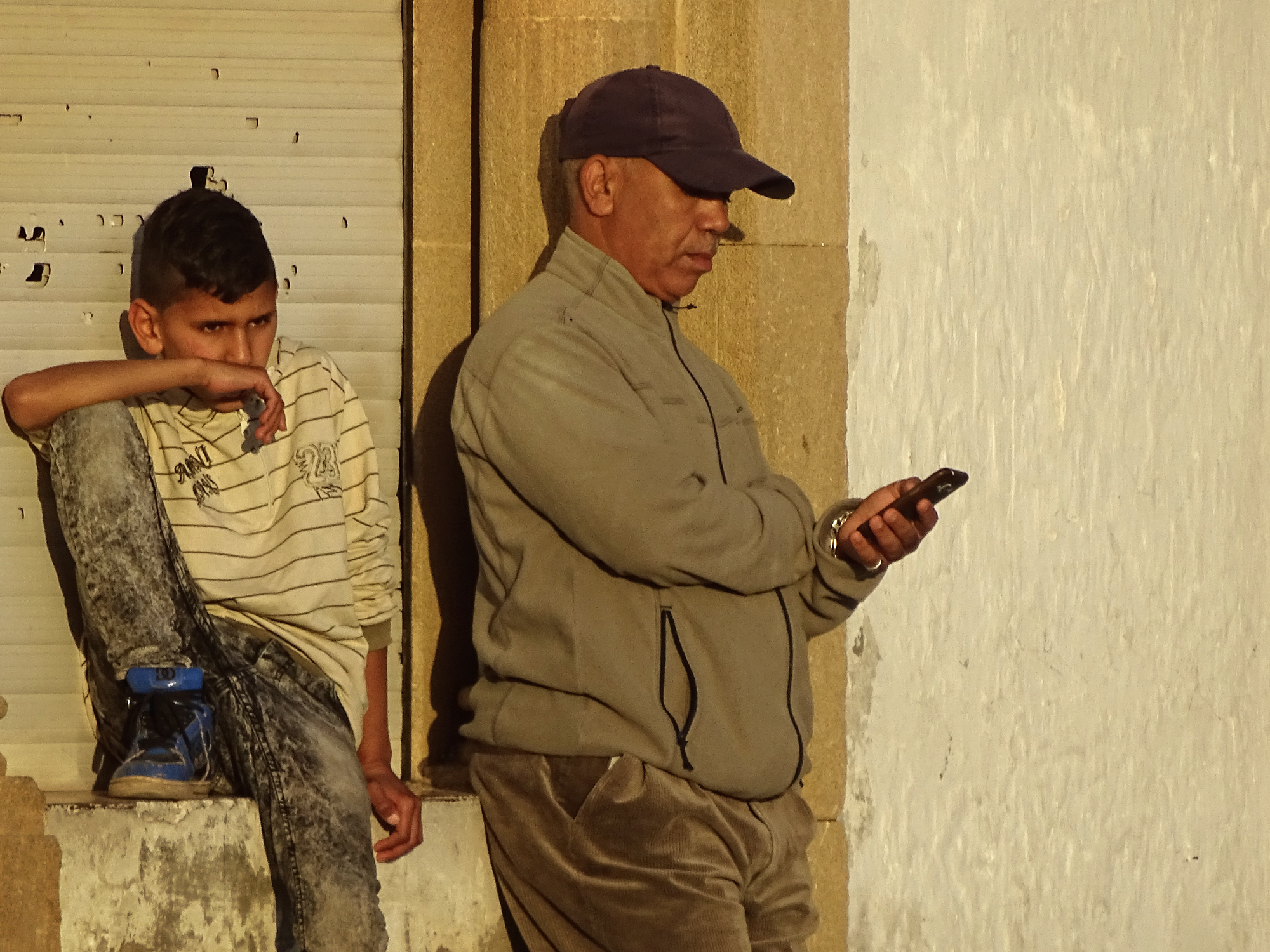
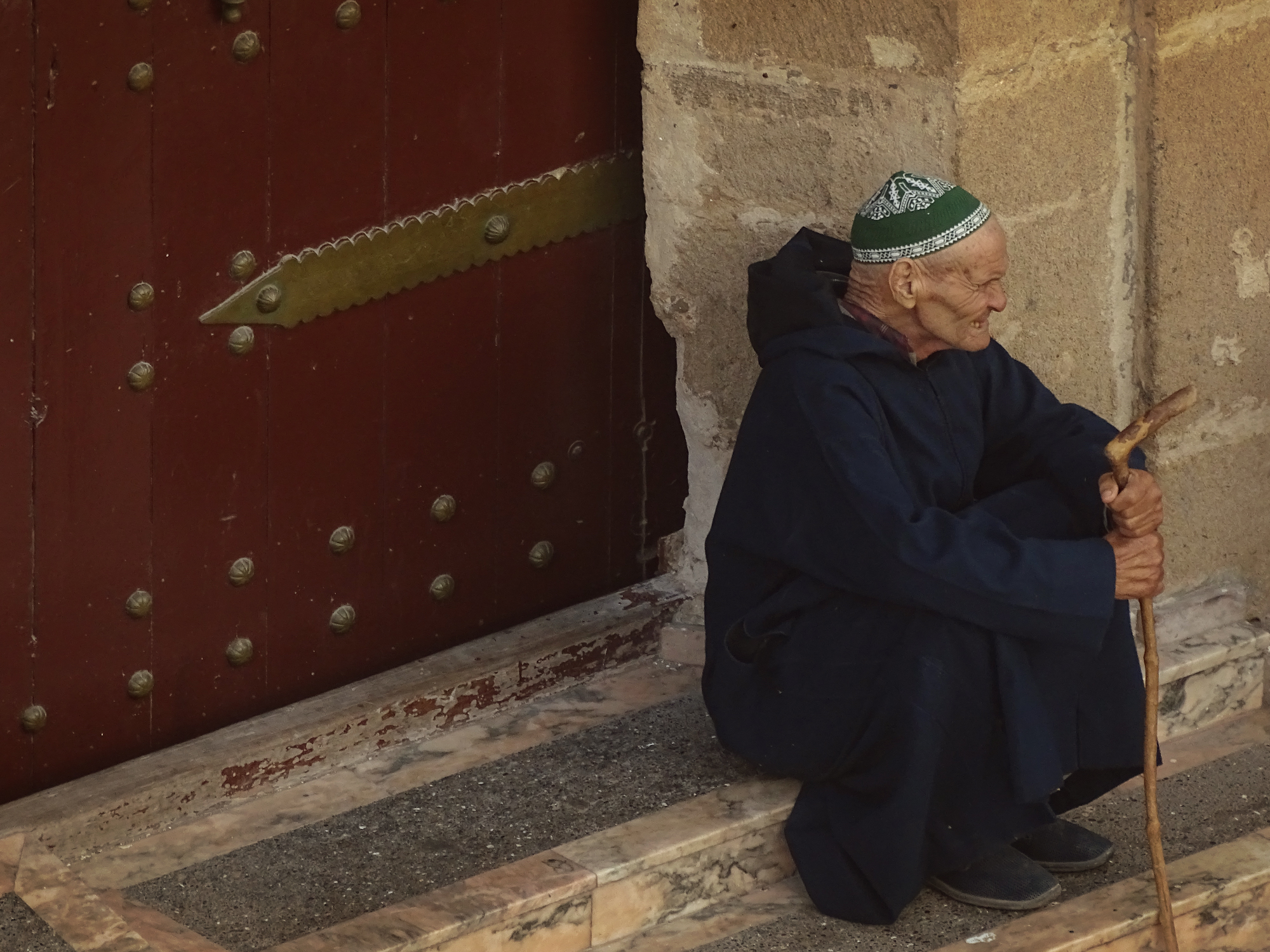
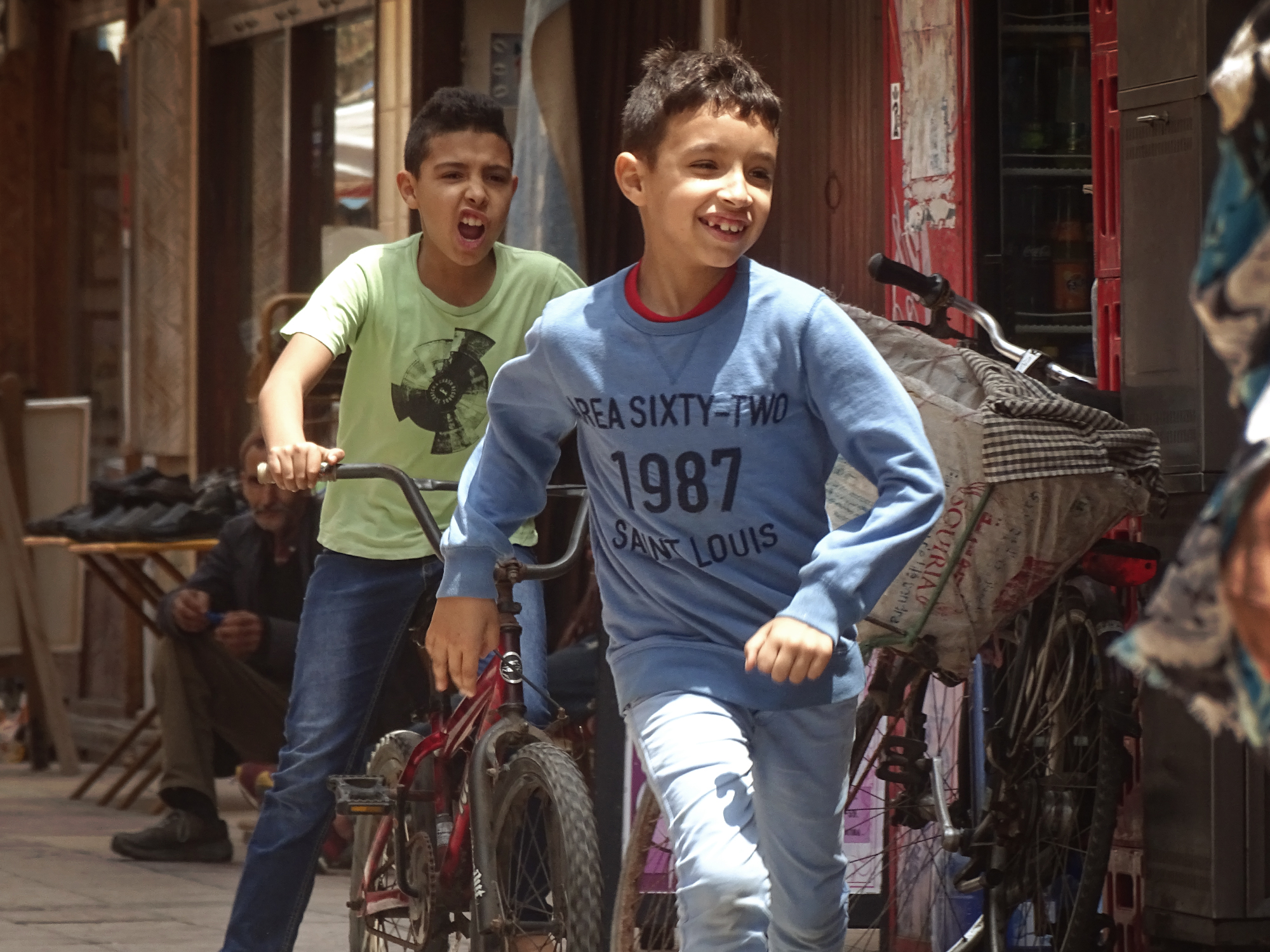
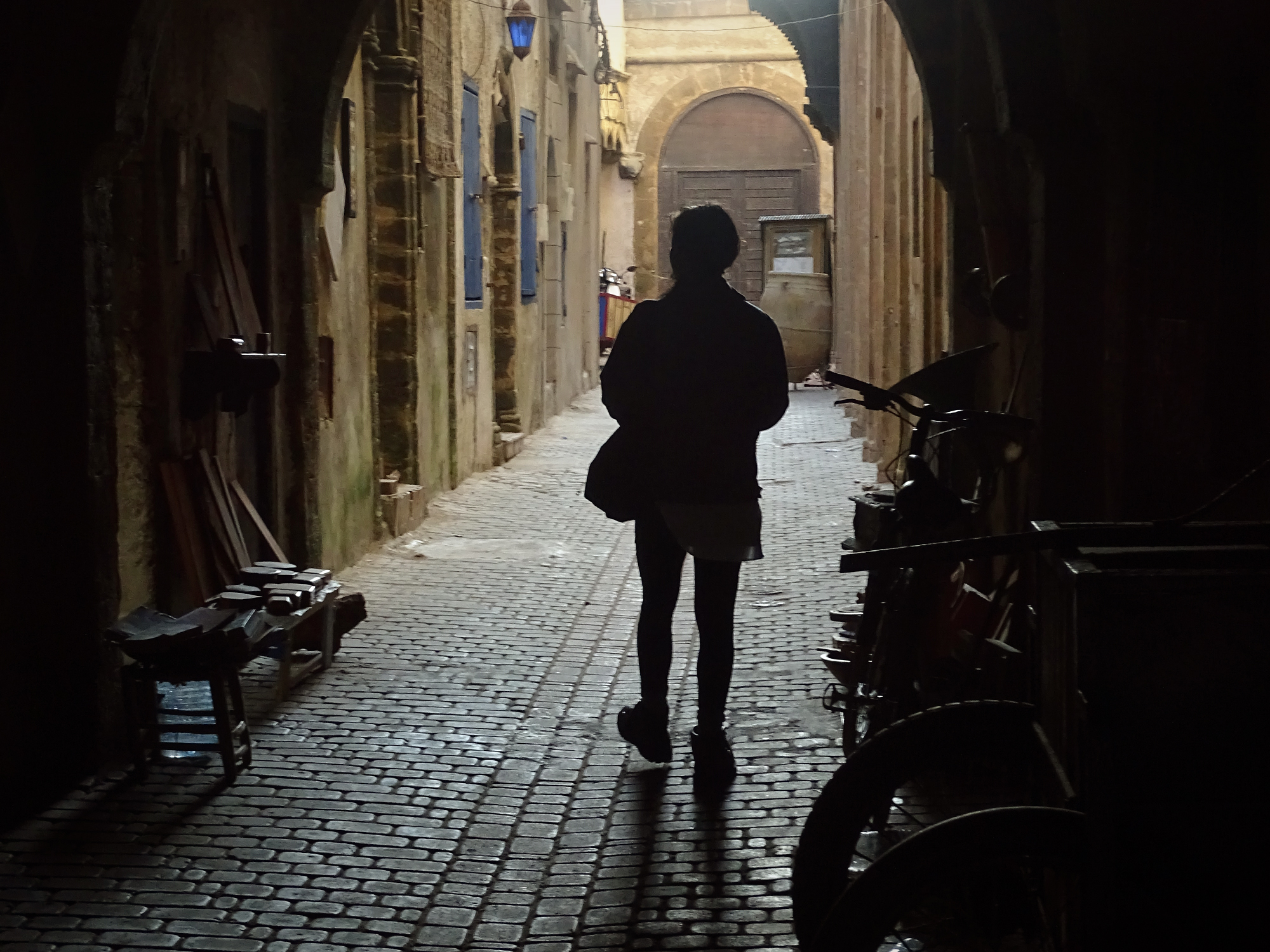
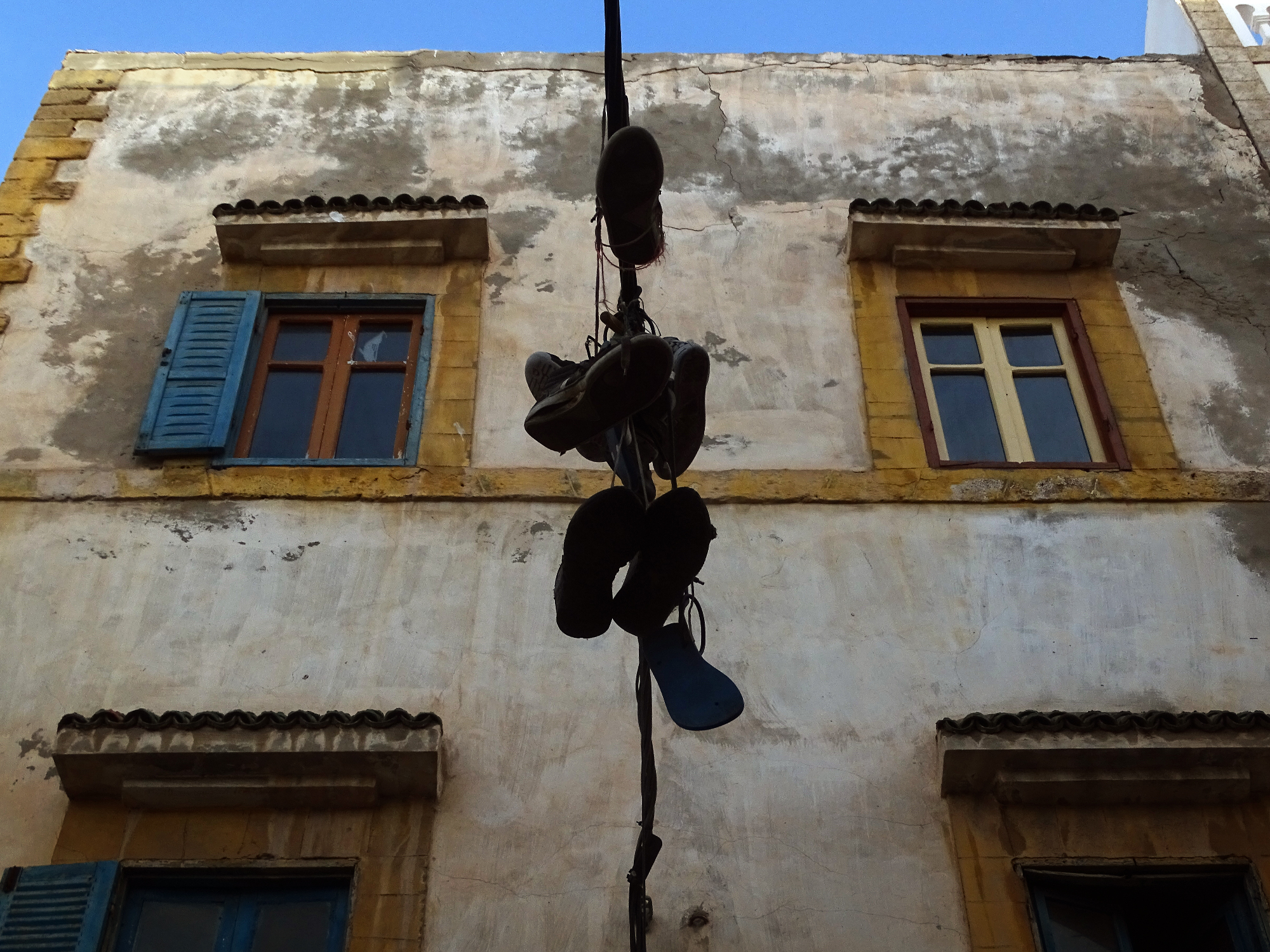

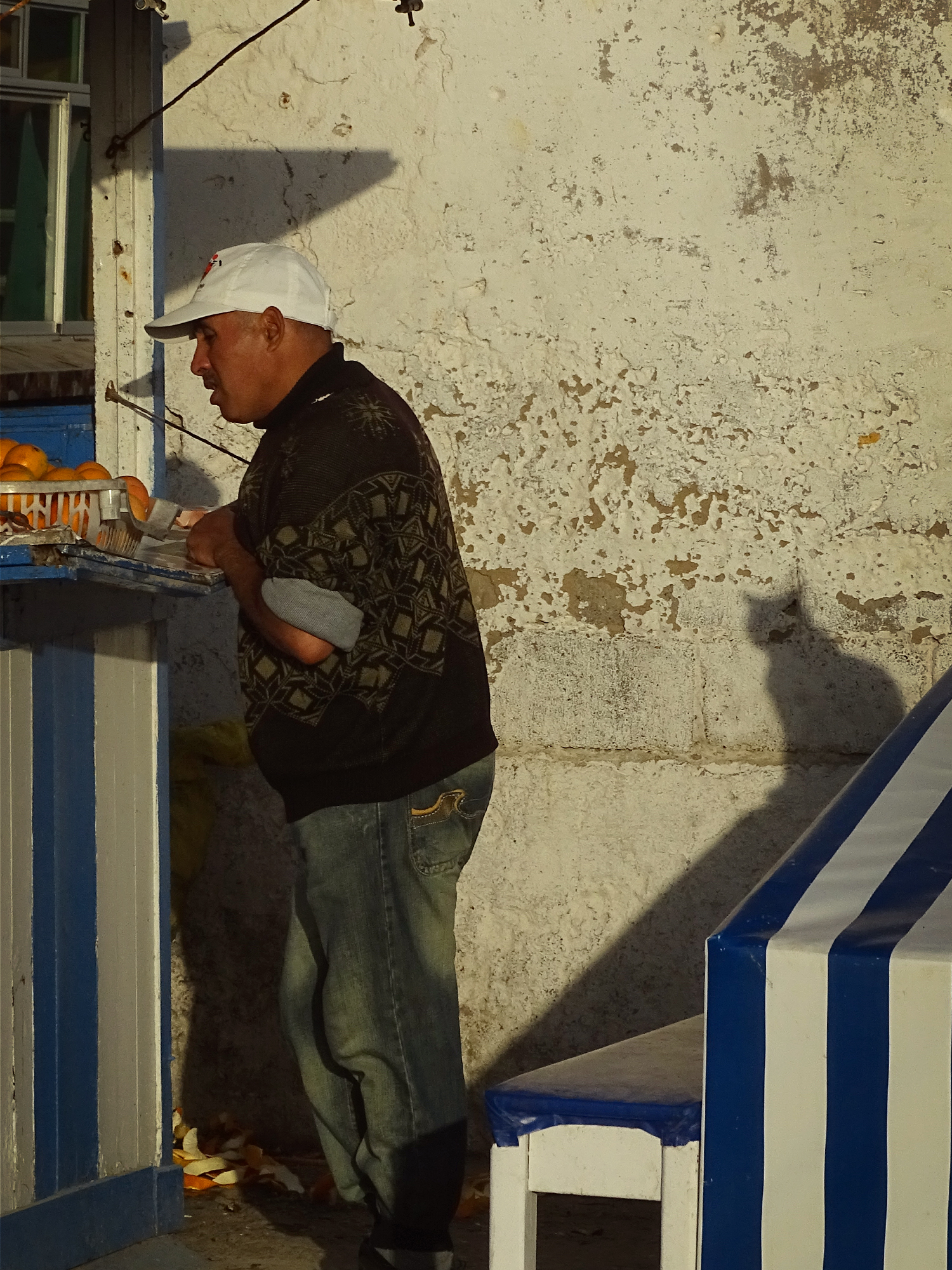
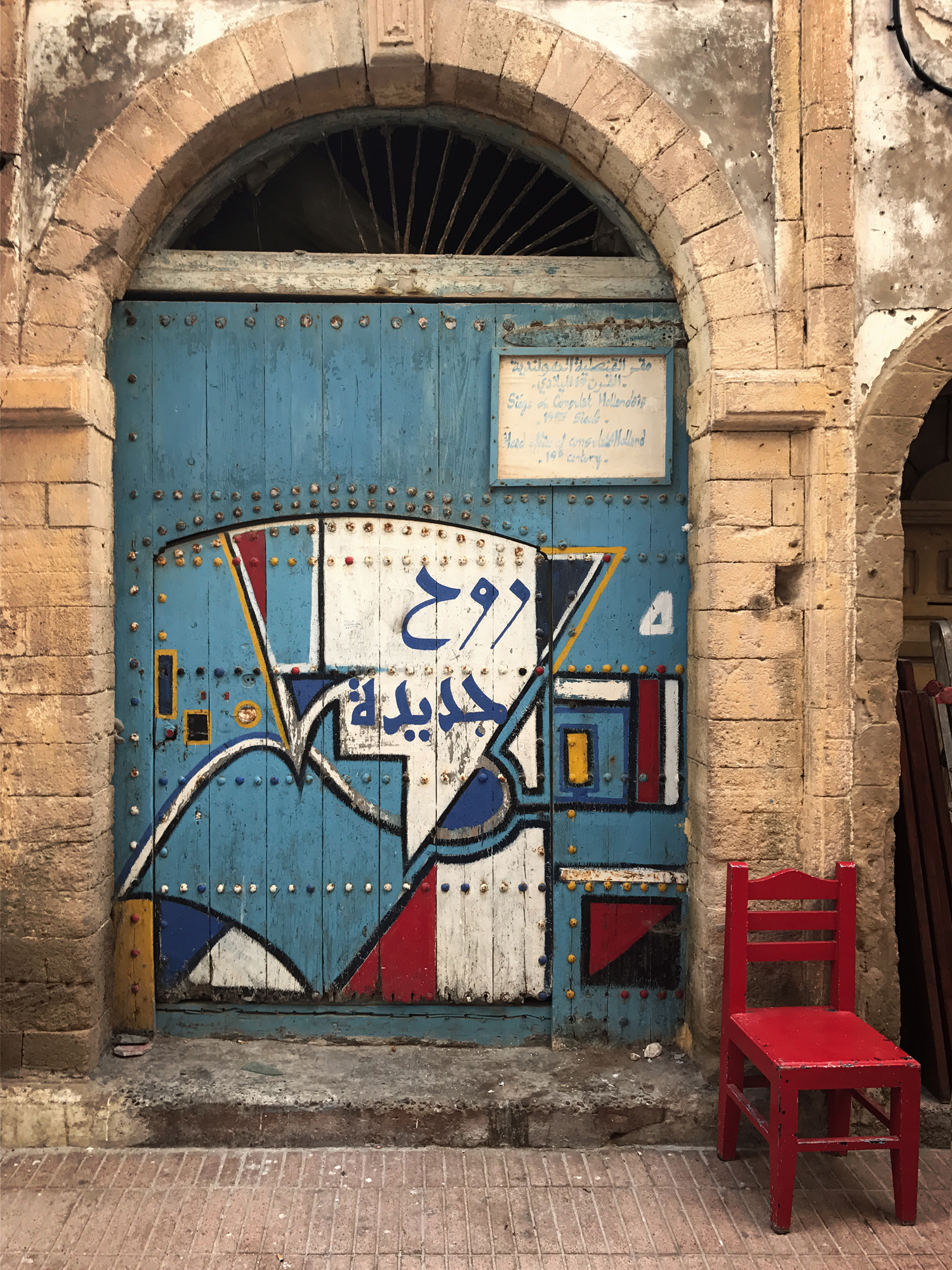
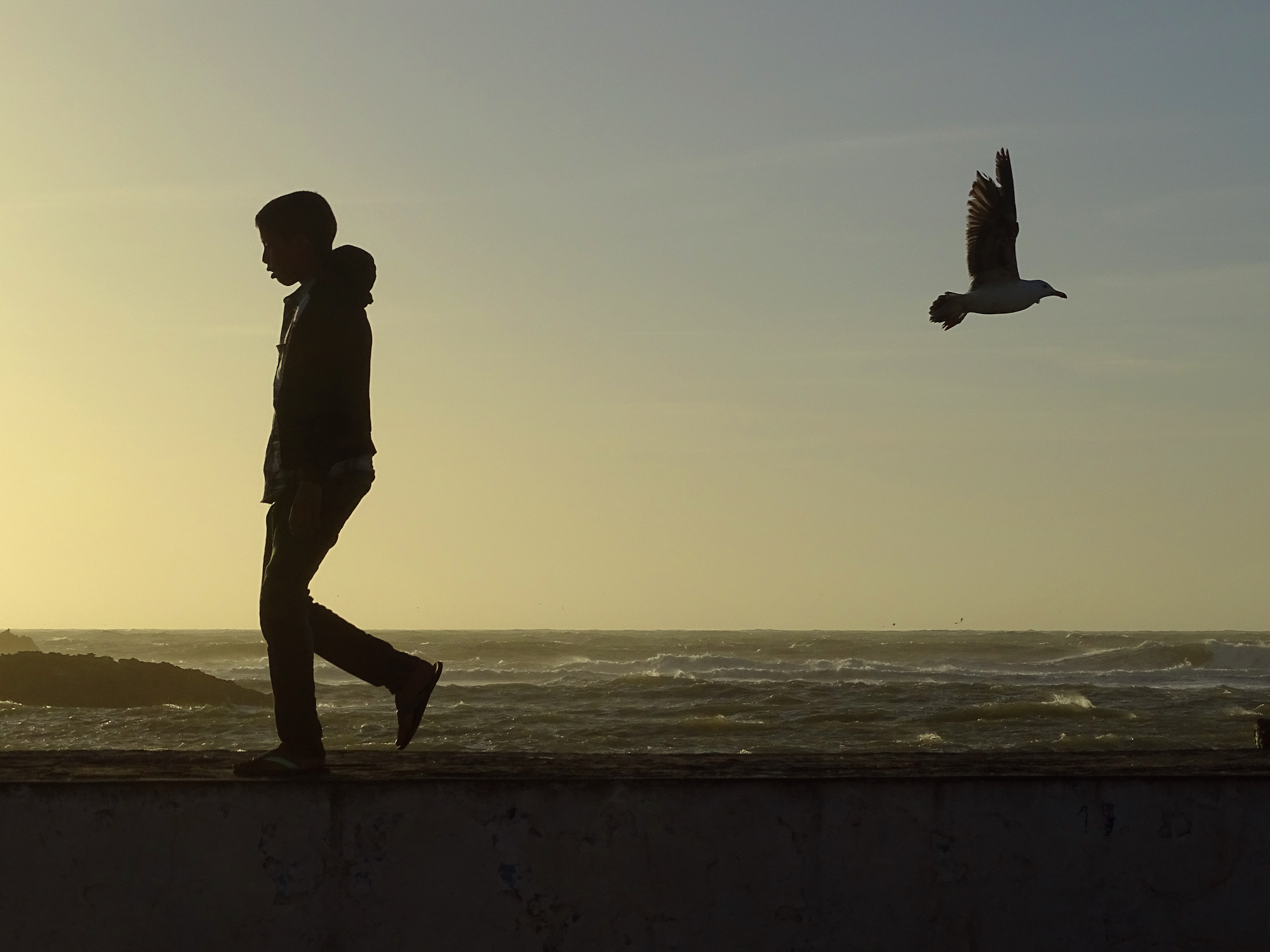
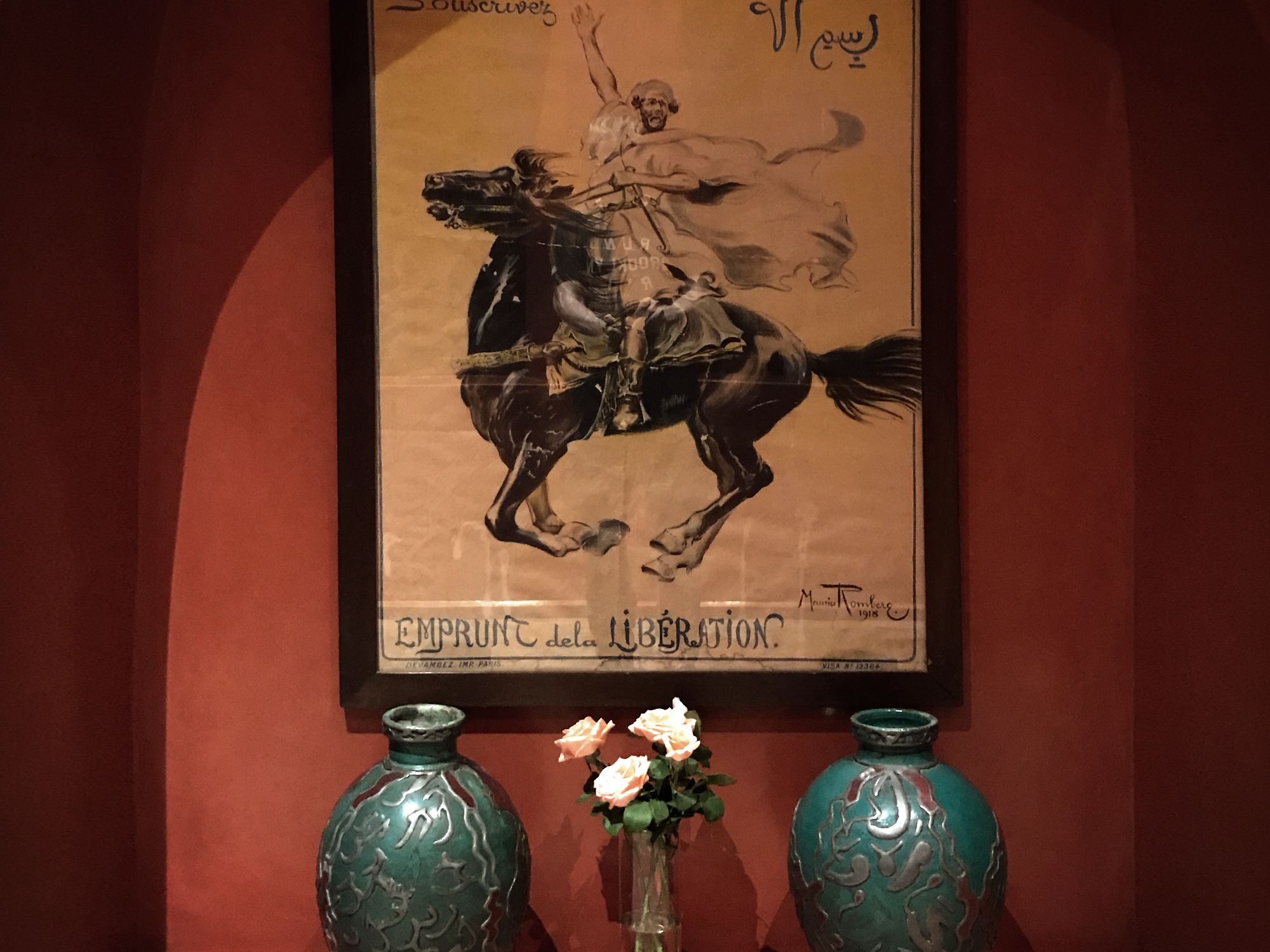
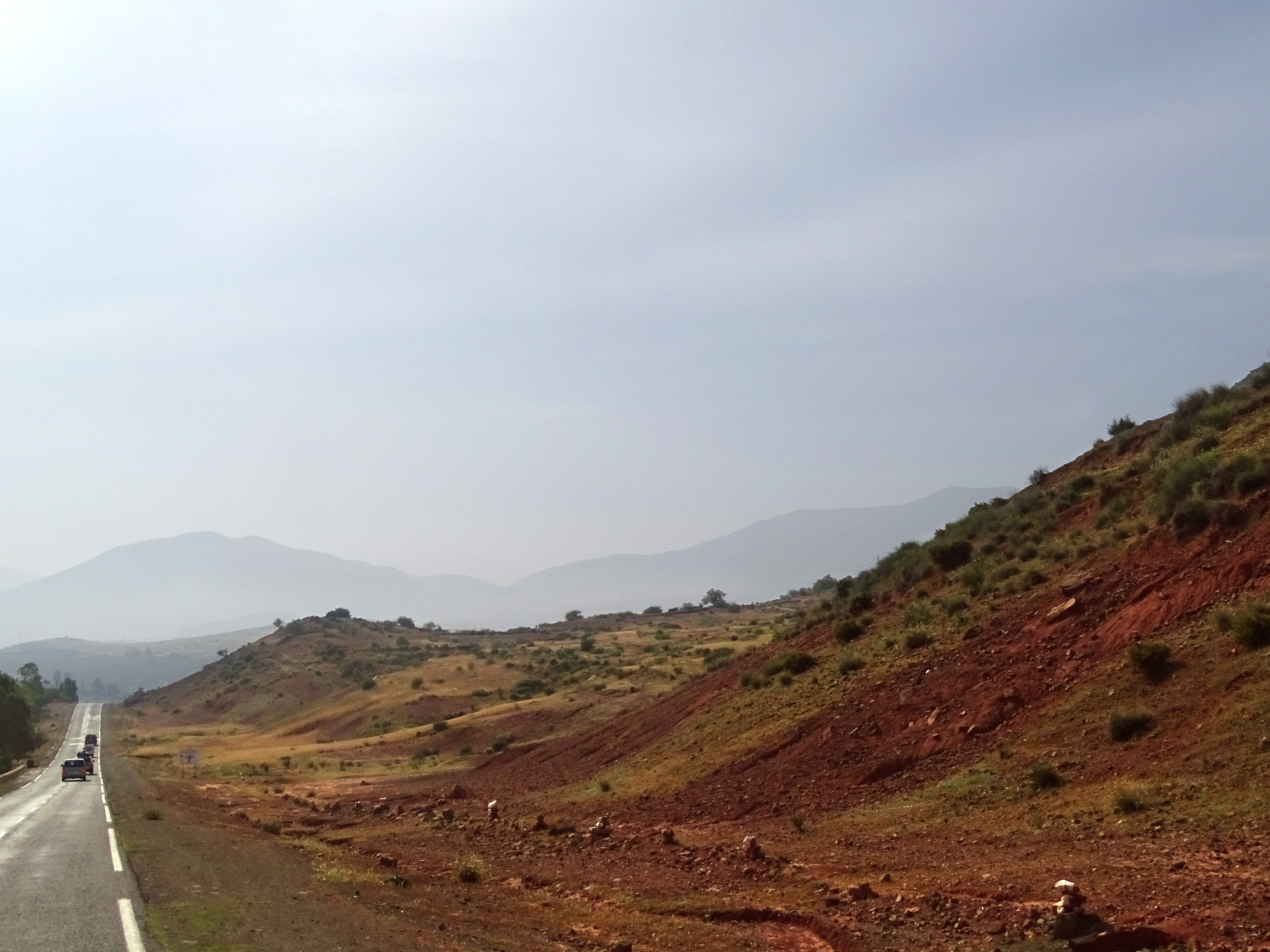
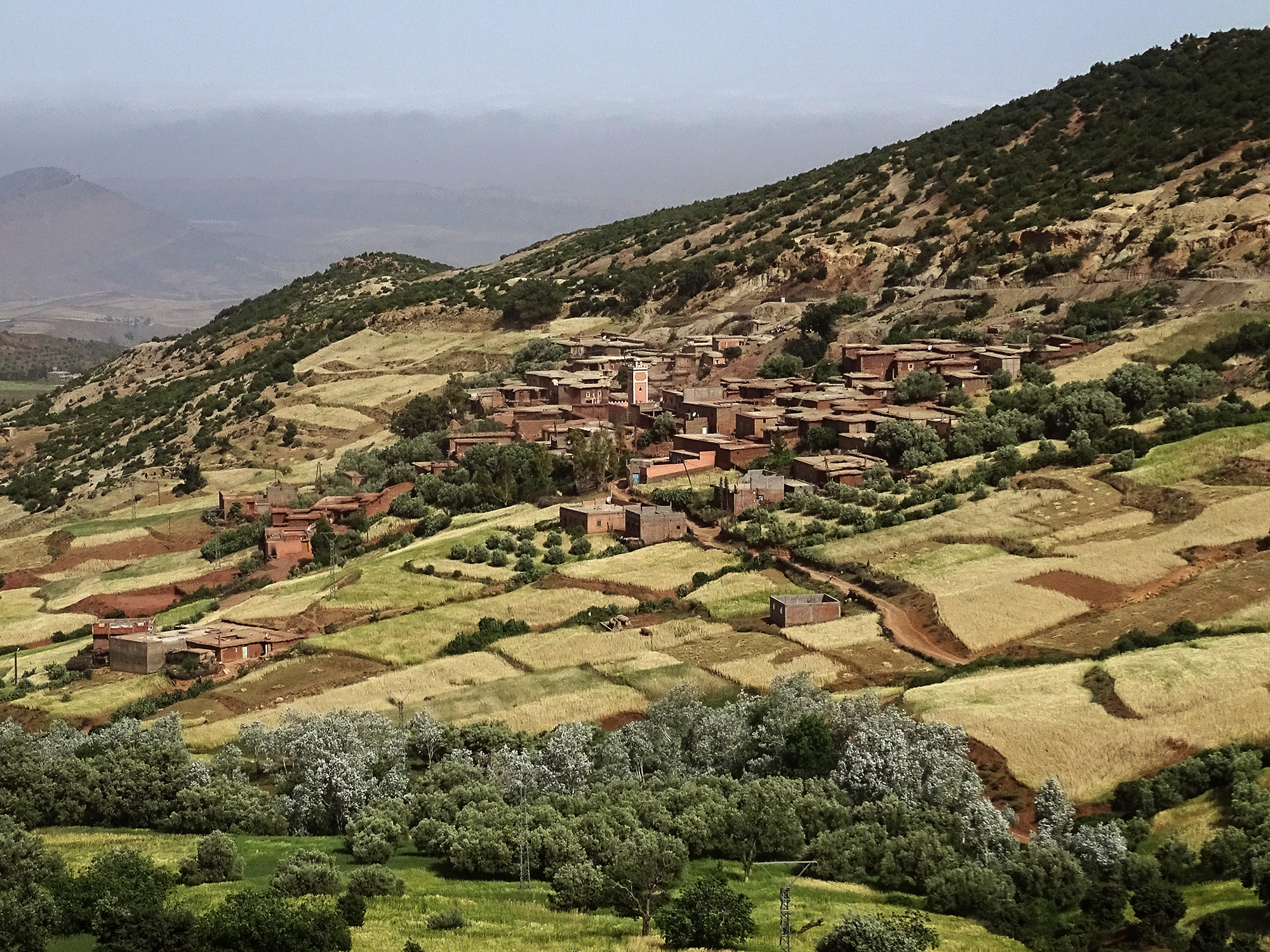
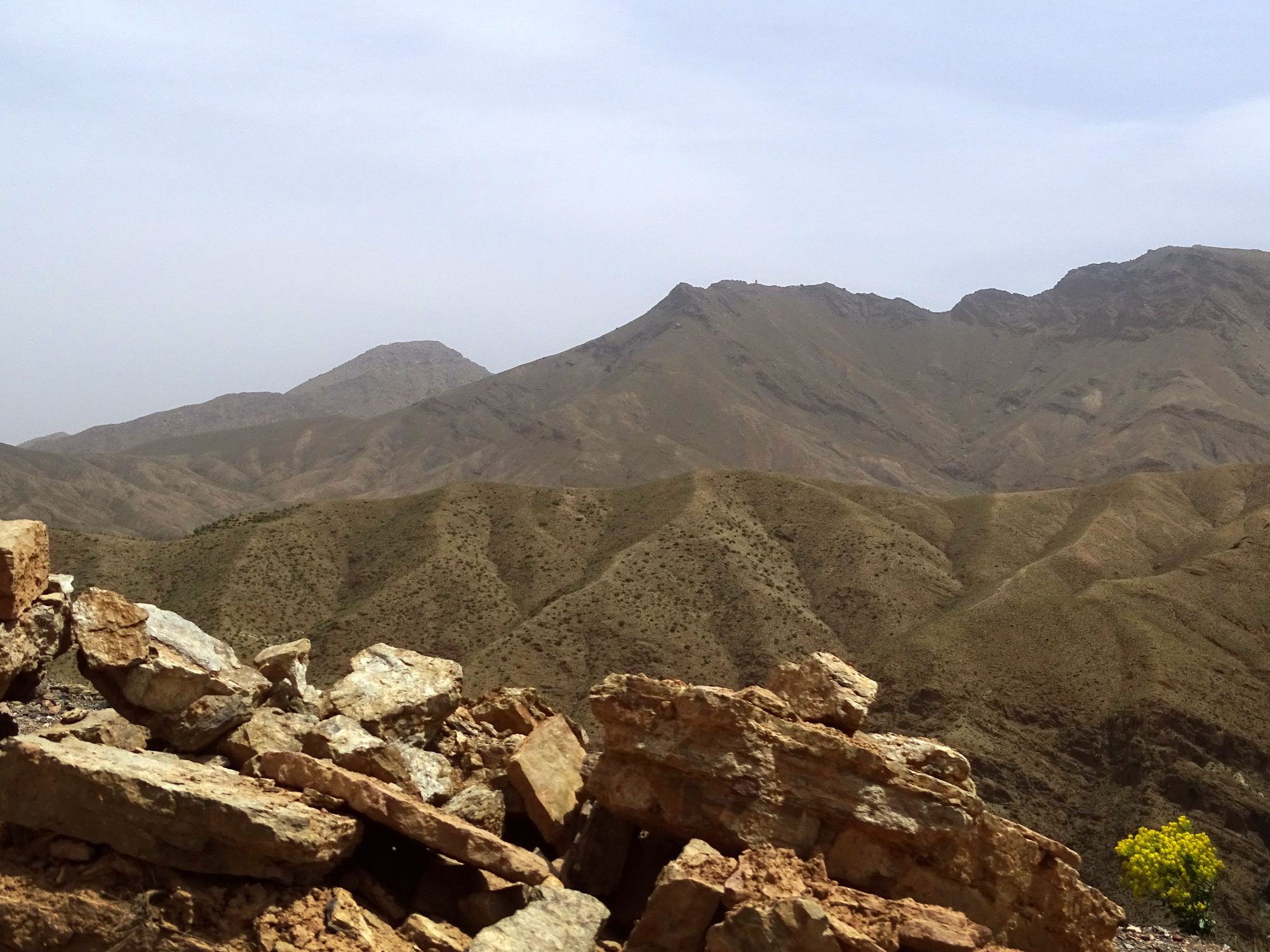
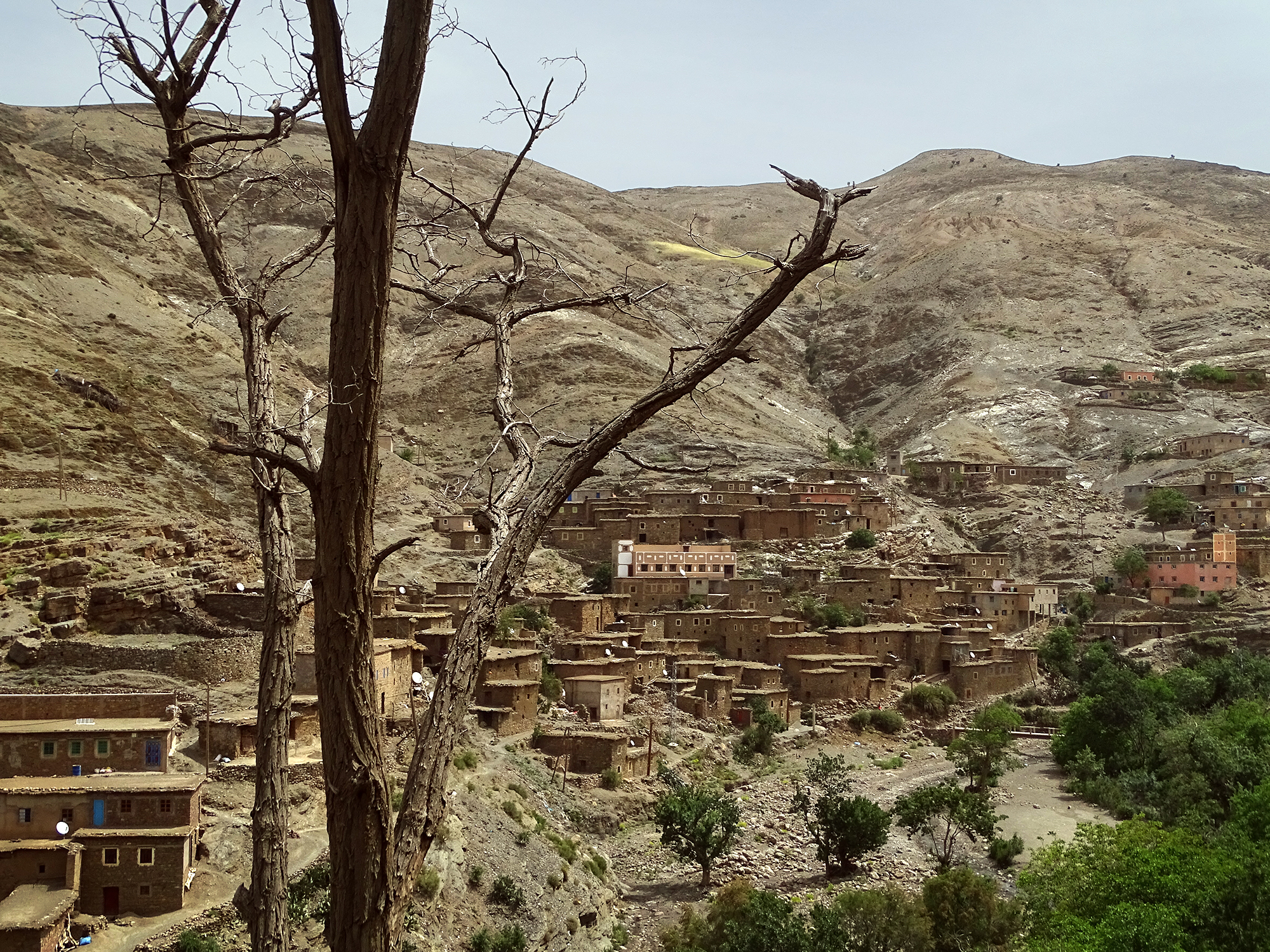
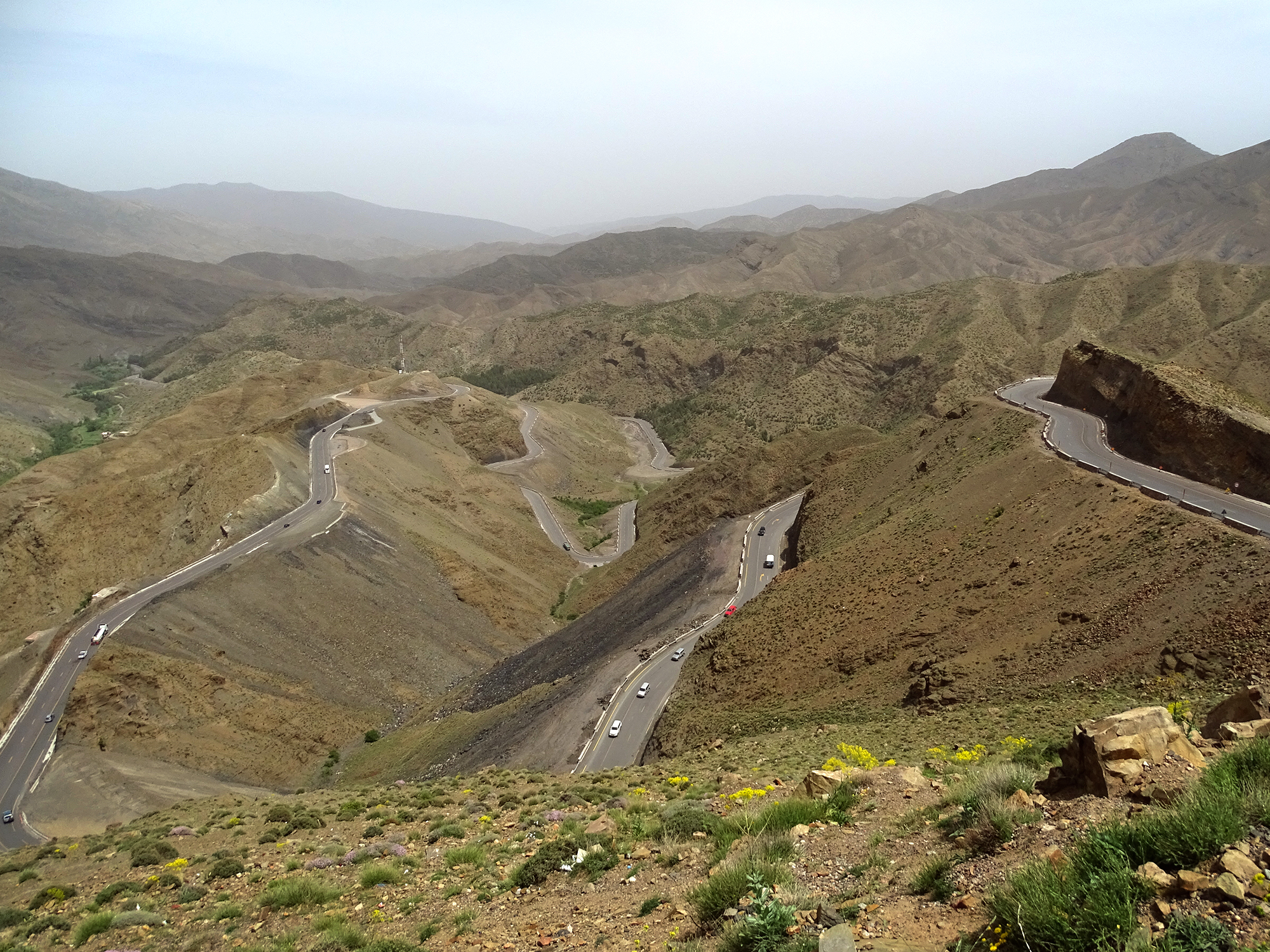
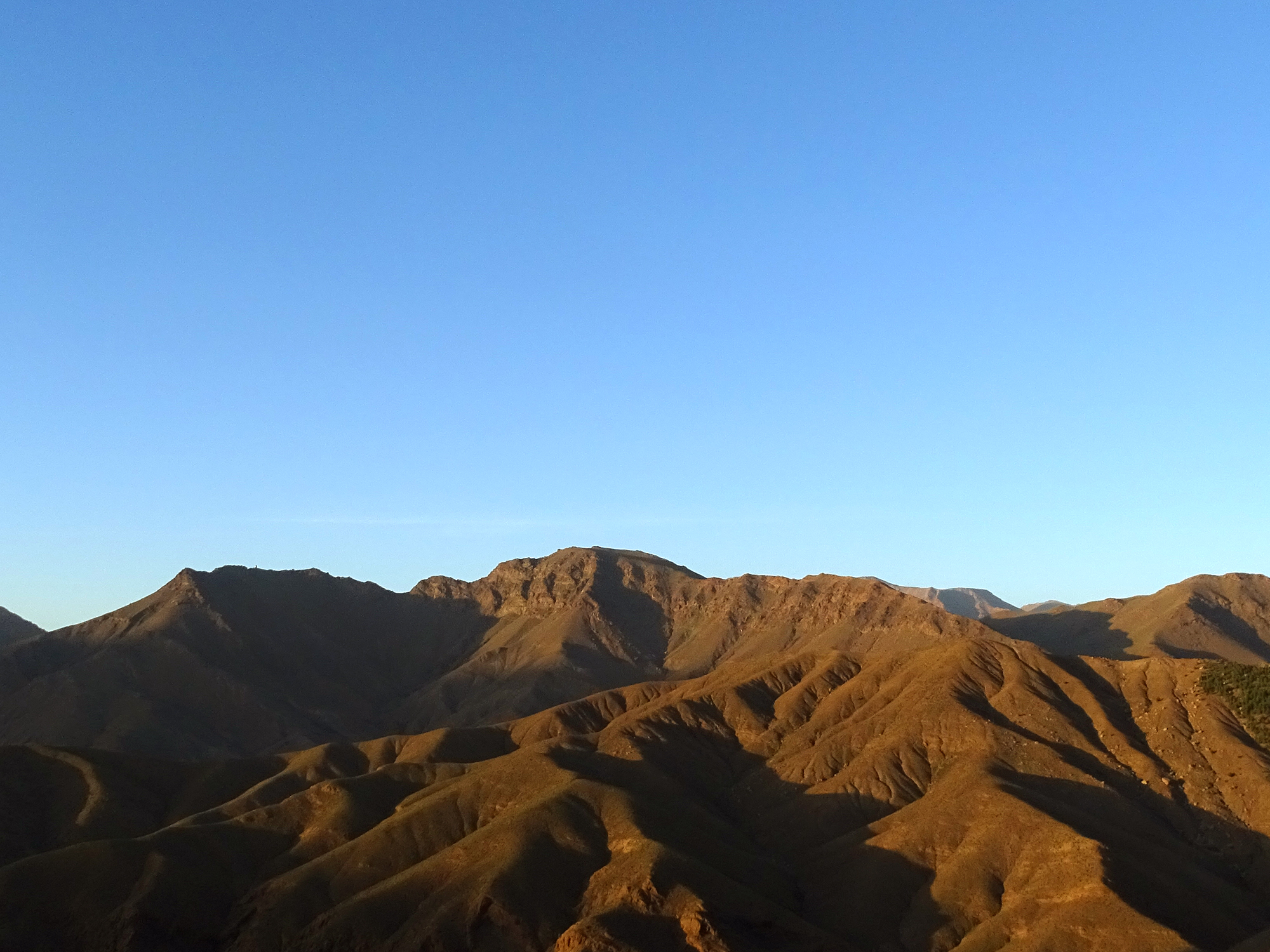

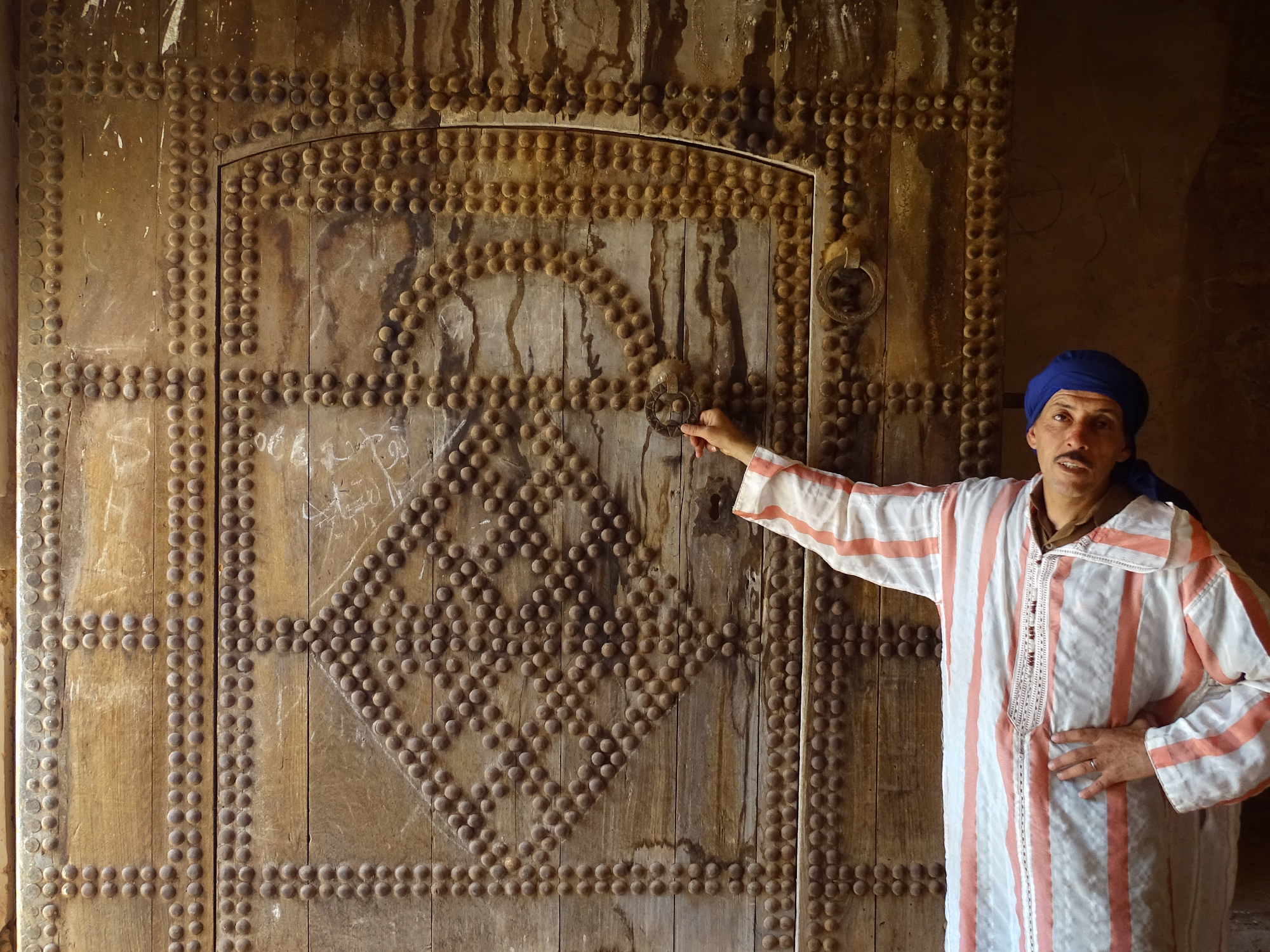

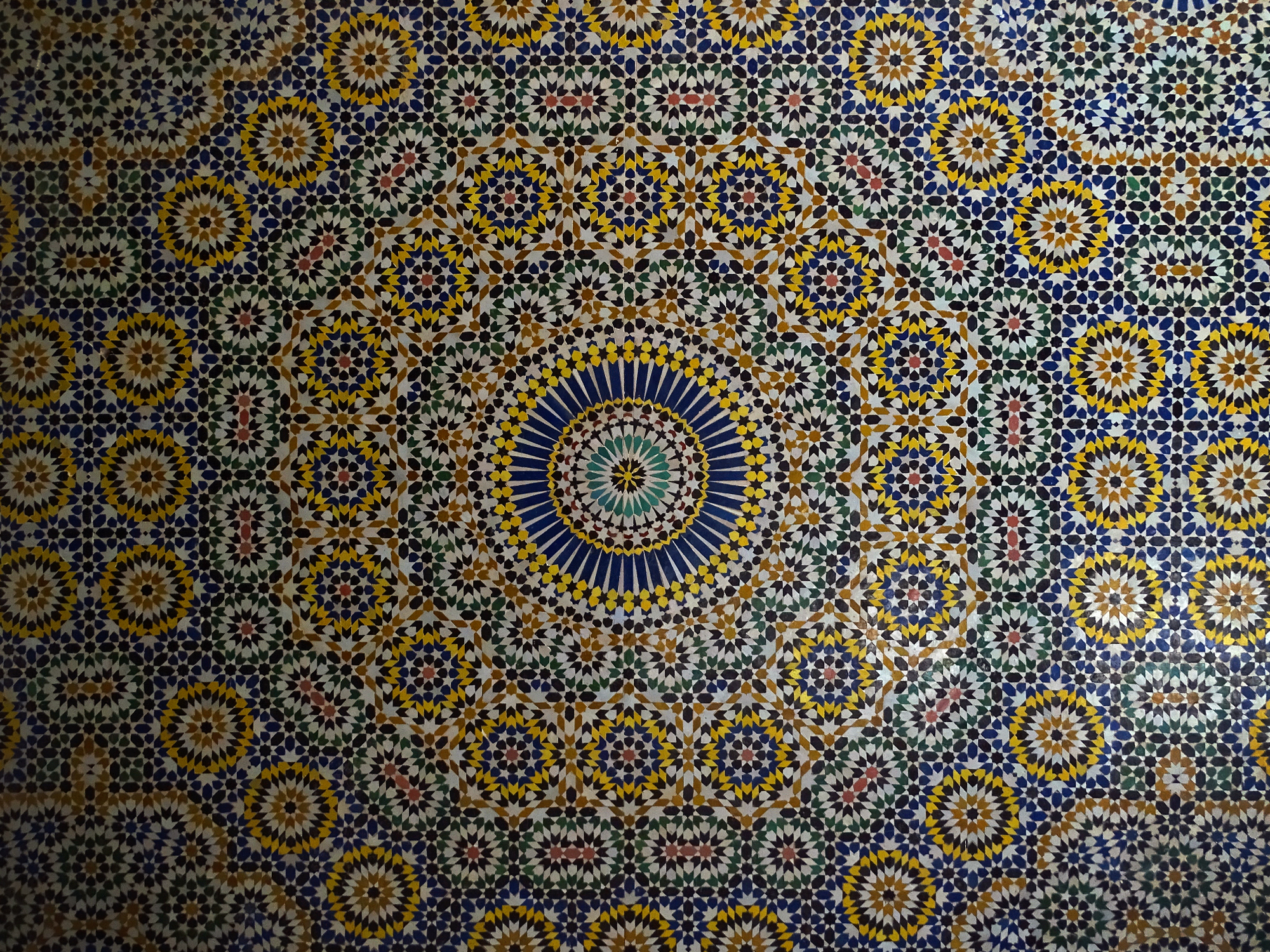
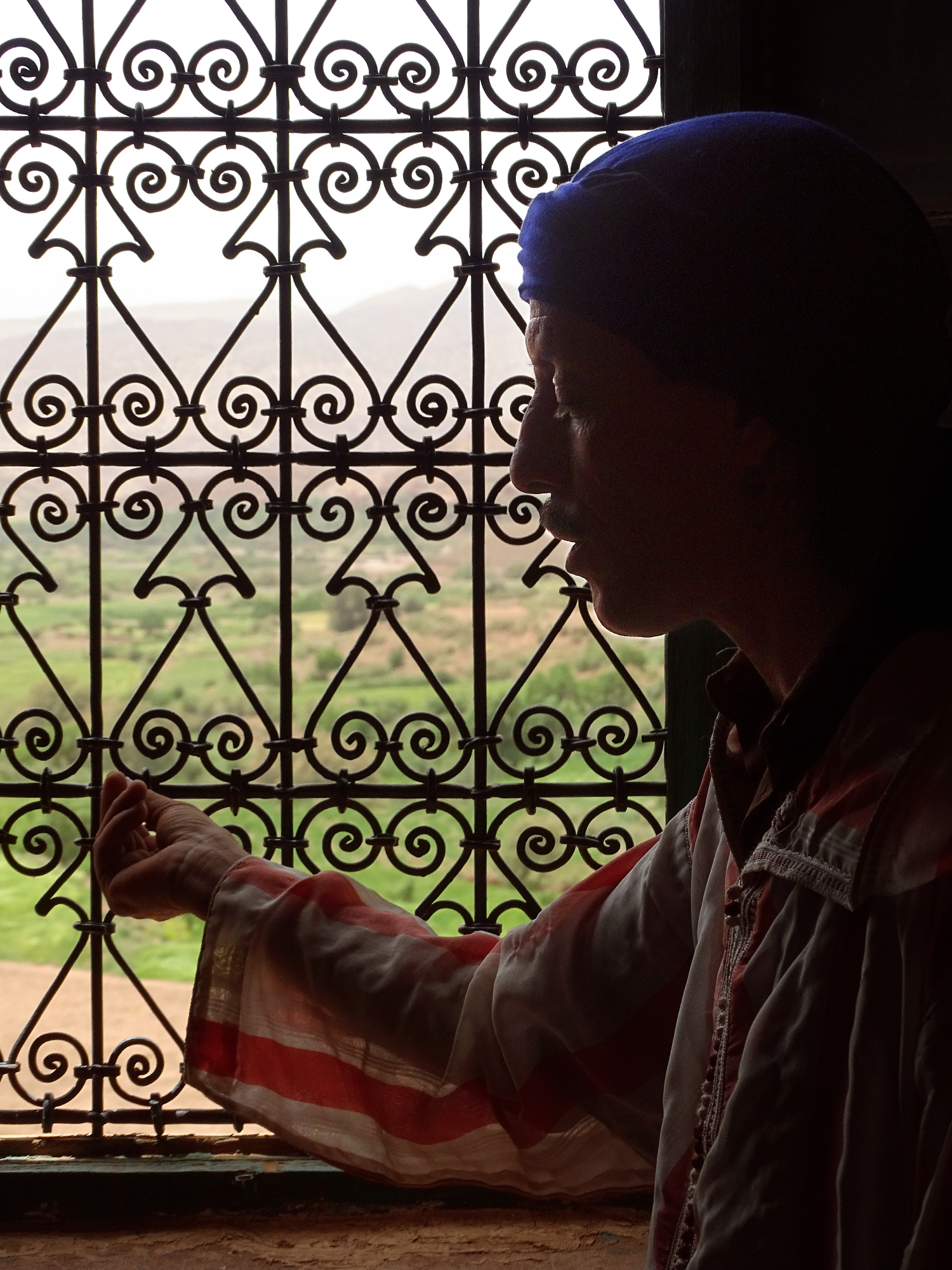

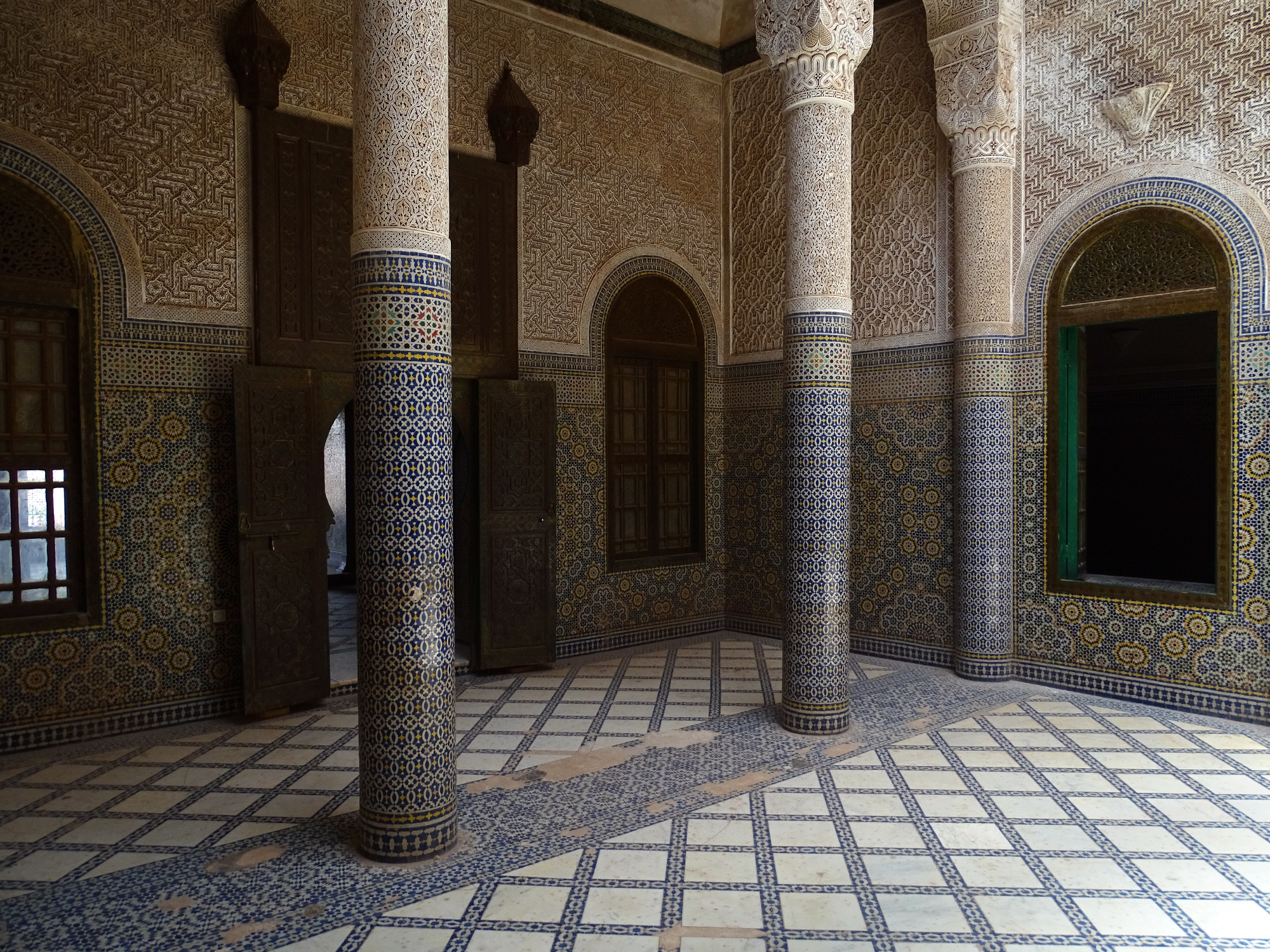
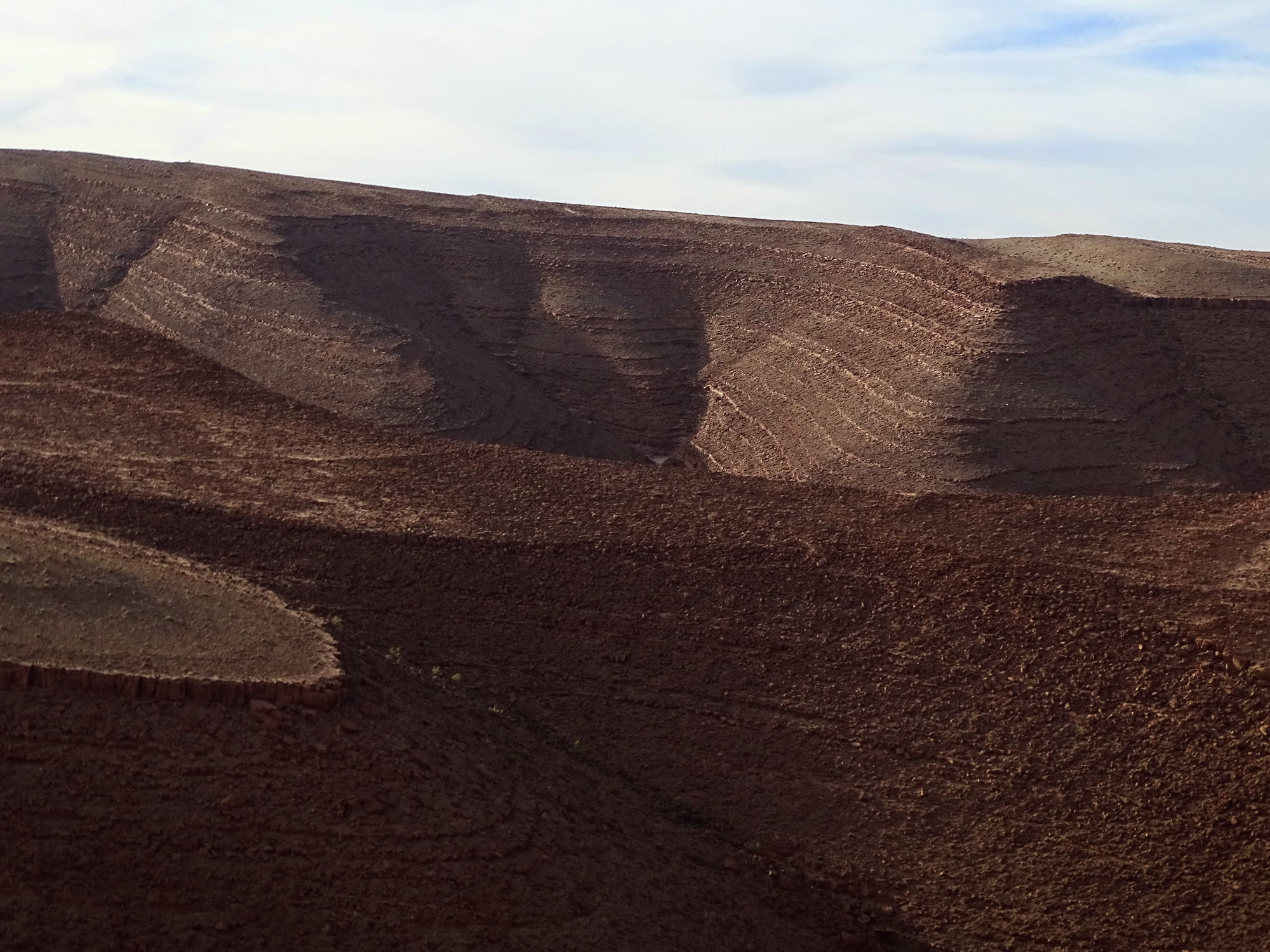
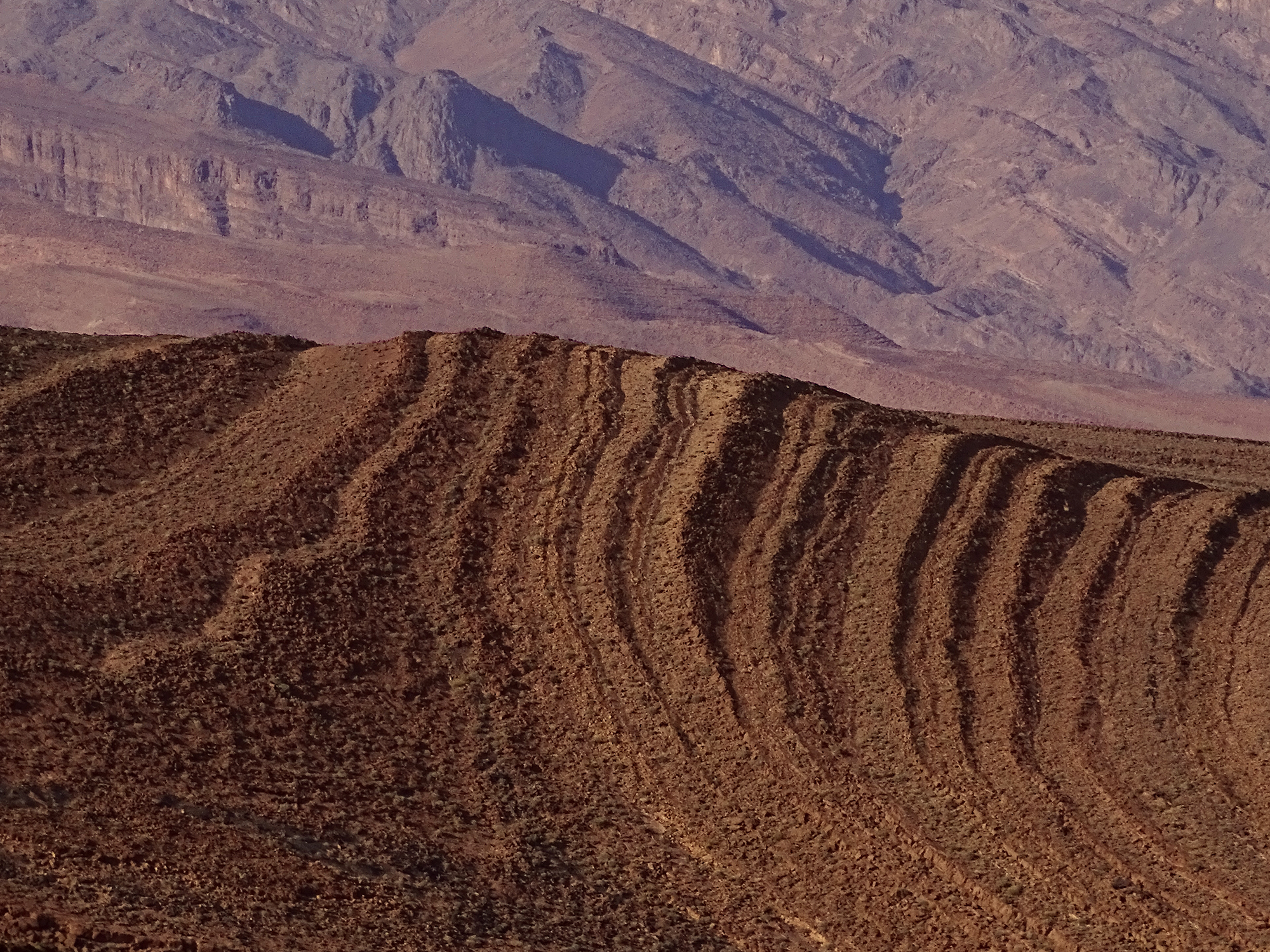
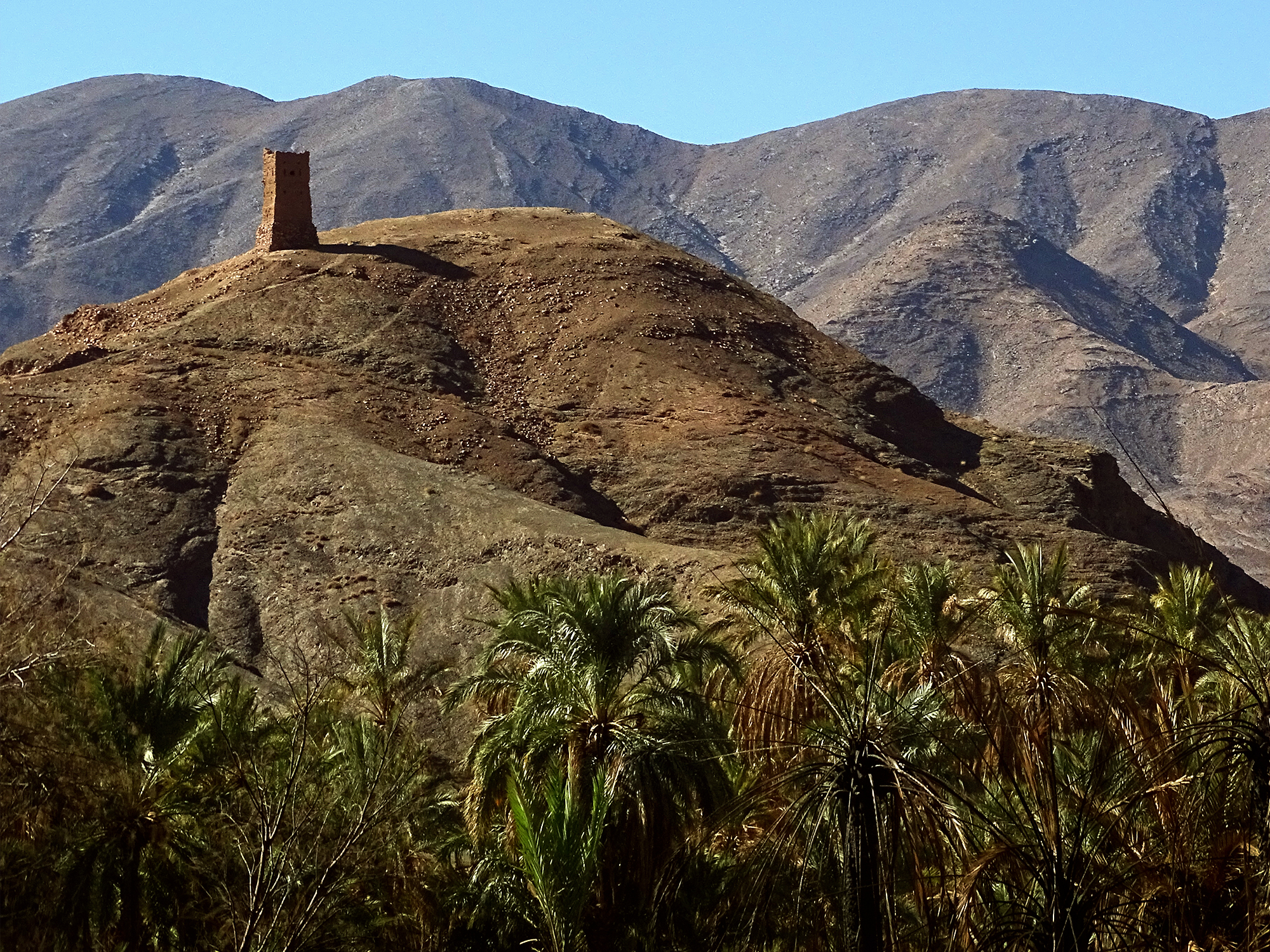
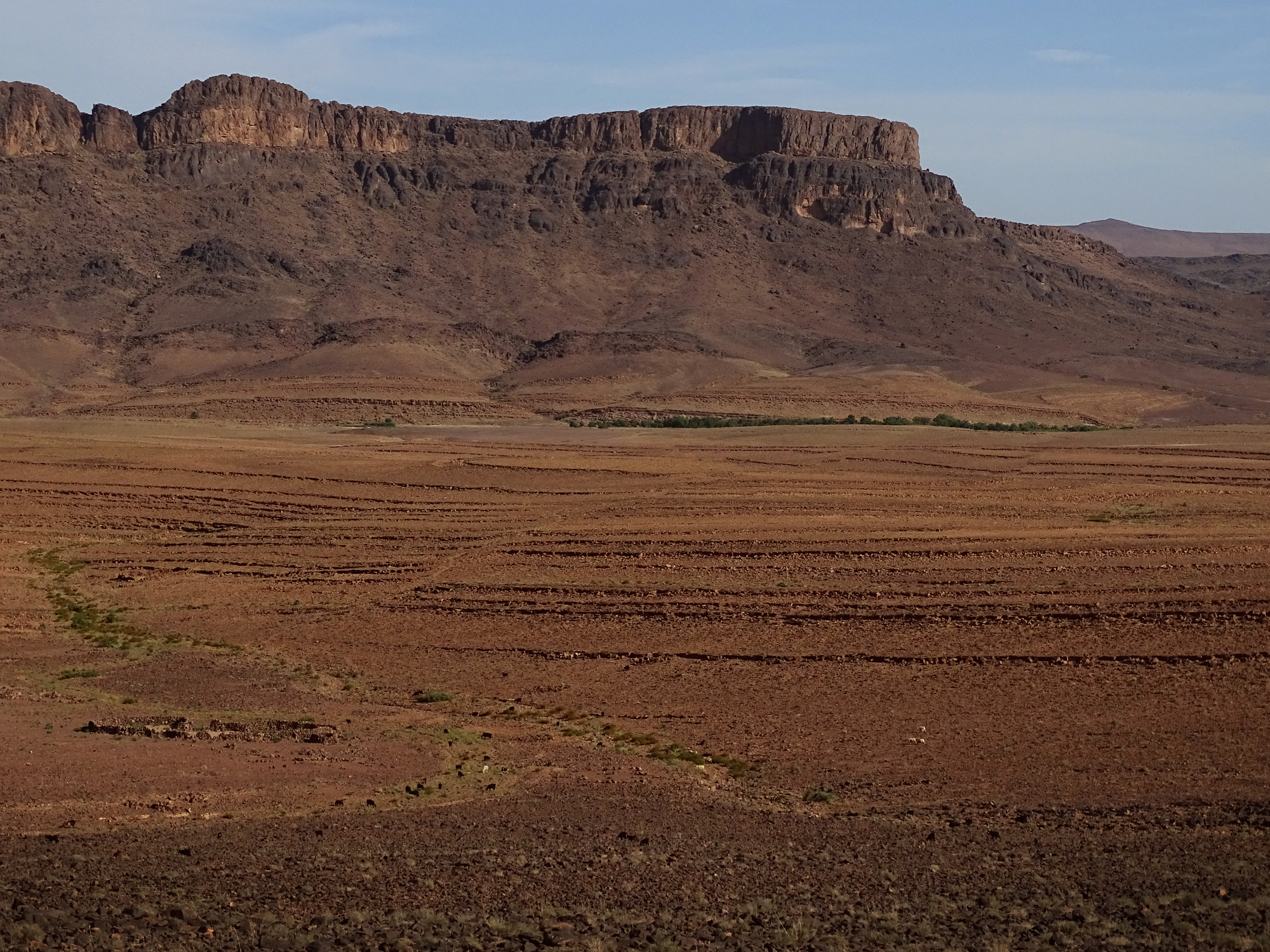
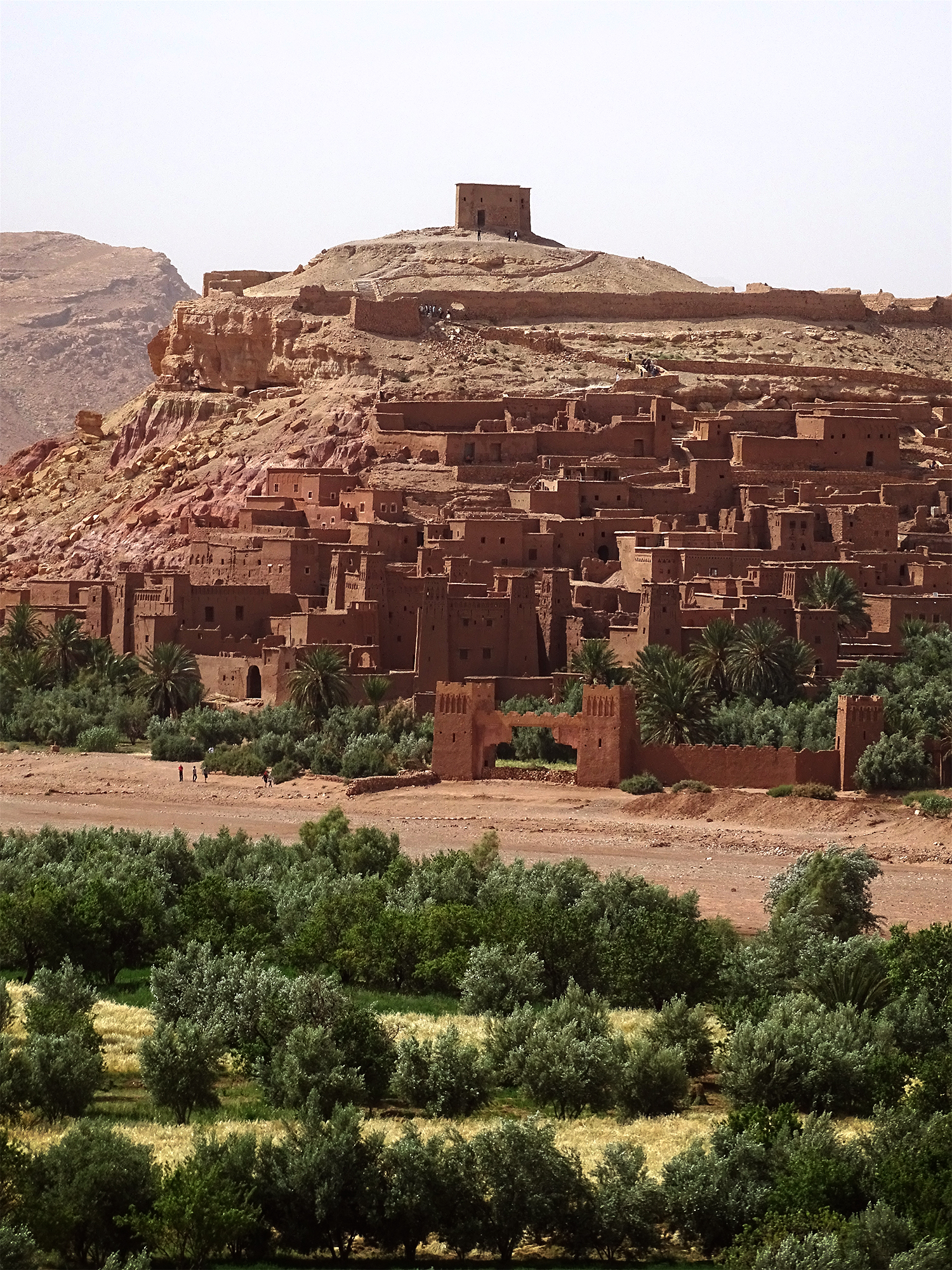
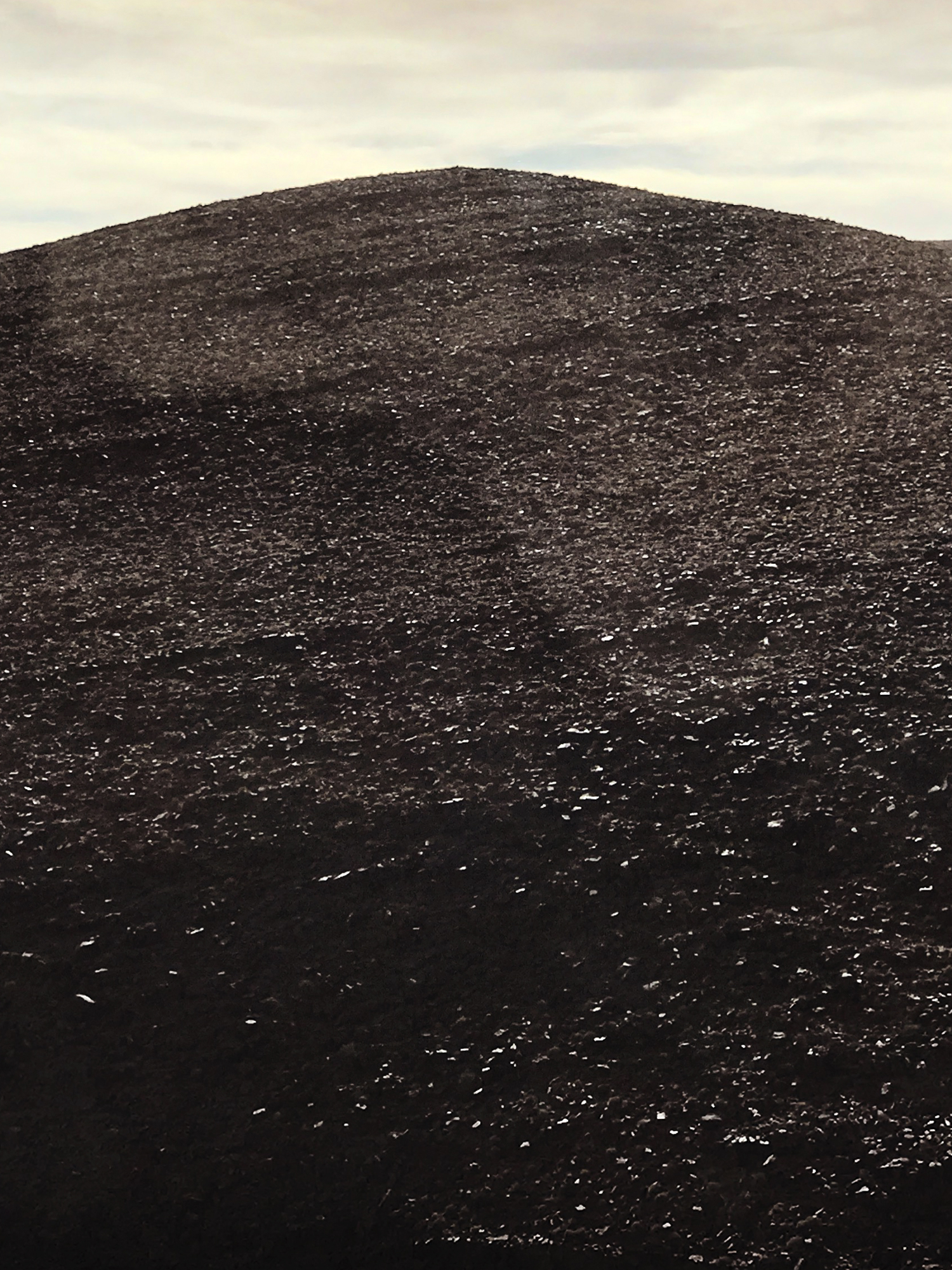
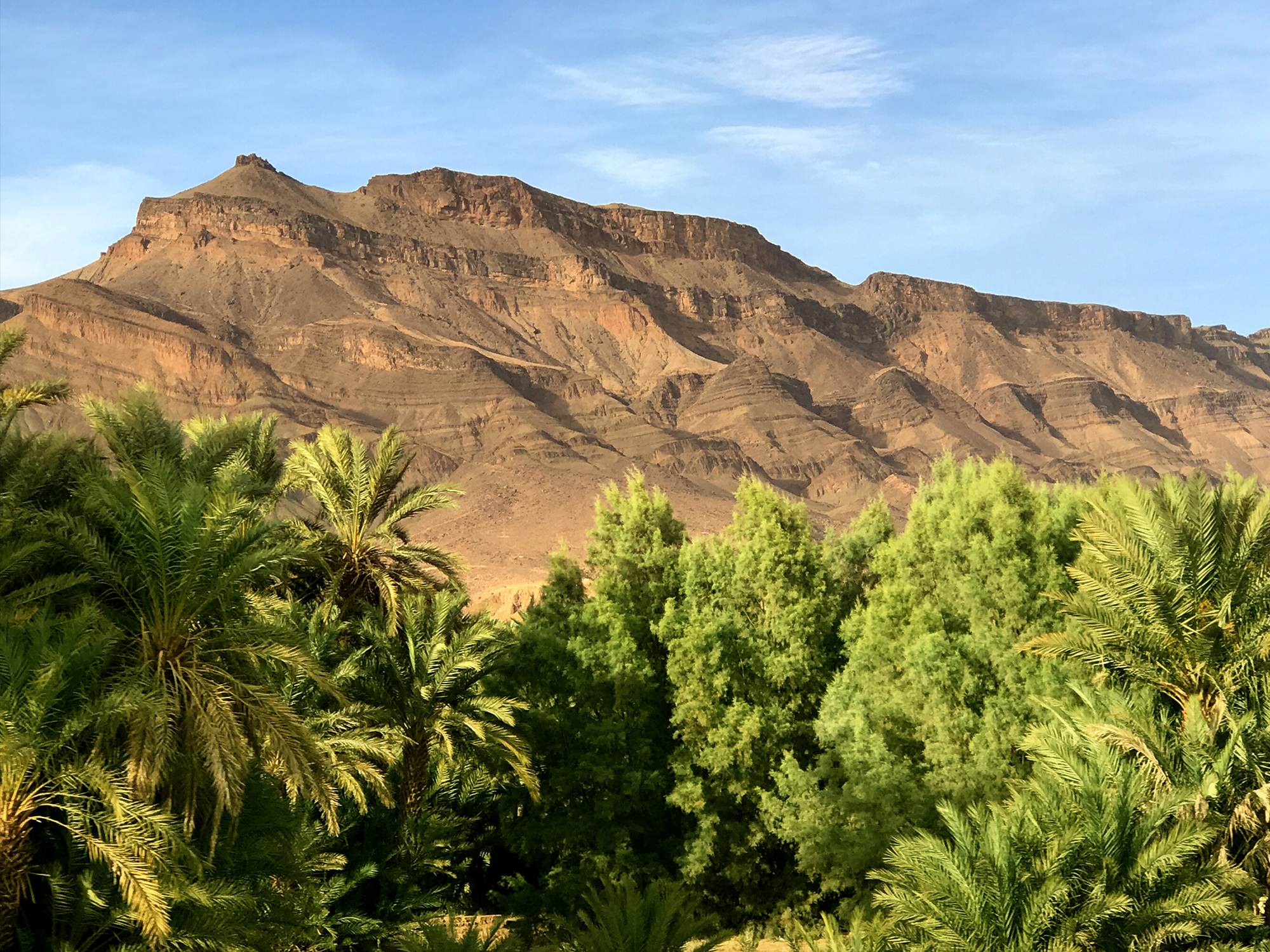
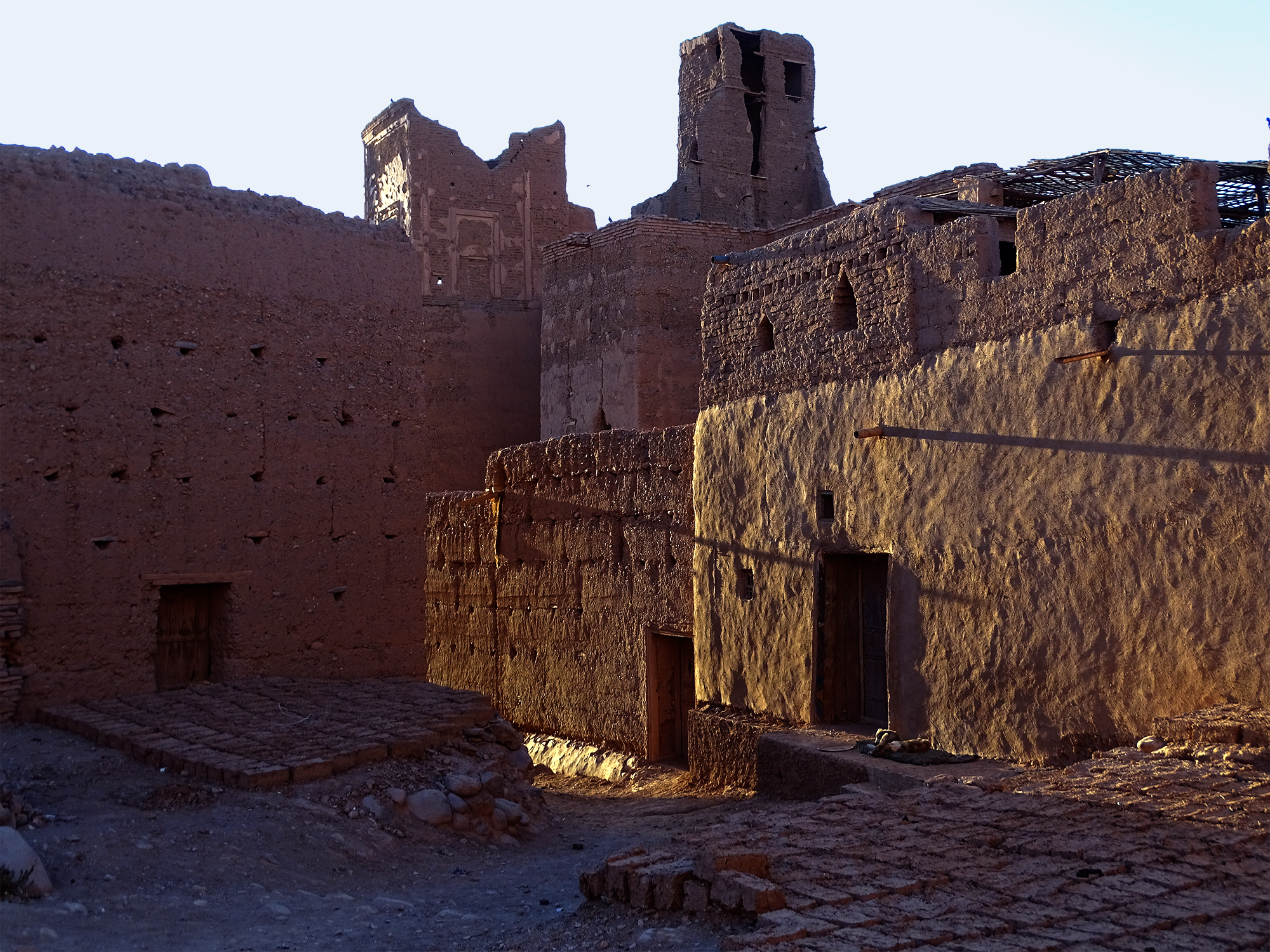

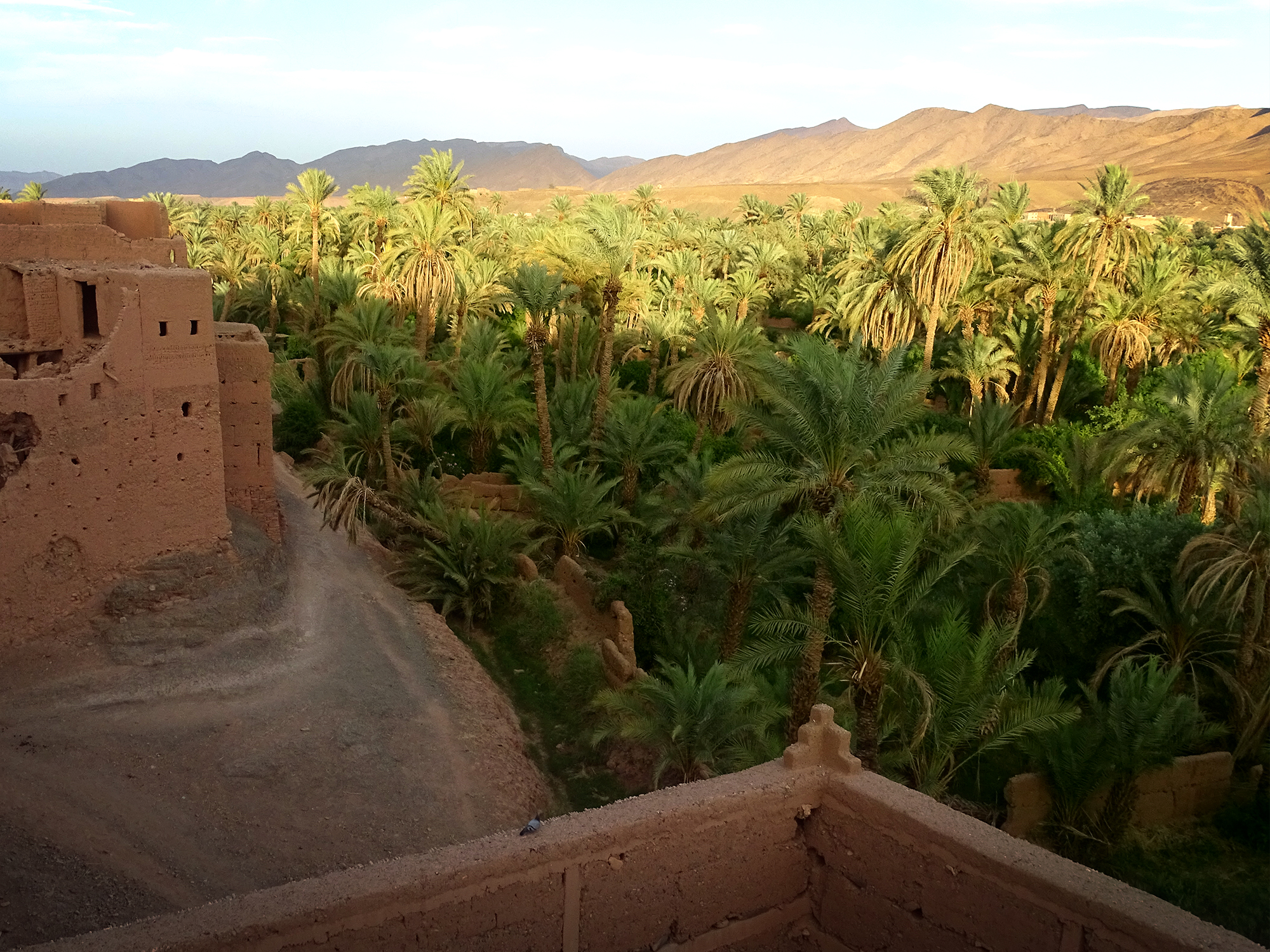
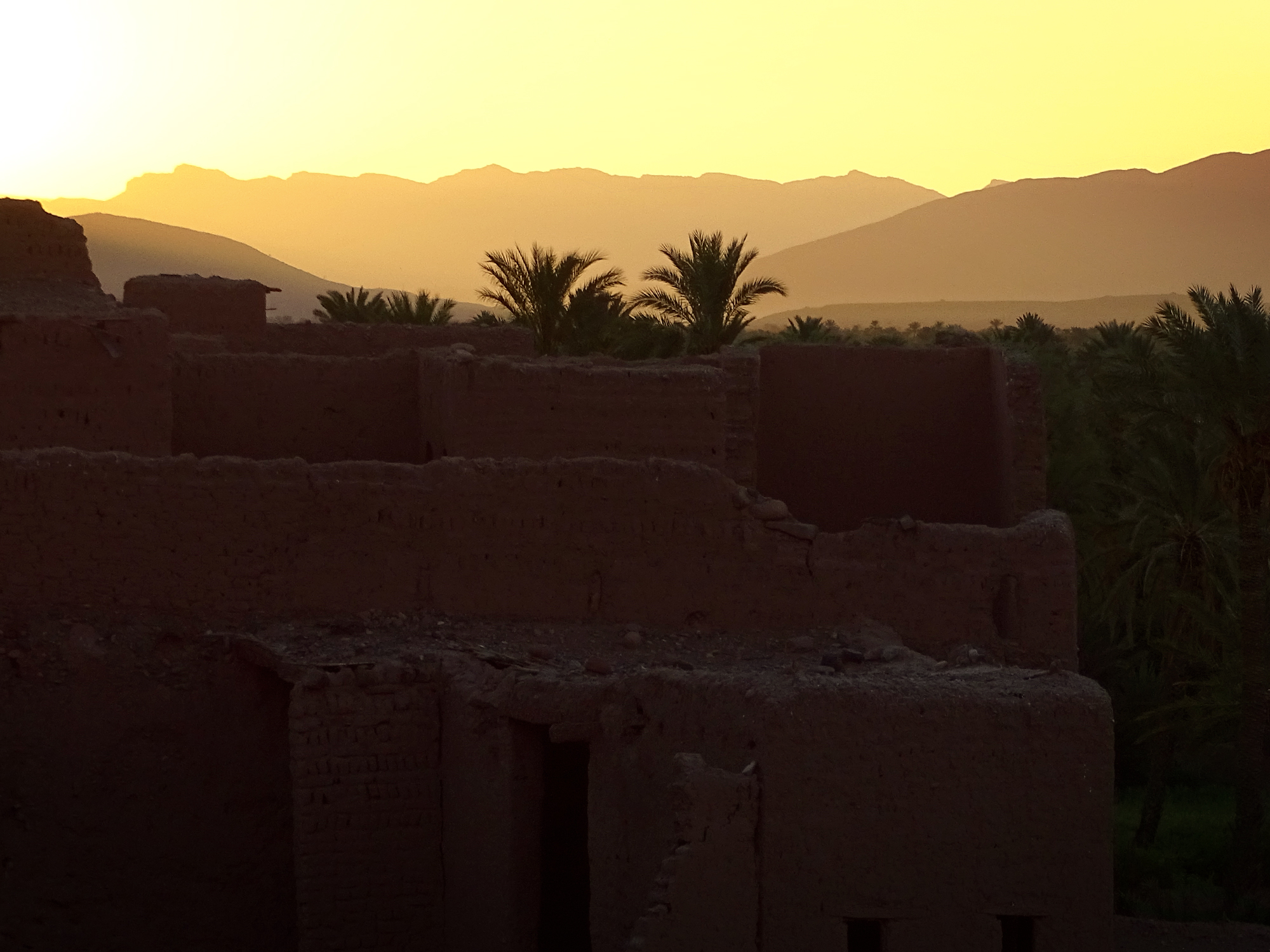
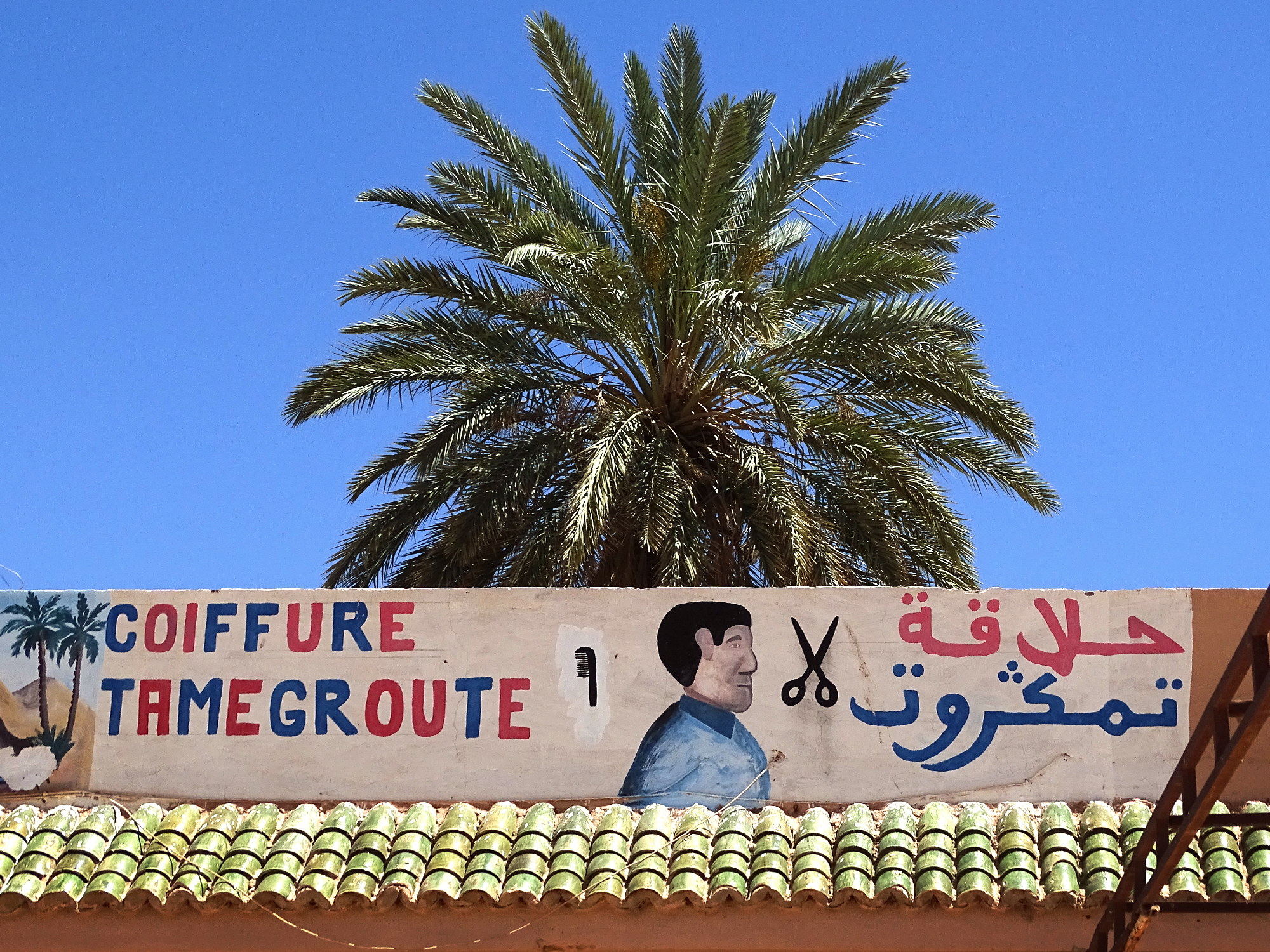
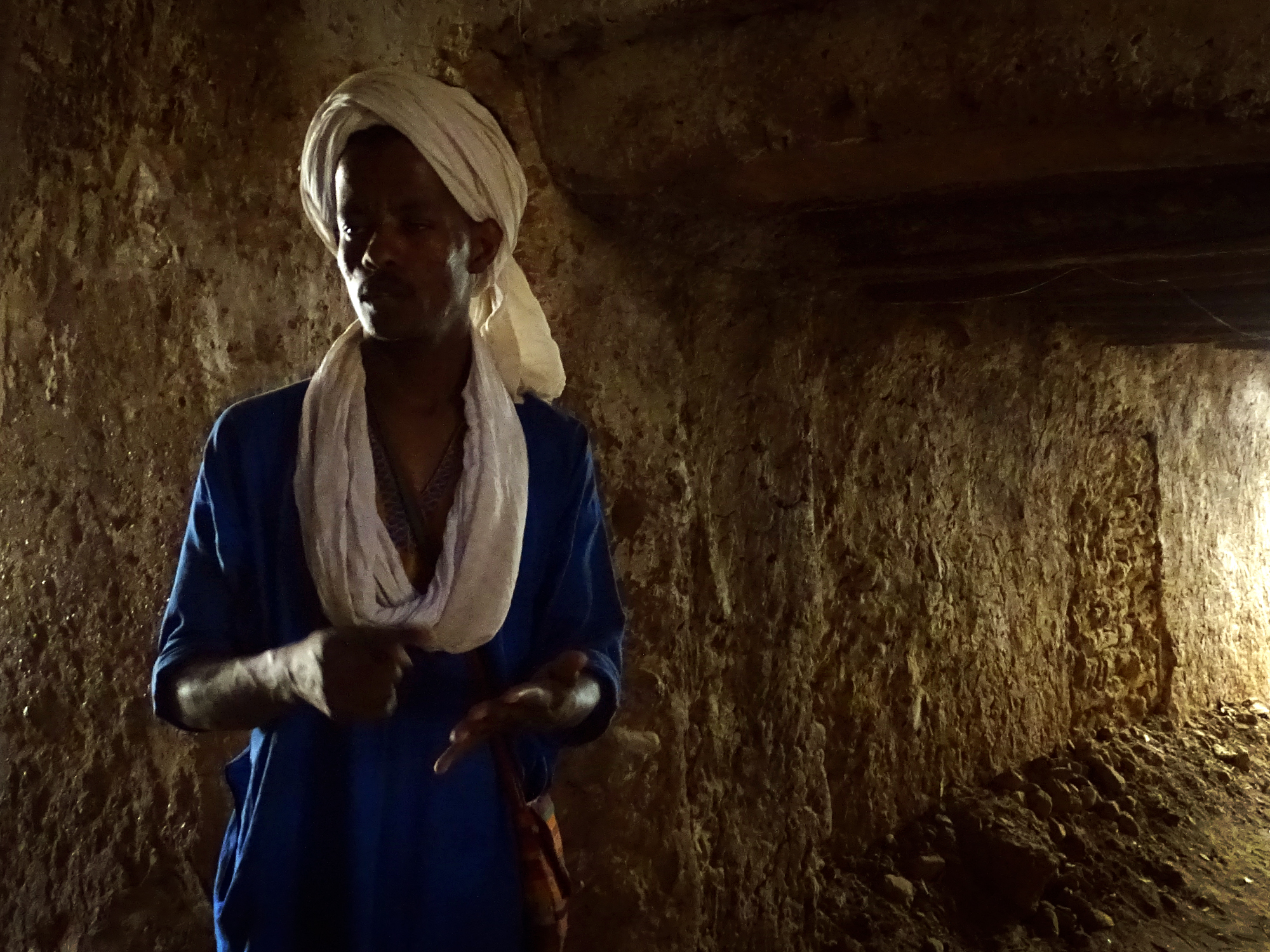
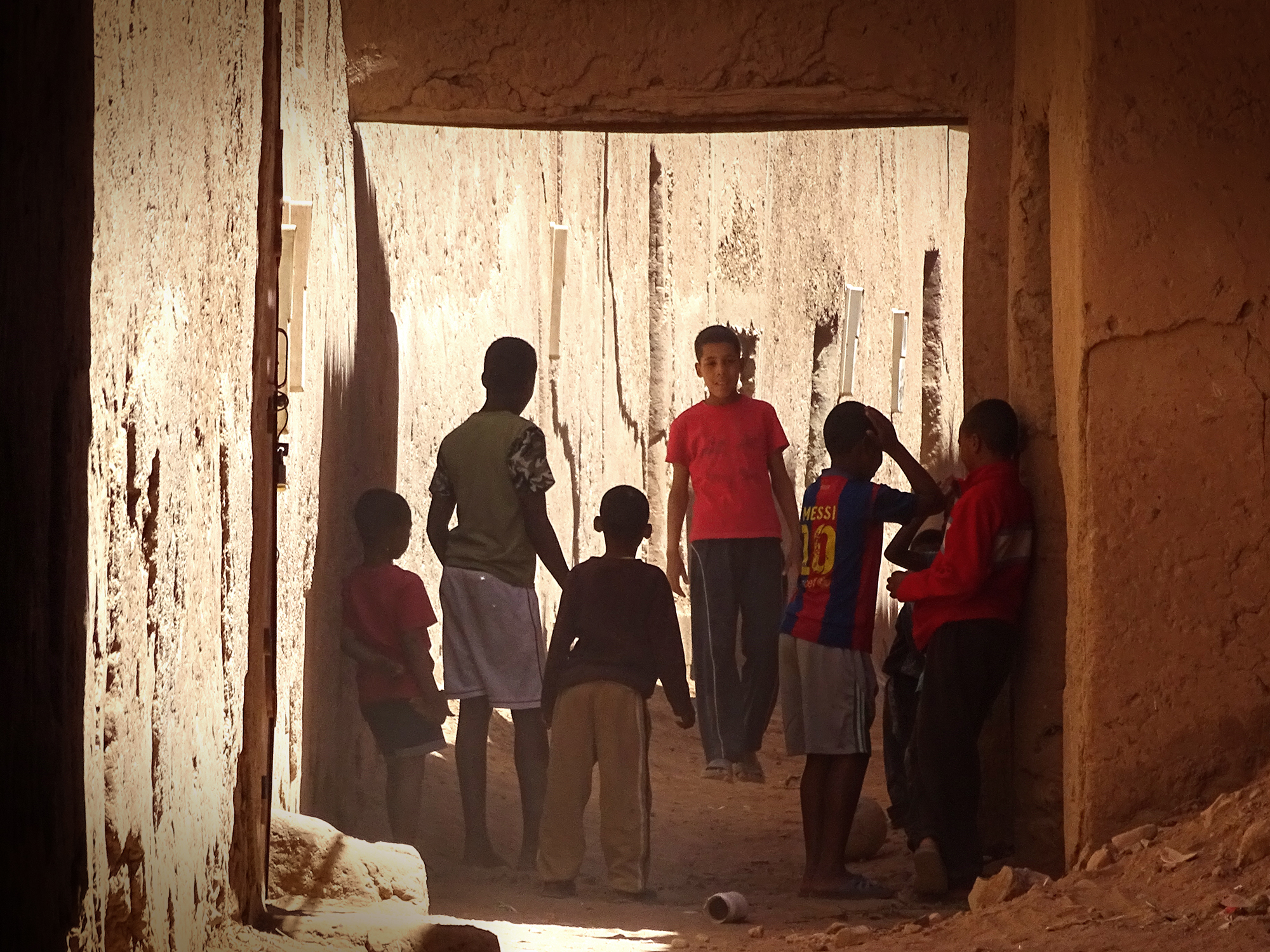
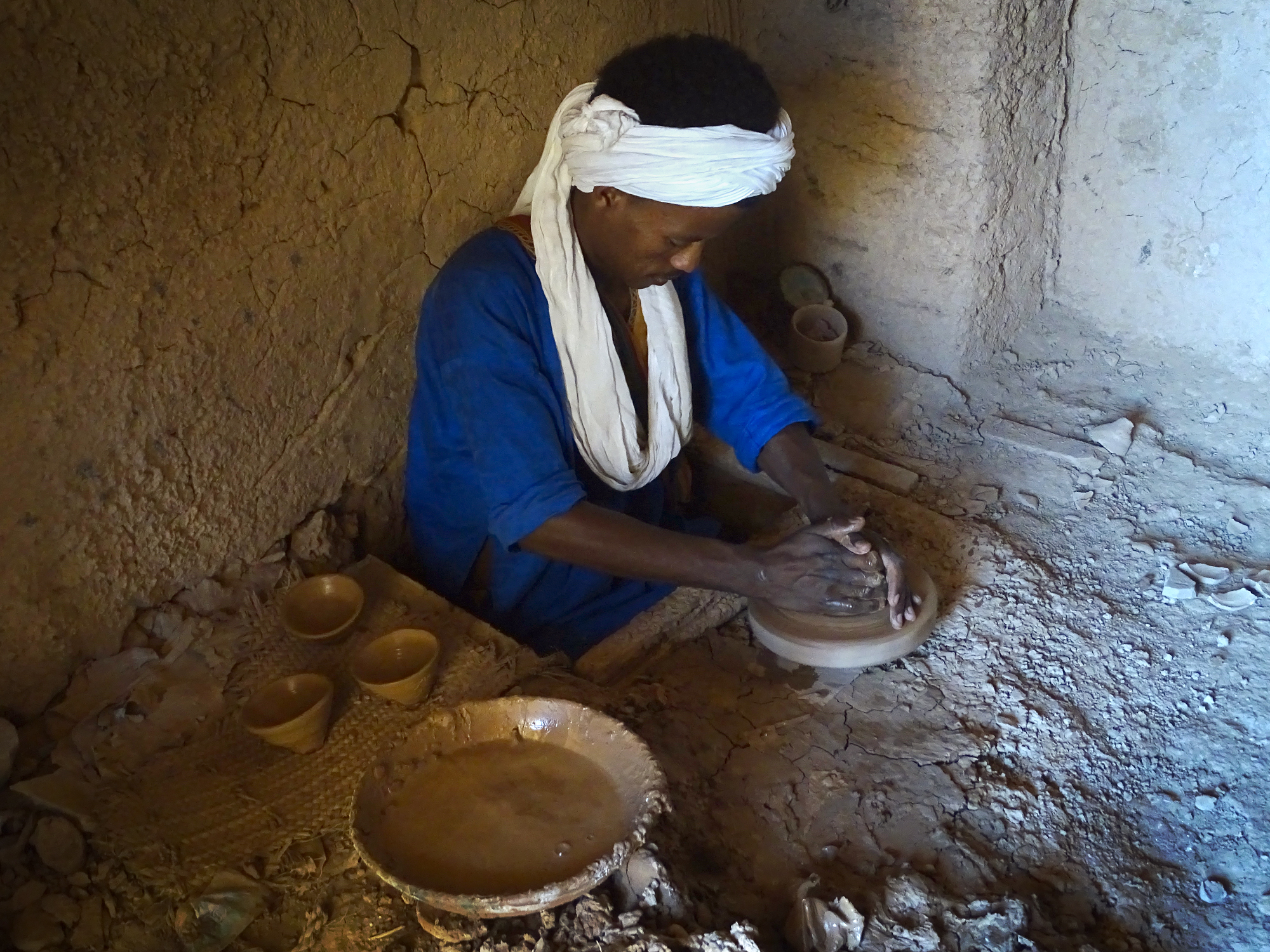
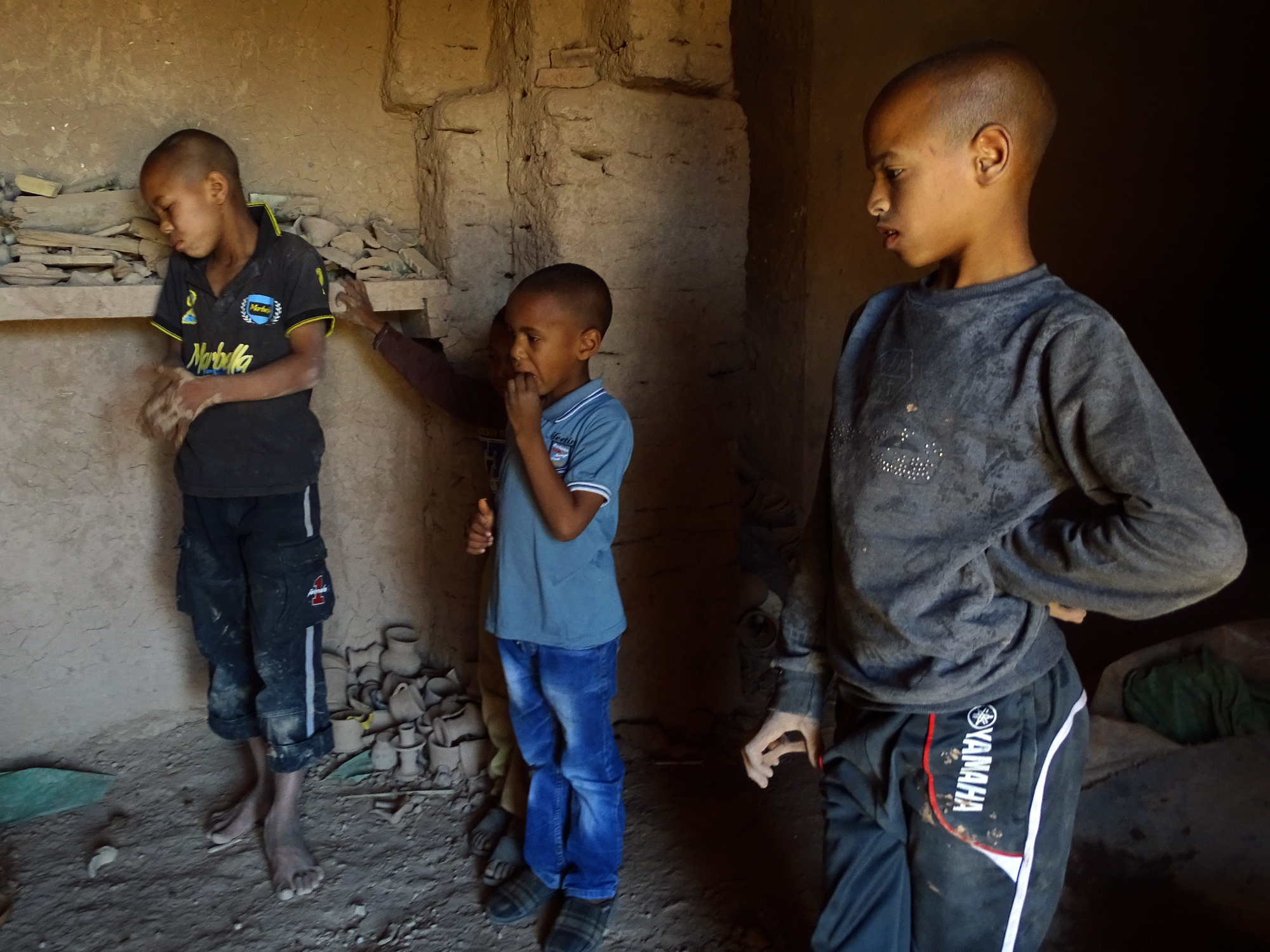
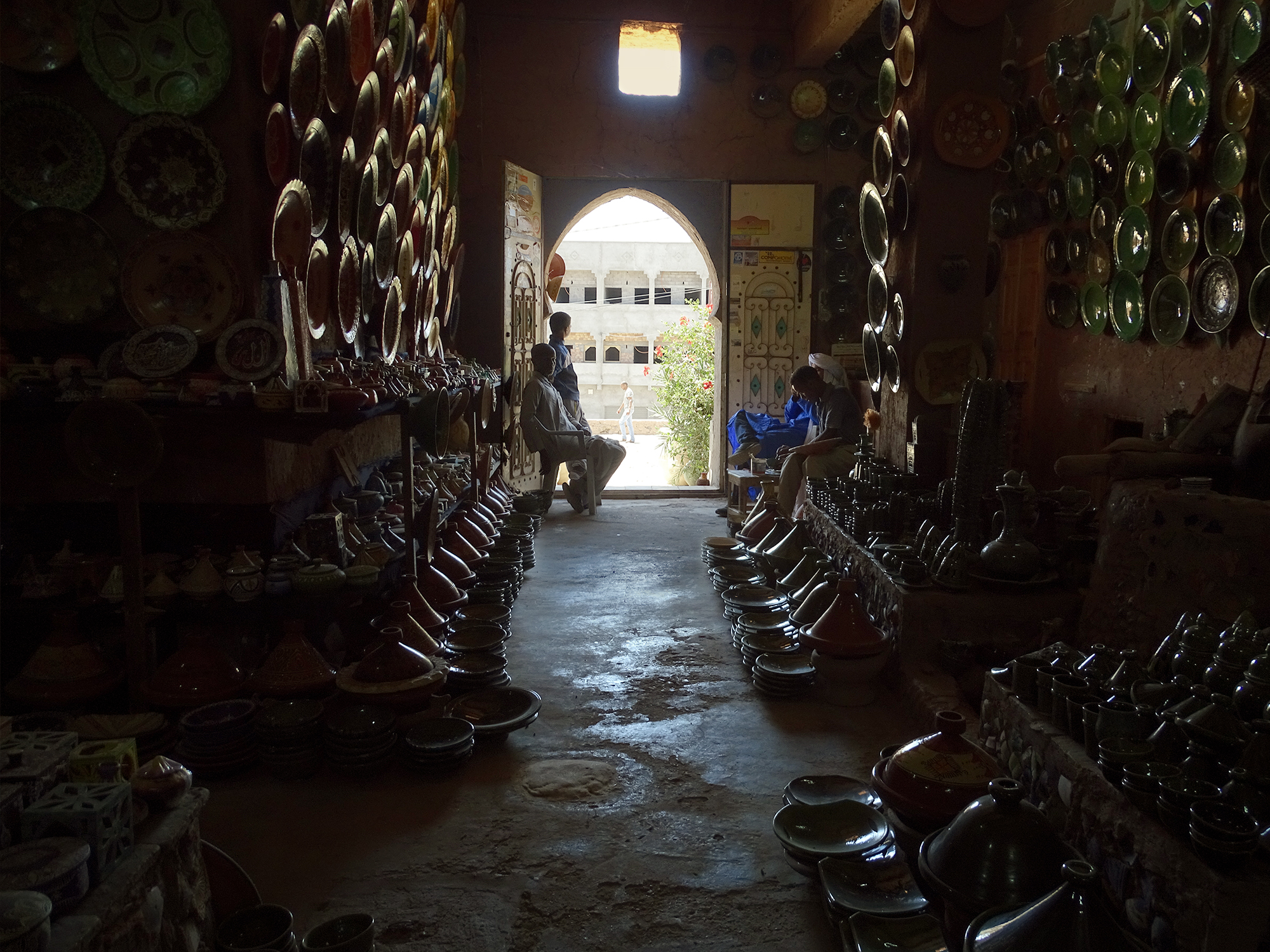
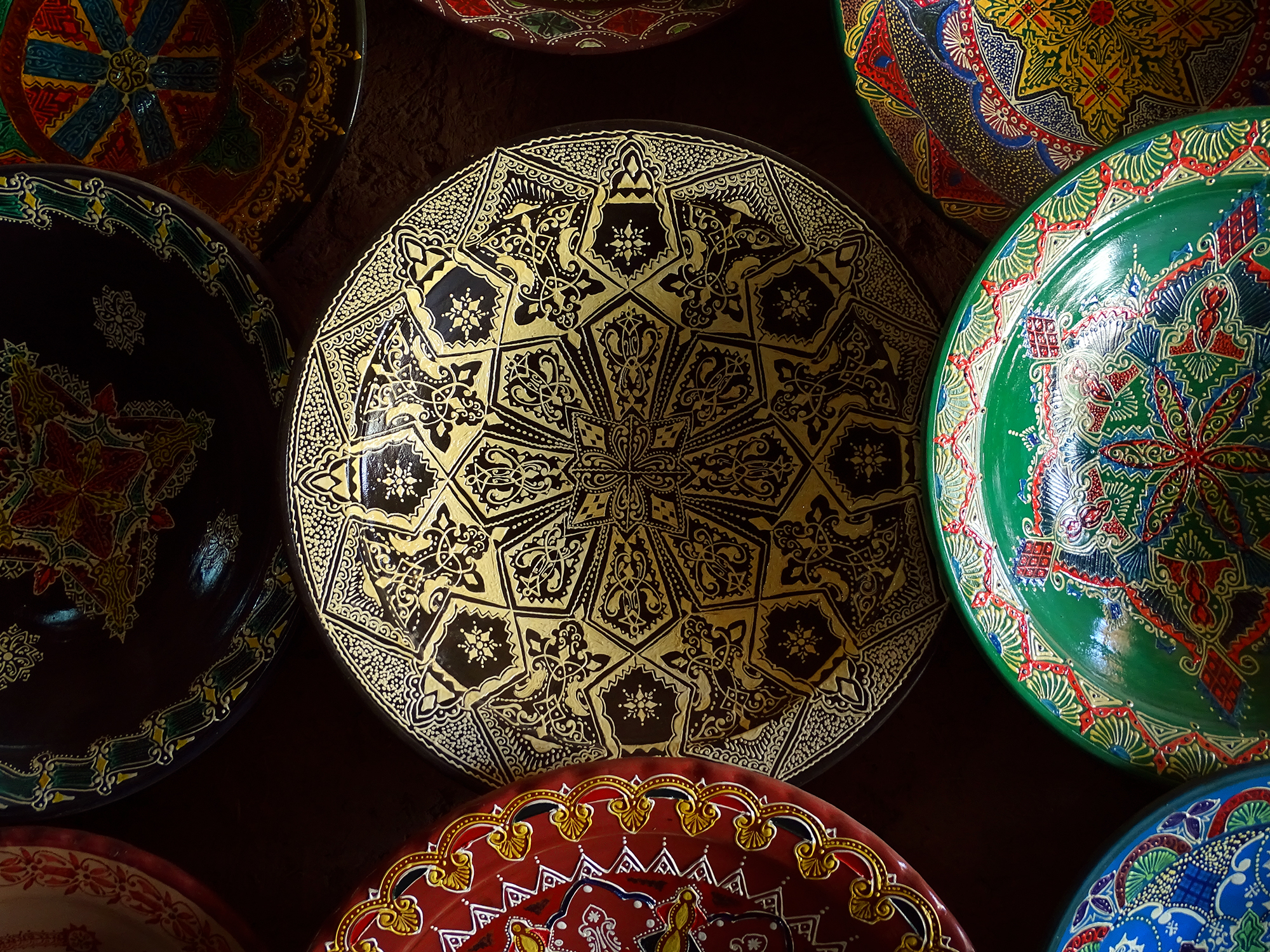
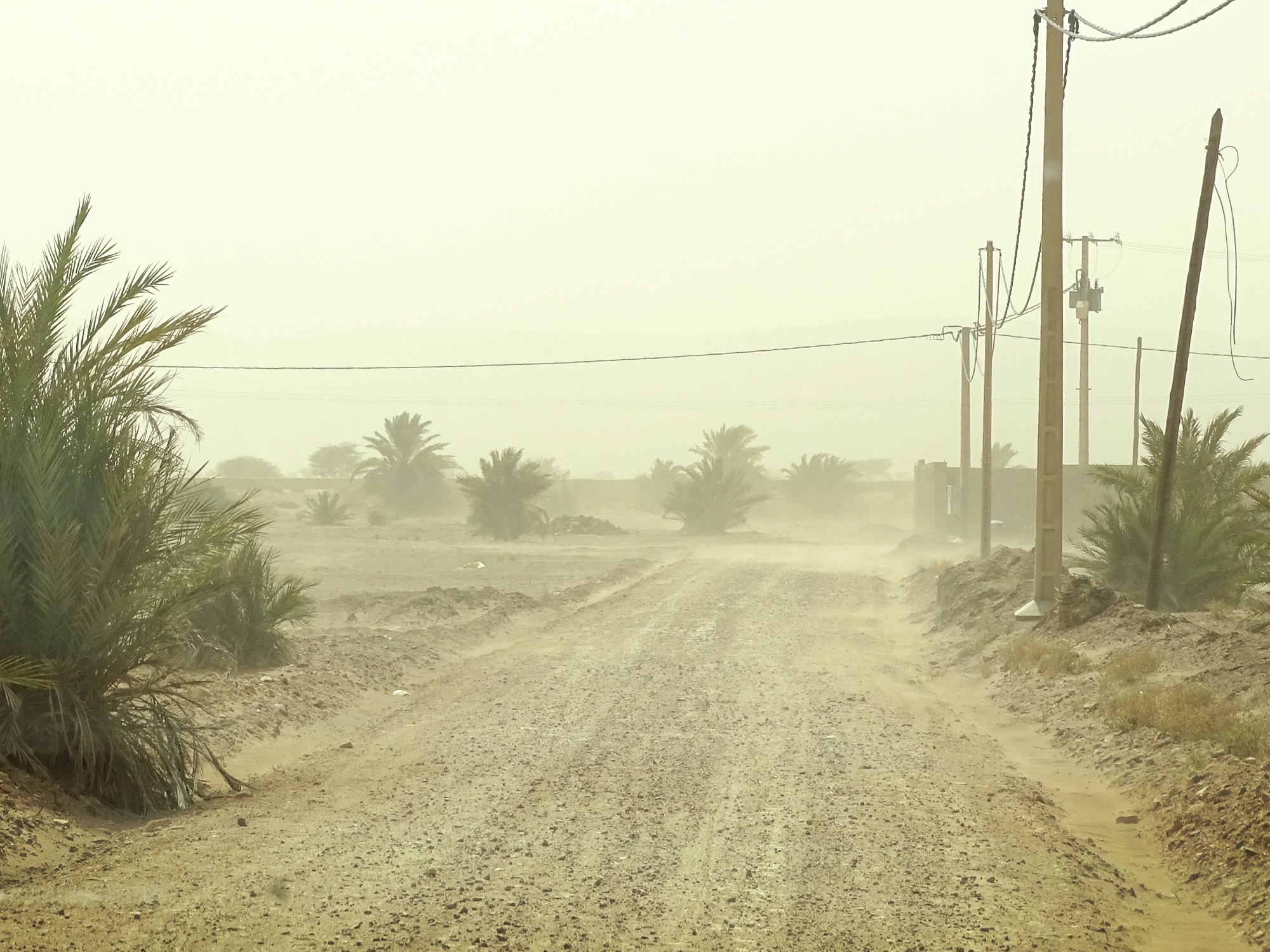
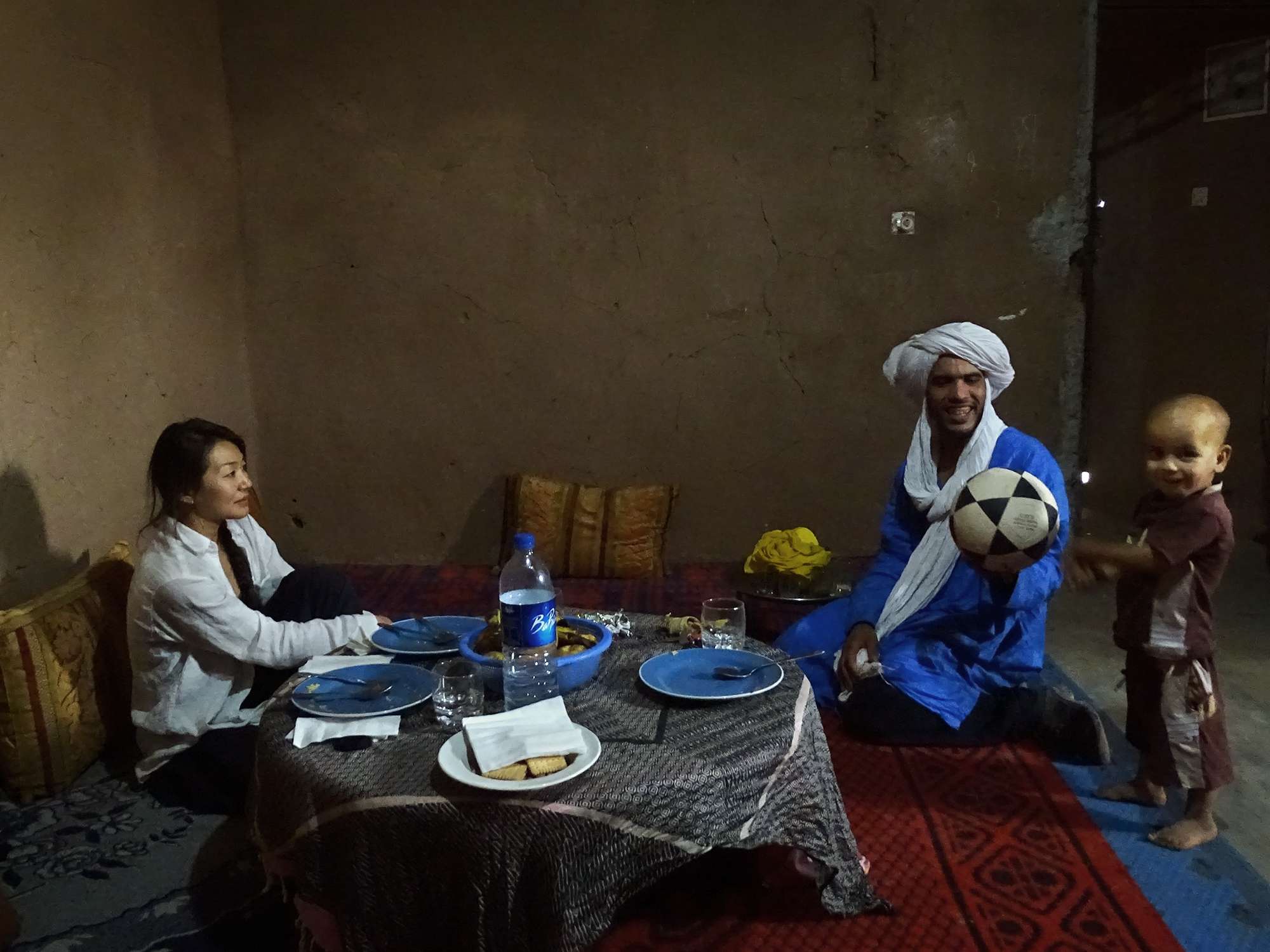
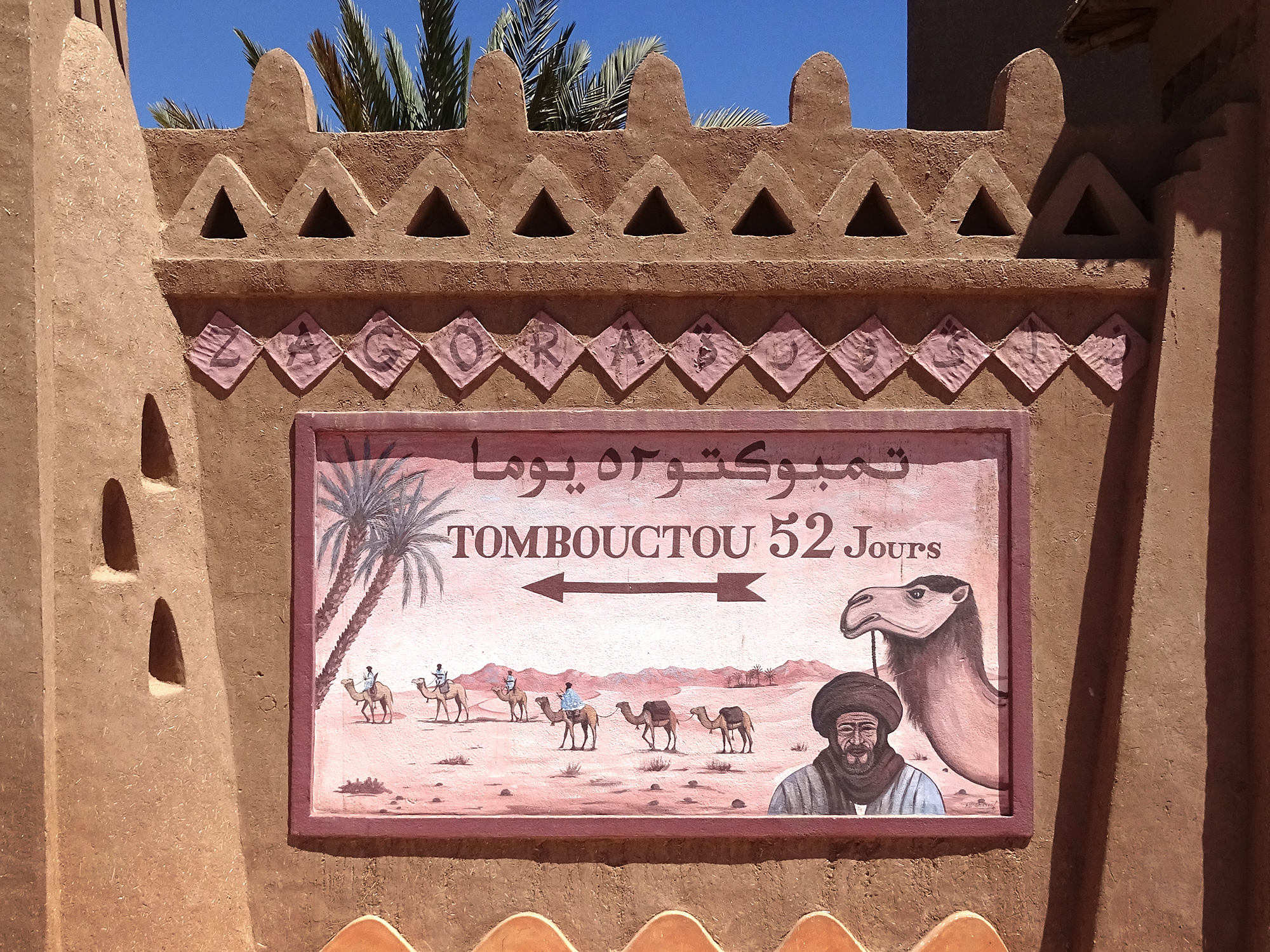

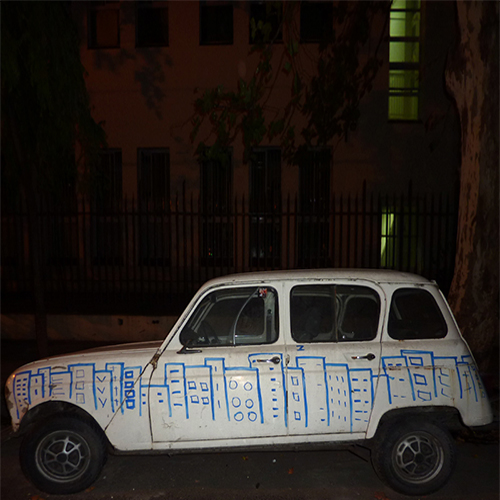
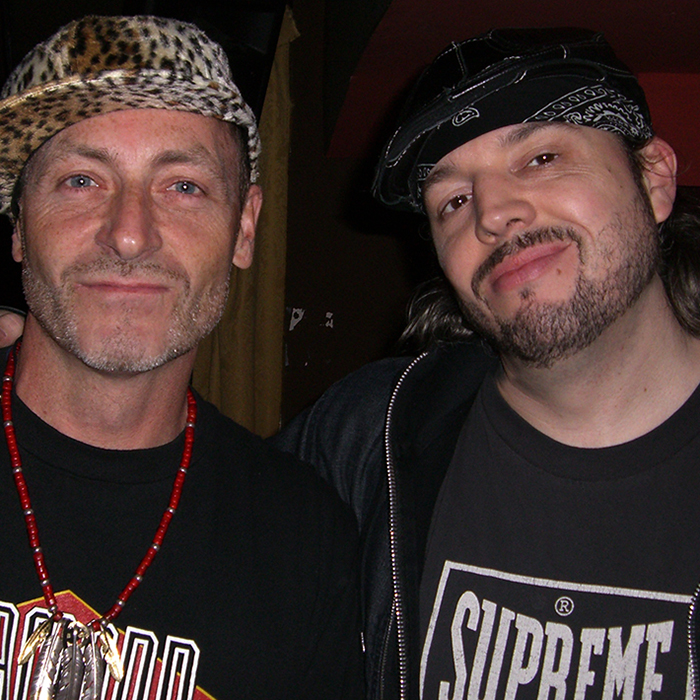
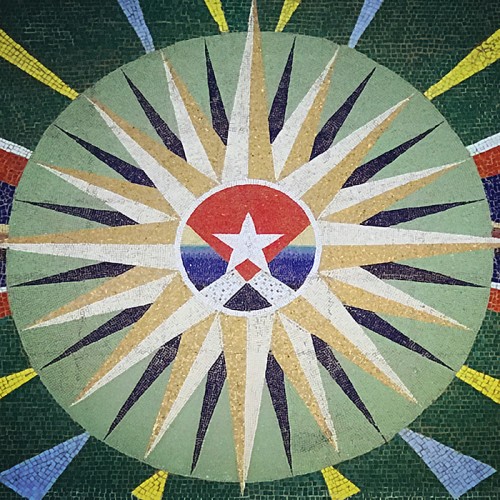
Pingback : Julian Bevan » HONEYMOON OVER MOROCCO PT. 2 - Julian Bevan